Eleusis _ 2018 – 2022
Archaeological site of Eleusis
The settlement of Eleusis was founded in ca. 2000 B.C. on the slopes of the hill,
and during the Mycenaean period it developed into a large fortified settlement,
mostly due to its strategic position. During this period the cult of Demeter
was introduced, as the worship of a deity connected to nature
and the growing of cereals. The continuity of Demeter’s cult is attested
until Roman times, by the erection of successive temples on the east side
of the hill.
In the 8th century B.C. the sanctuary aquired a panhellenic character,
and in the time of Solon, the Eleusinian Mysteries were established as one
of the most important Athenian festivals. During the tyranny of Peisitratos
the sanctuary and the settlement were enclosed with a massive fortification
wall reinforced with towers. Splendid buildings were erected during
the Classical and Roman periods, but with the spread of Christianity
and especially after the invasion of the Ostrogoths, the sanctuary was abandoned.
The systematic excavations of the Eleusinian sanctuary started at the end
of the 19th century and continued in the beginning of the 20th century,
by the Athens Archaeological Society, under the direction of the archaeologists
and Ephors of Antiquities, D. Philias (1882-1892) and A. Skias (1894-1907).
Between 1917 and 1930 excavations were conducted by K. Kourouniotes,
Ephor of Antiquities, and later, from the 1930’s until the 1960’s,
the investigation of the site was continued and completed by K. Kourouniotes,
G. Mylonas, and J. Travlos.
Archaeological Museum of Eleusis
The Archeological Museum of Eleusis is a museum in Eleusis, Attica, Greece.
The museum is located inside the archaeological site of Eleusis. Built in 1890,
by the plans of the German architect Kaverau, to keep the findings
of the excavations, and after two years (1892) was extended under the plans
of the Greek architect J. Mousis.
There is a collection of objects dating from the 5th century BC,
when the reputation of the temple was panhellenic, and the number
of believers who moved there in order to attend the ceremonies
of the Eleusinian mysteries had increased significantly.

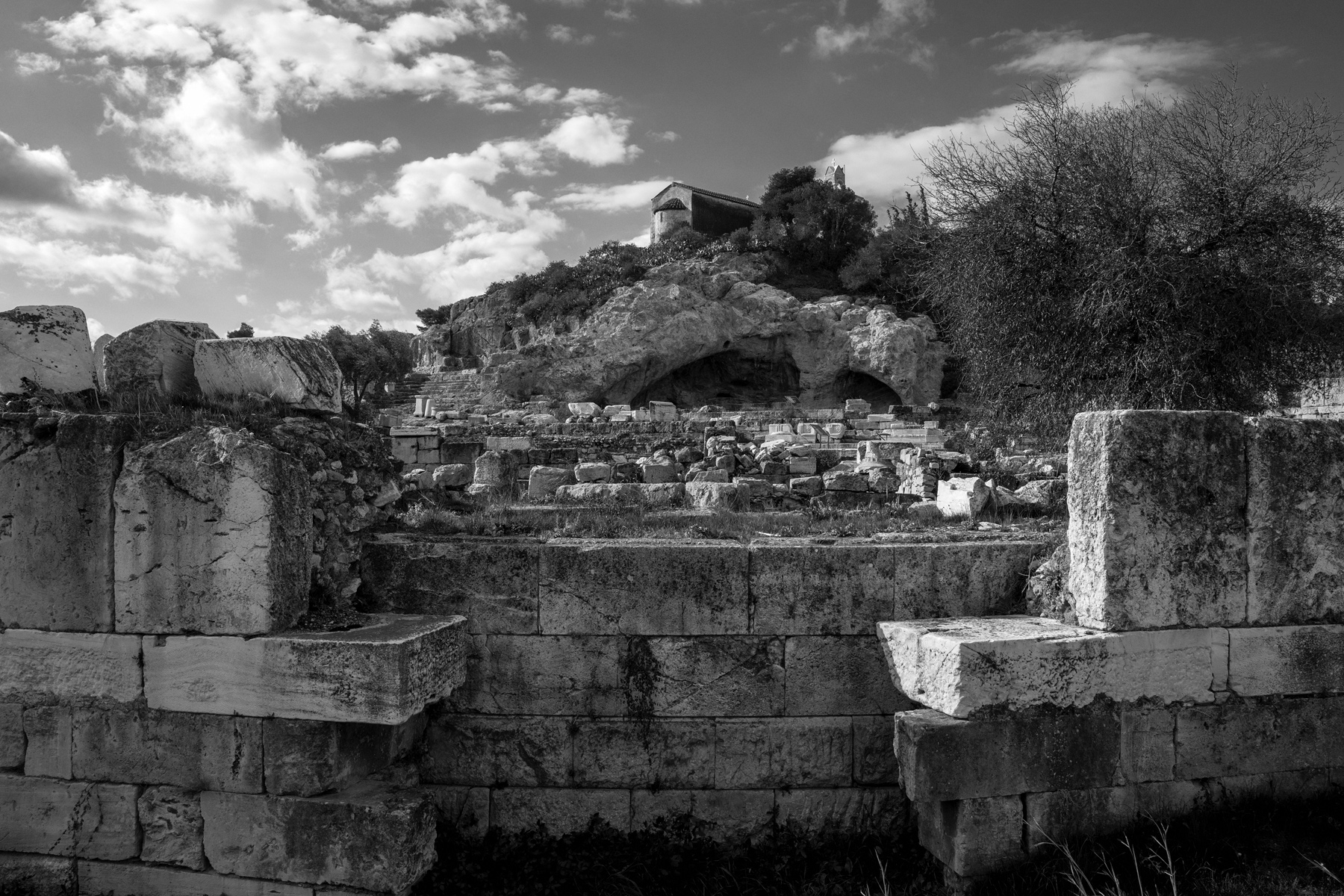 Eleusis _ 2018 - 2022 | 1/82
Eleusis _ 2018 - 2022 | 1/82  Eleusis _ 2018 - 2022 | 2/82
Eleusis _ 2018 - 2022 | 2/82 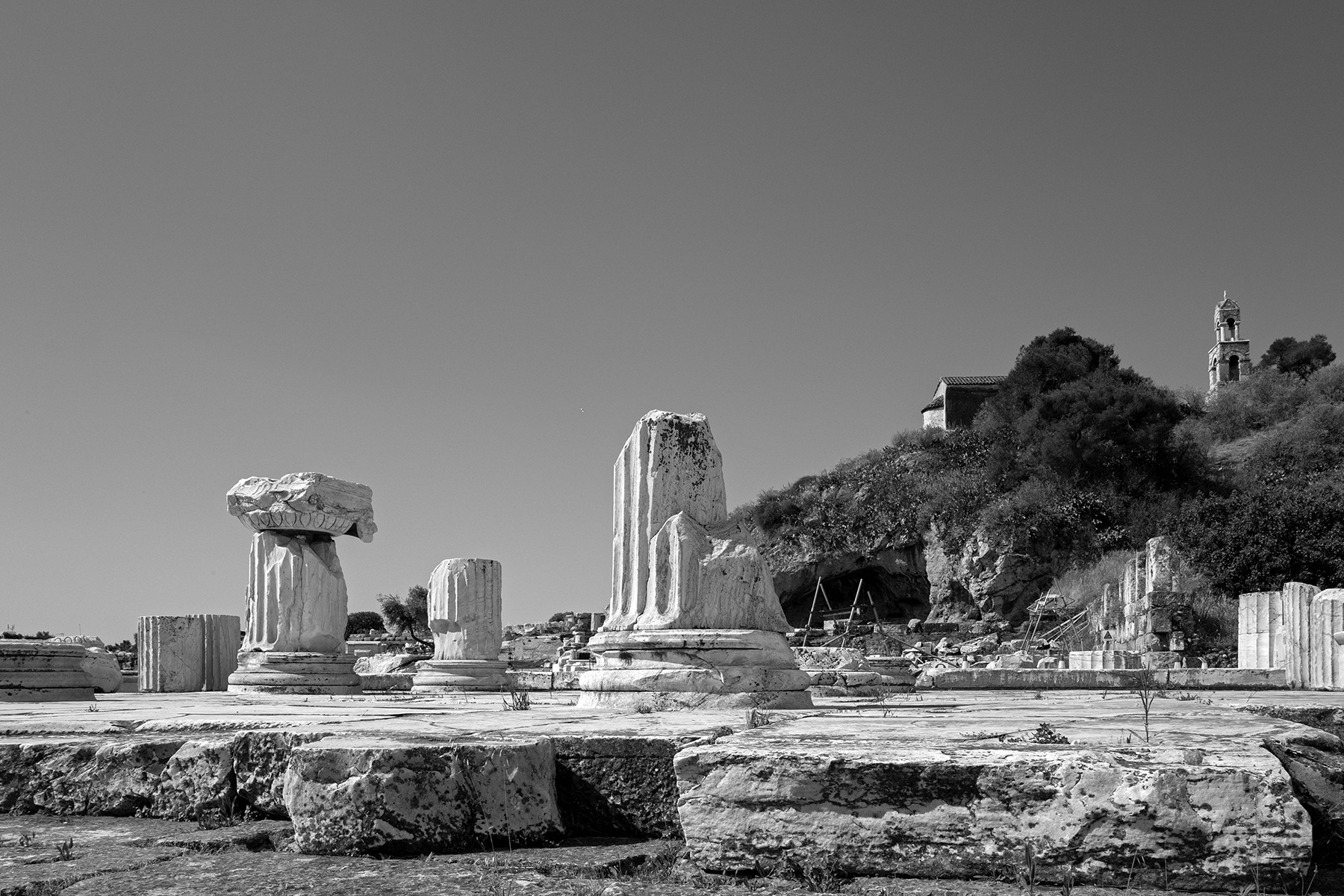 Eleusis _ 2018 - 2022 | 3/82
Eleusis _ 2018 - 2022 | 3/82 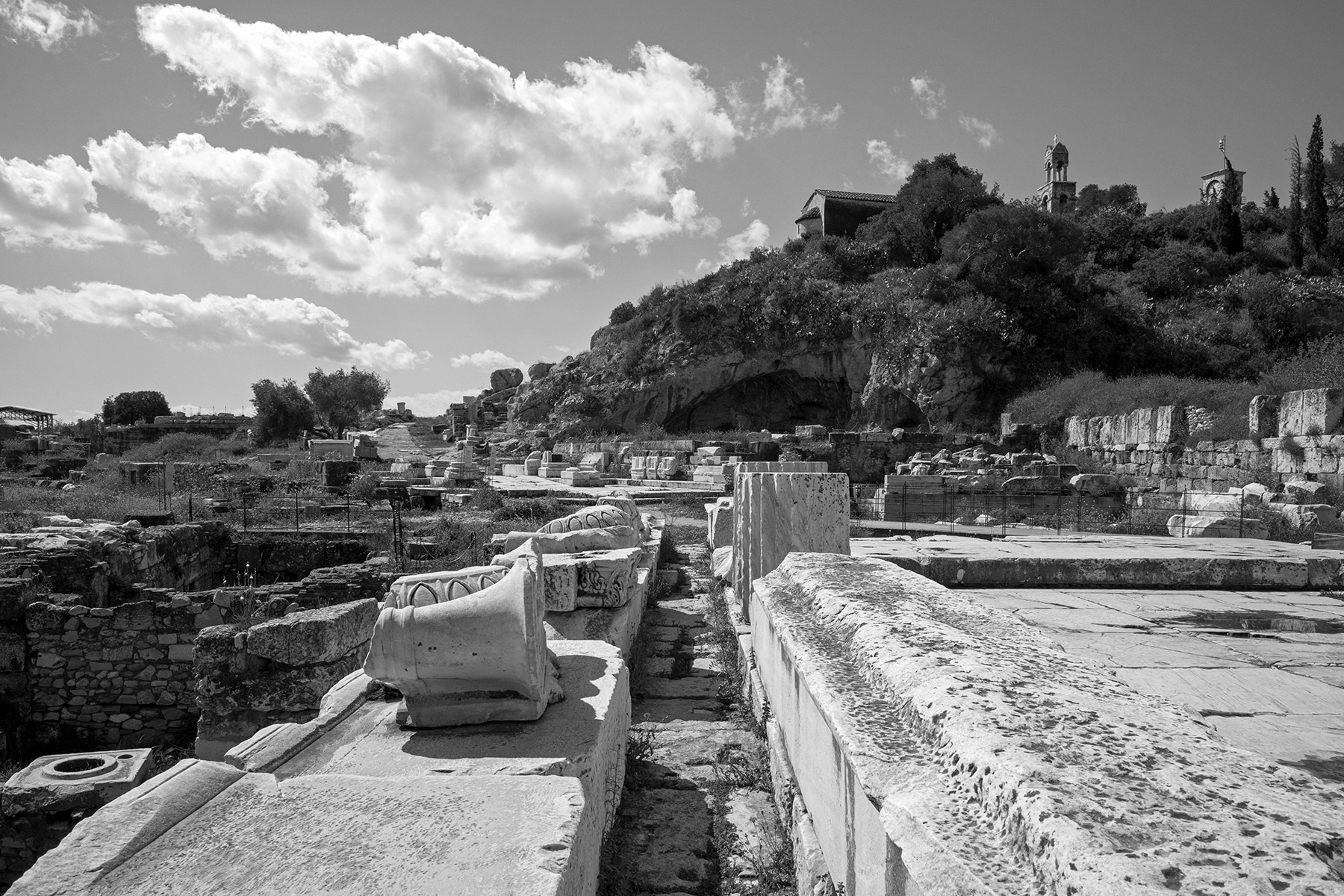 Eleusis _ 2018 - 2022 | 4/82
Eleusis _ 2018 - 2022 | 4/82 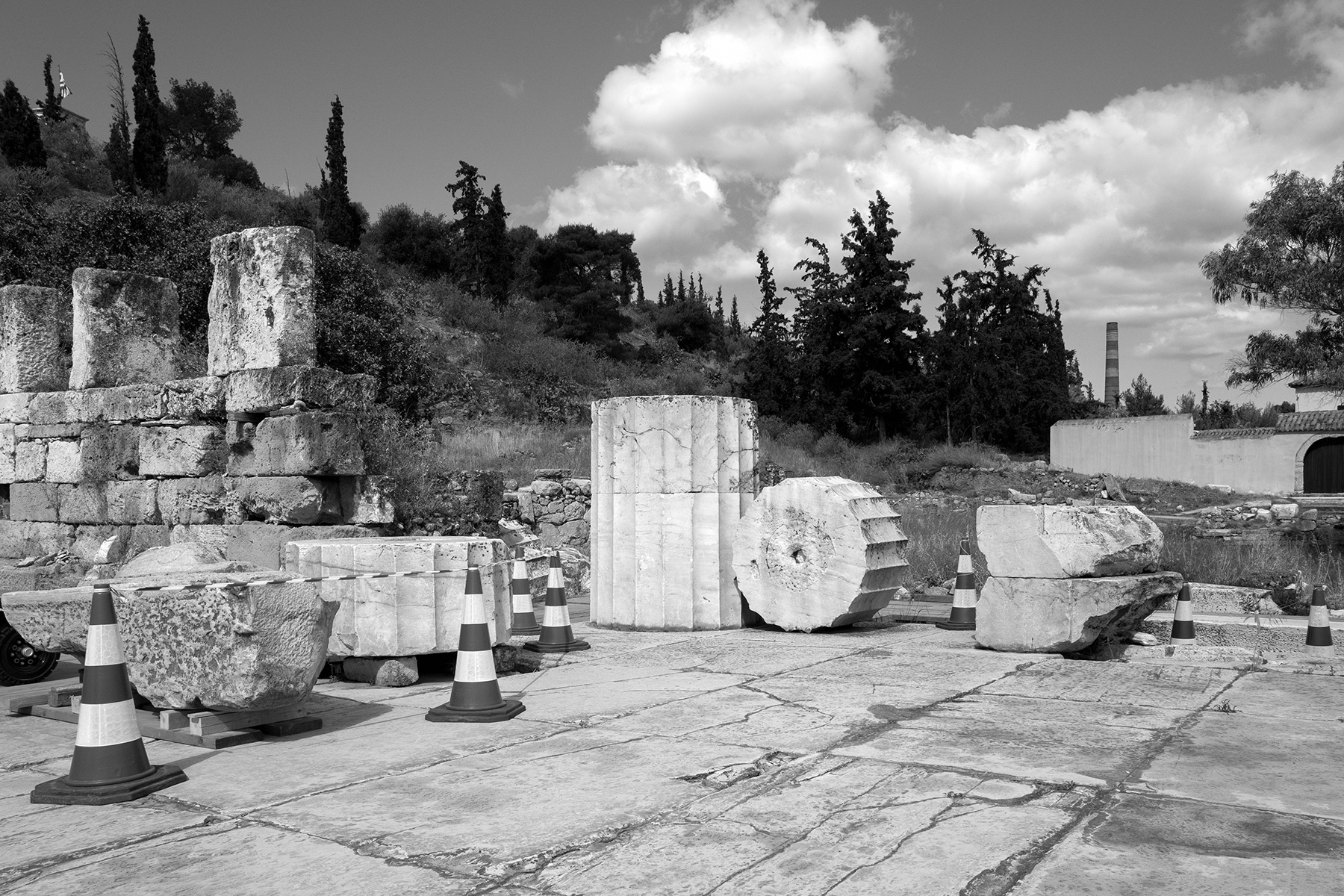 Eleusis _ 2018 - 2022 | 5/82
Eleusis _ 2018 - 2022 | 5/82 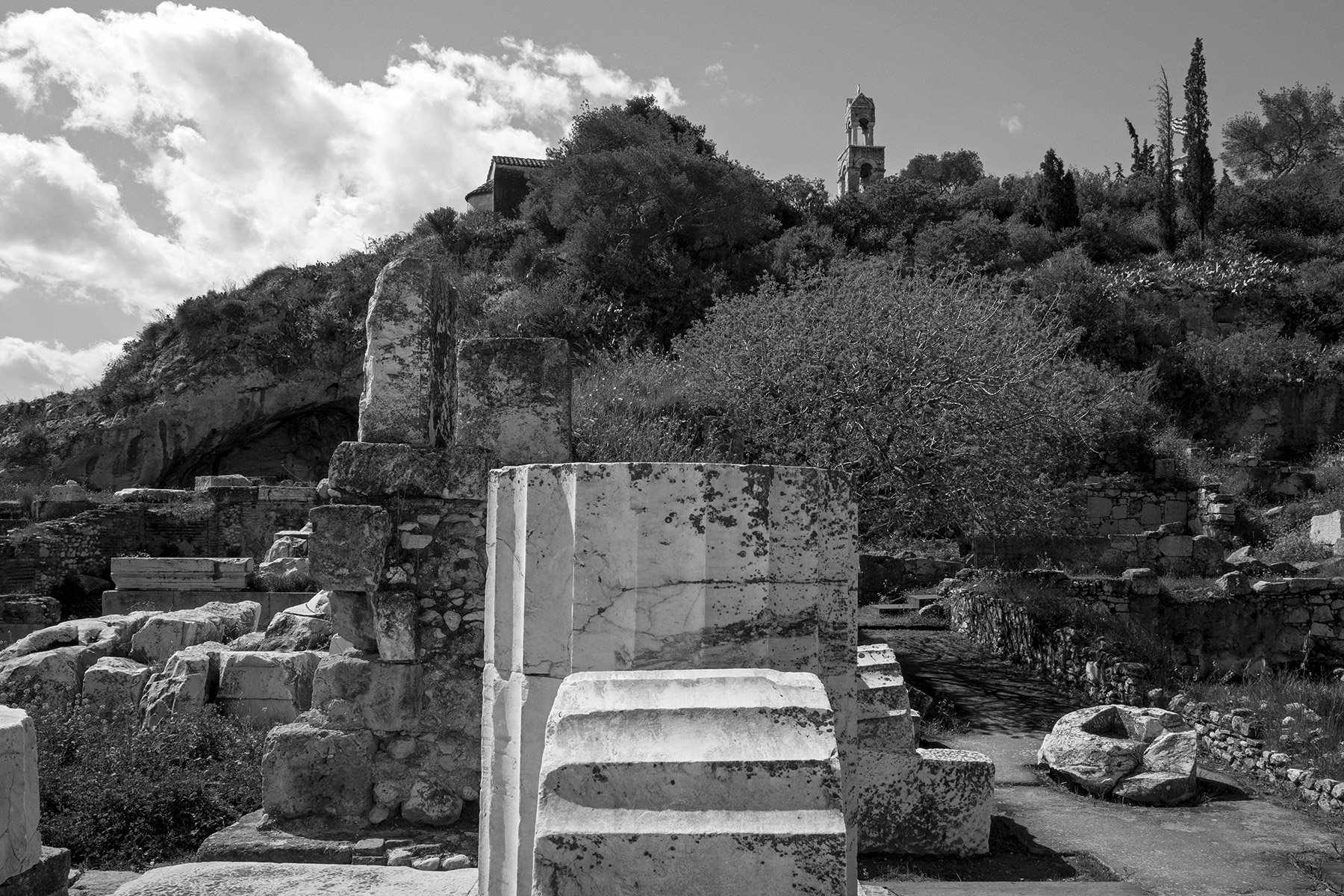 Eleusis _ 2018 - 2022 | 6/82
Eleusis _ 2018 - 2022 | 6/82 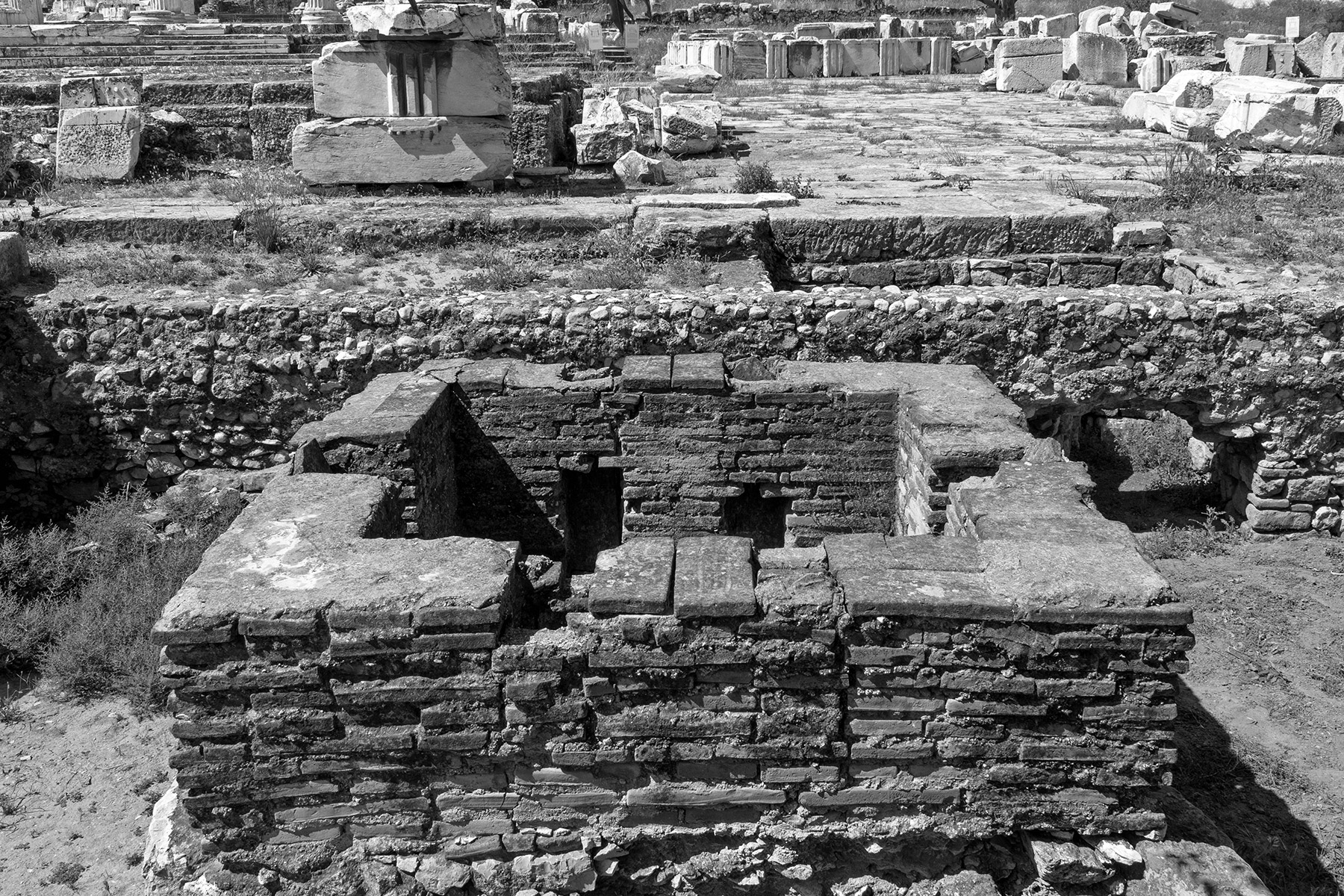 Eleusis _ 2018 - 2022 | 7/82
Eleusis _ 2018 - 2022 | 7/82 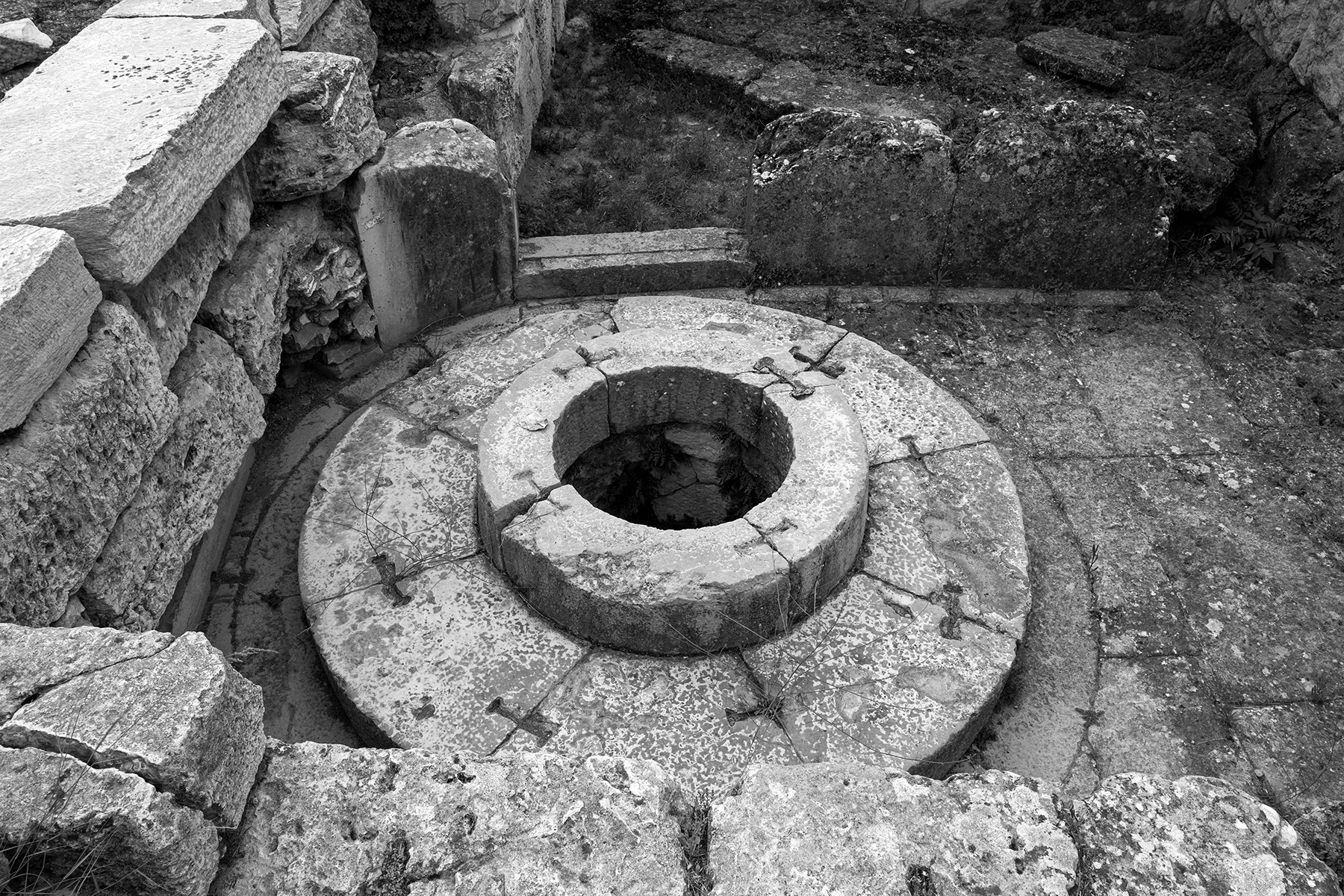 Eleusis _ 2018 - 2022 | 8/82
Eleusis _ 2018 - 2022 | 8/82 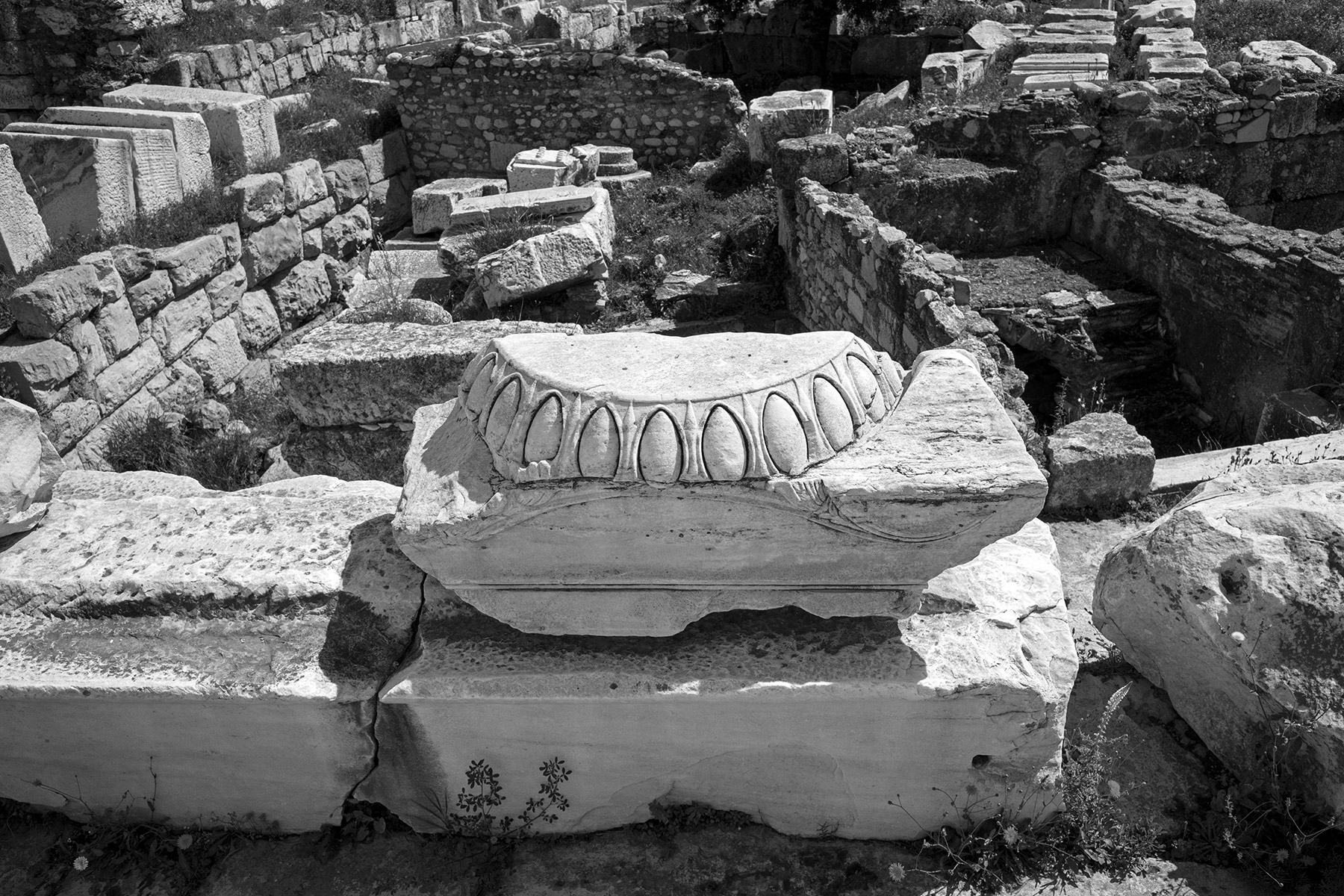 Eleusis _ 2018 - 2022 | 9/82
Eleusis _ 2018 - 2022 | 9/82 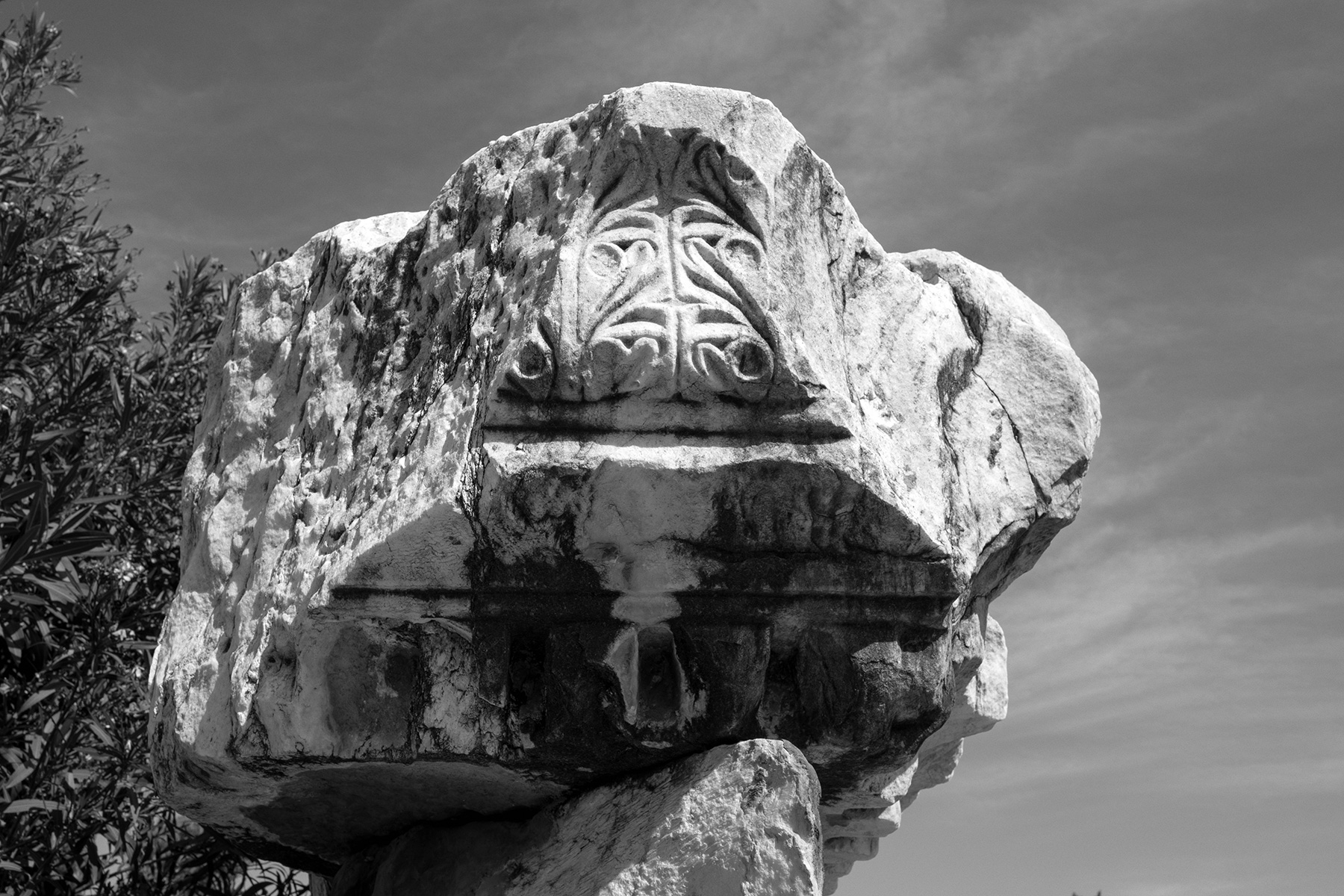 Eleusis _ 2018 - 2022 | 10/82
Eleusis _ 2018 - 2022 | 10/82 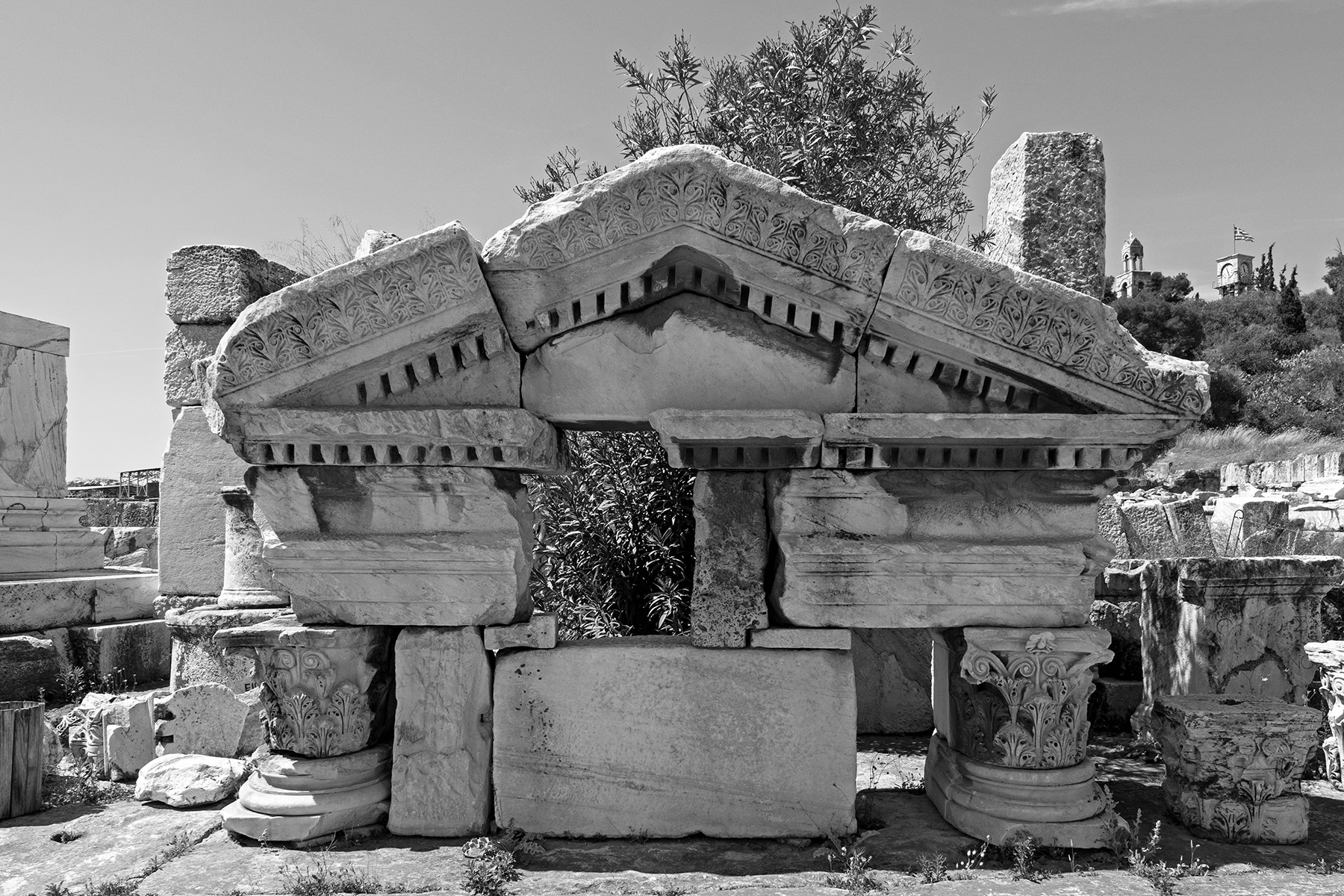 Eleusis _ 2018 - 2022 | 11/82
Eleusis _ 2018 - 2022 | 11/82 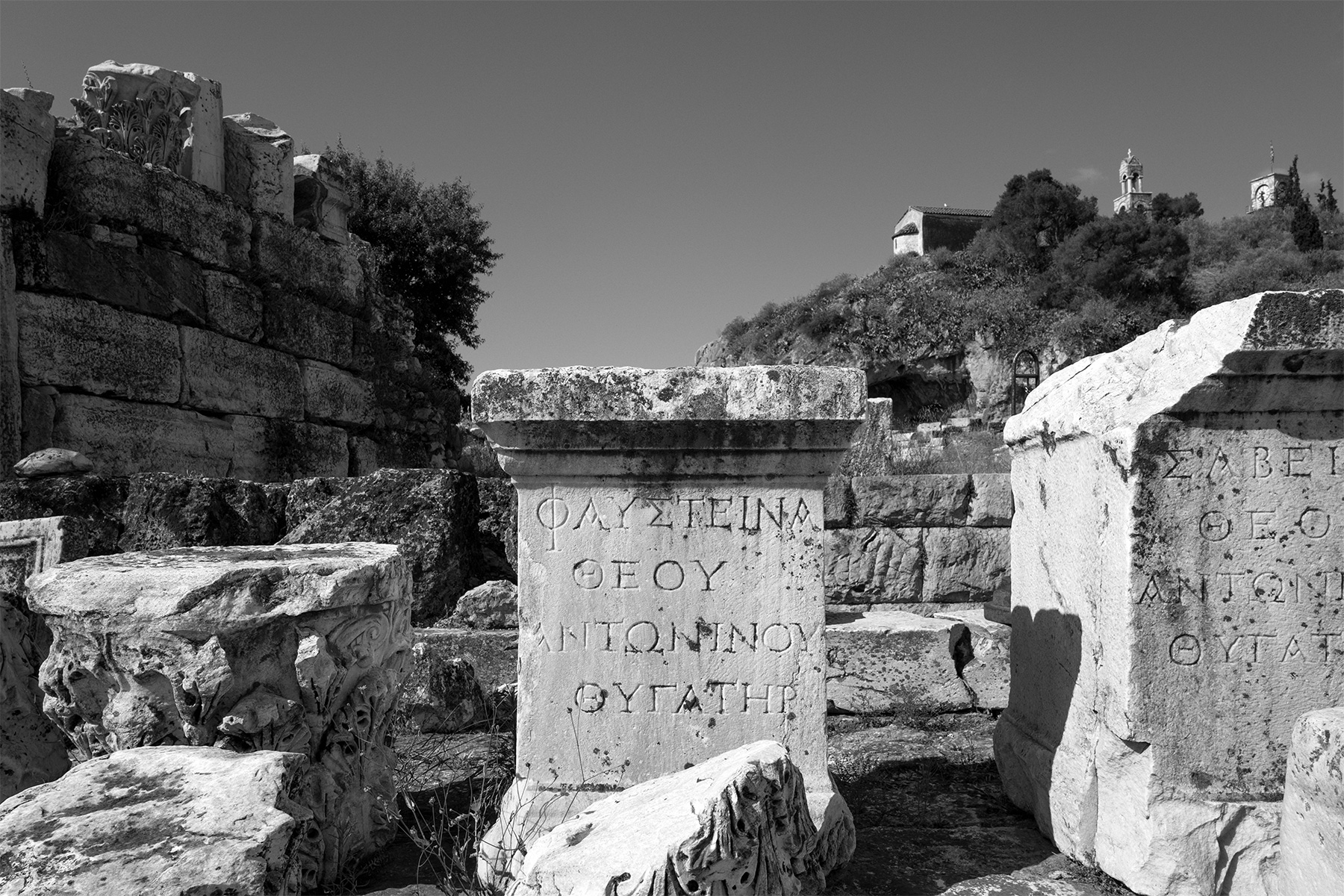 Eleusis _ 2018 - 2022 | 12/82
Eleusis _ 2018 - 2022 | 12/82 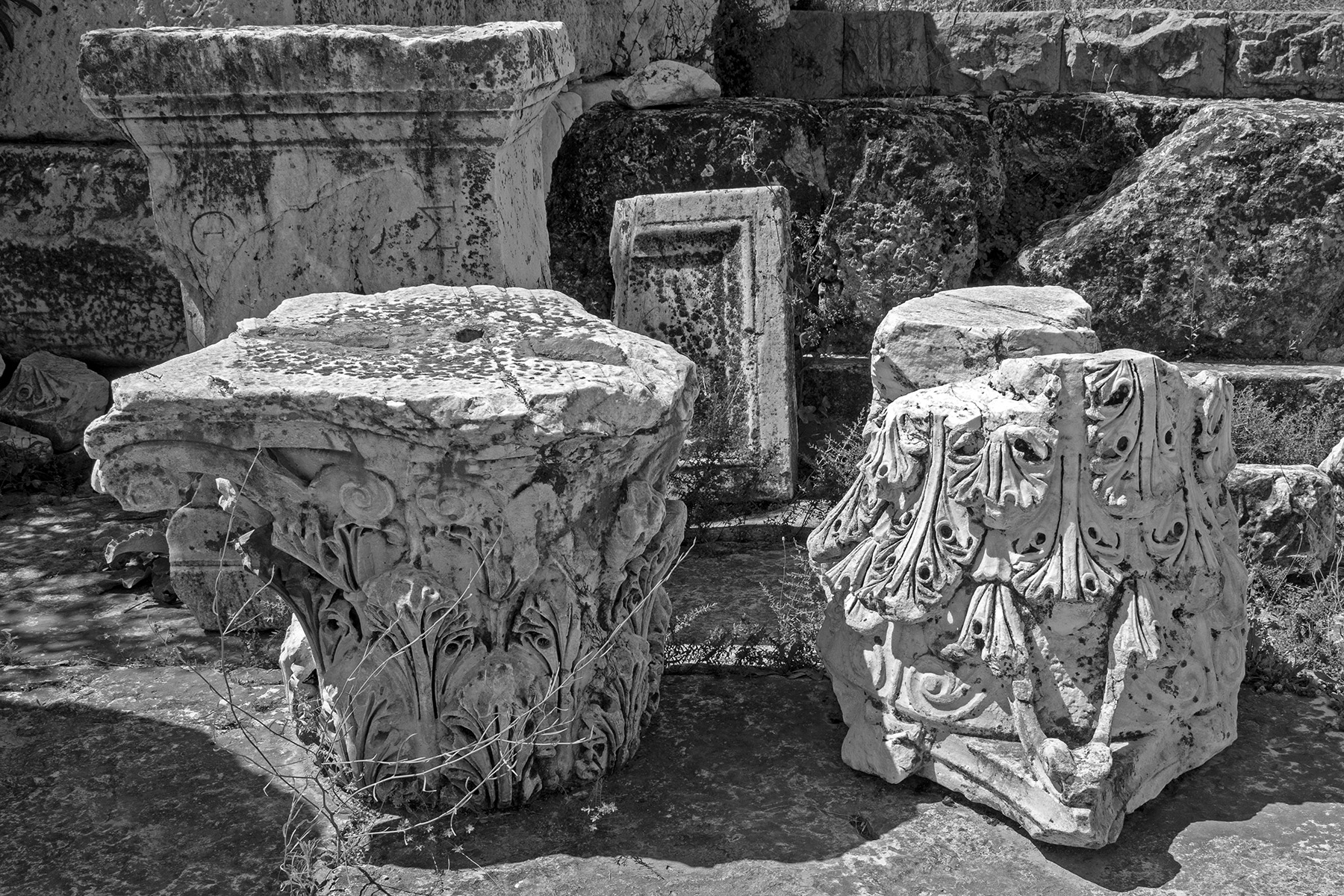 Eleusis _ 2018 - 2022 | 13/82
Eleusis _ 2018 - 2022 | 13/82 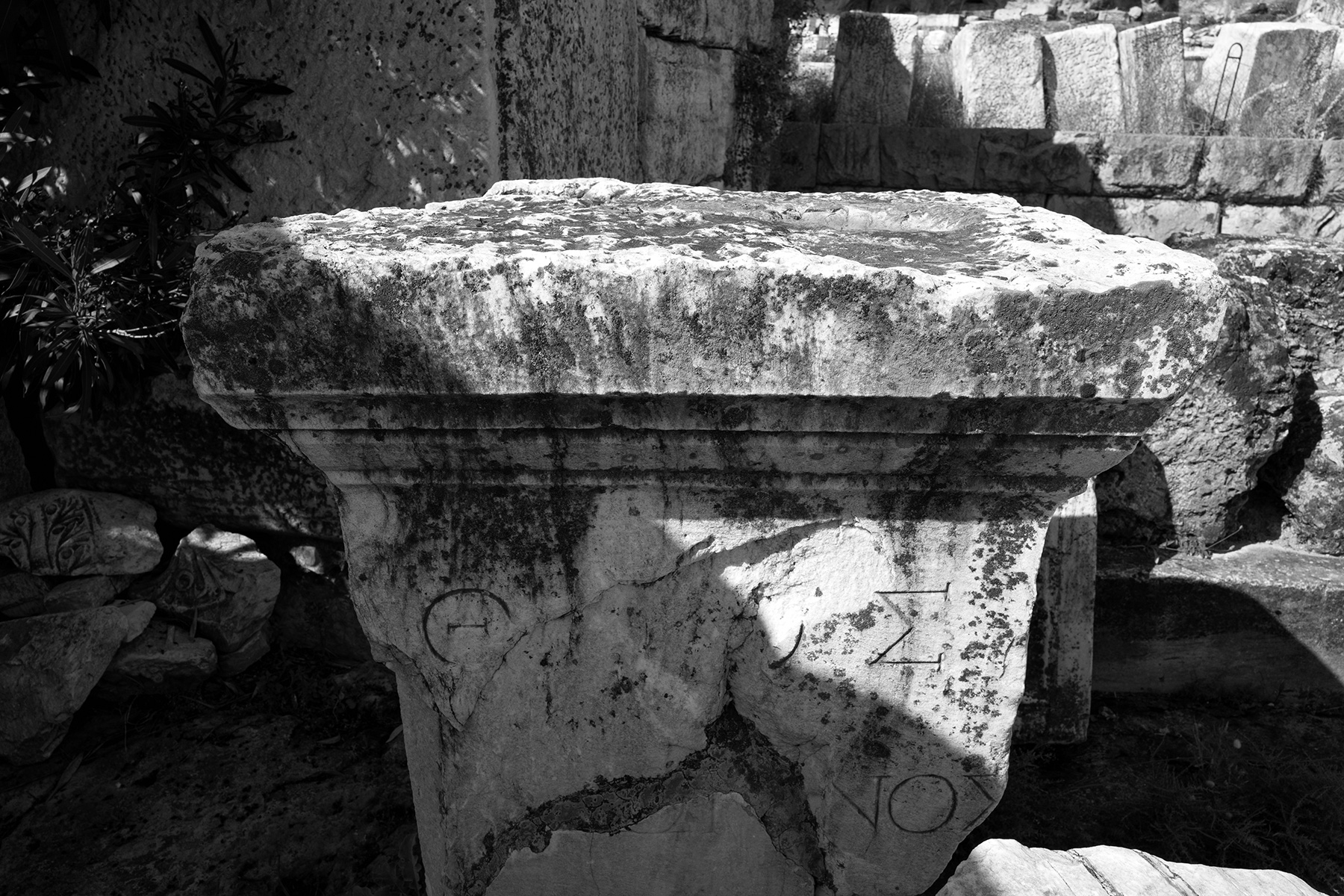 Eleusis _ 2018 - 2022 | 14/82
Eleusis _ 2018 - 2022 | 14/82 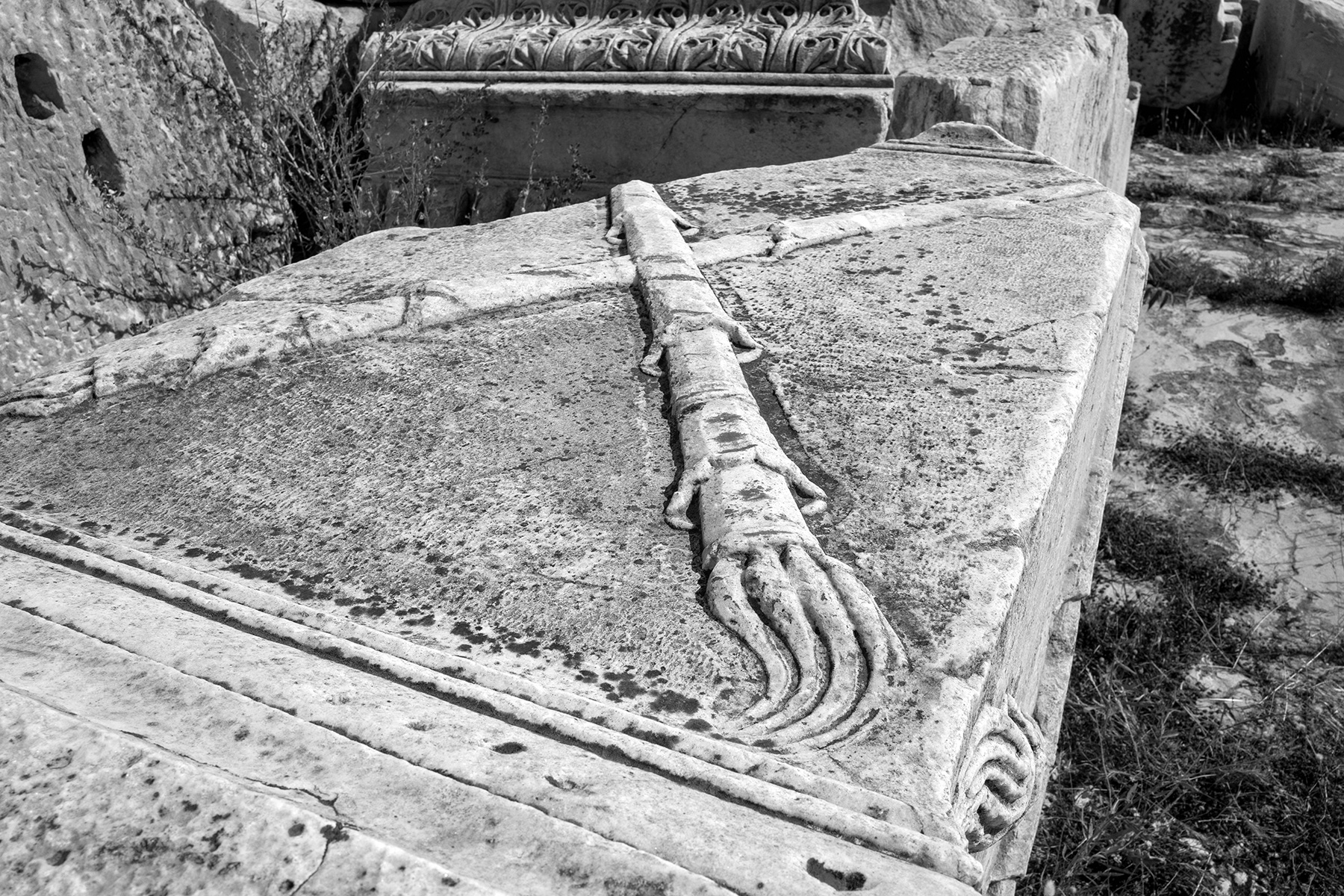 Eleusis _ 2018 - 2022 | 15/82
Eleusis _ 2018 - 2022 | 15/82 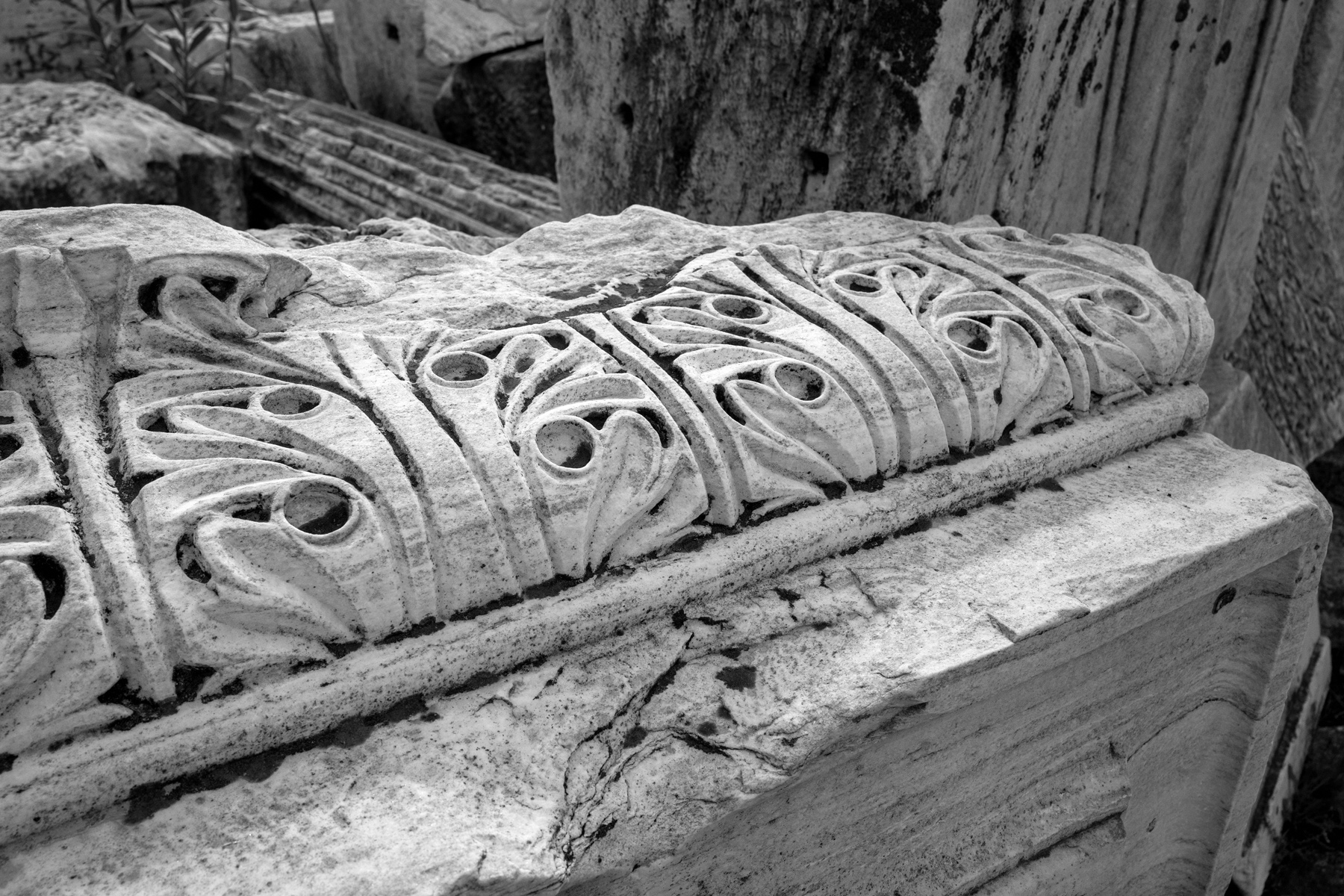 Eleusis _ 2018 - 2022 | 16/82
Eleusis _ 2018 - 2022 | 16/82 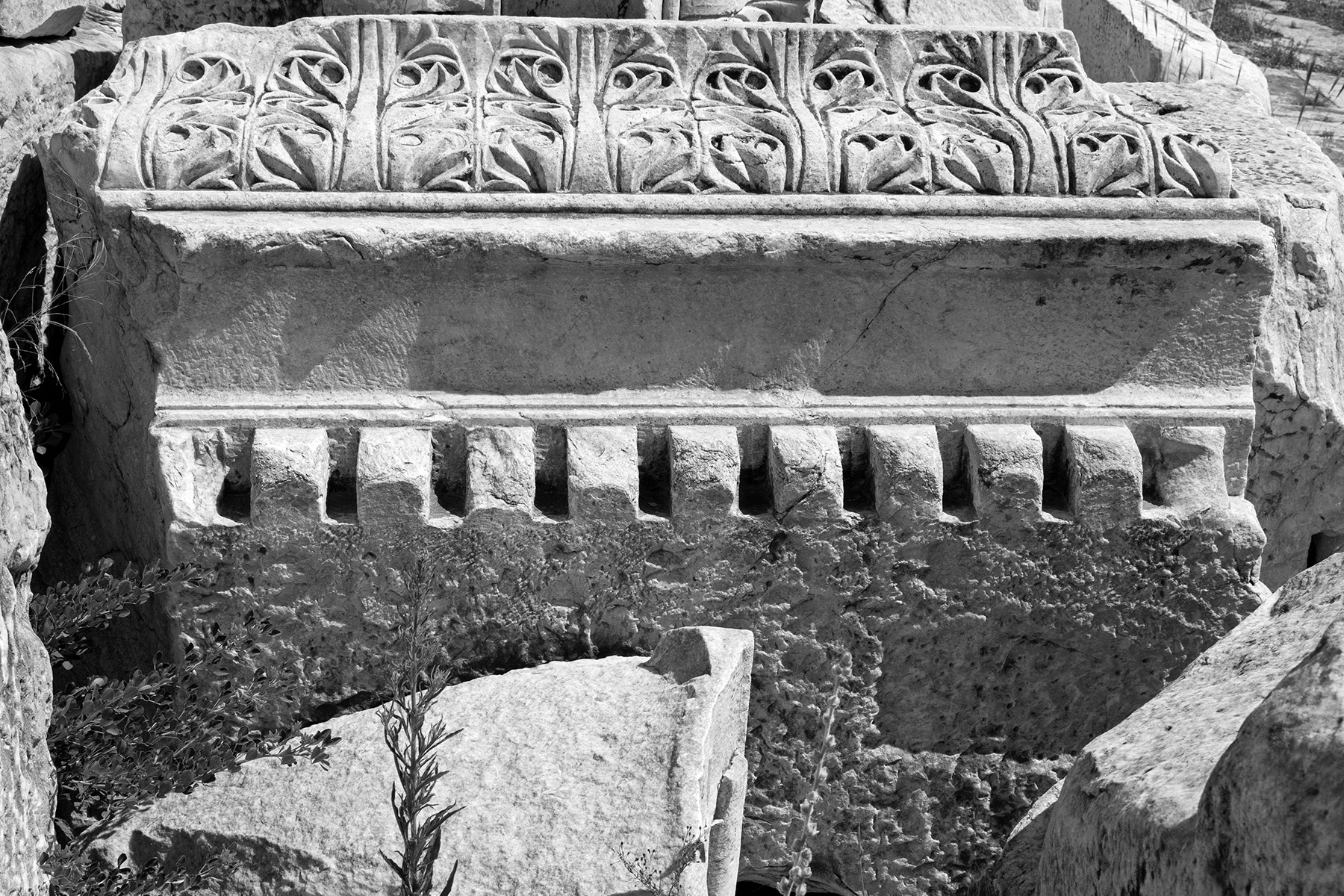 Eleusis _ 2018 - 2022 | 17/82
Eleusis _ 2018 - 2022 | 17/82  Eleusis _ 2018 - 2022 | 18/82
Eleusis _ 2018 - 2022 | 18/82 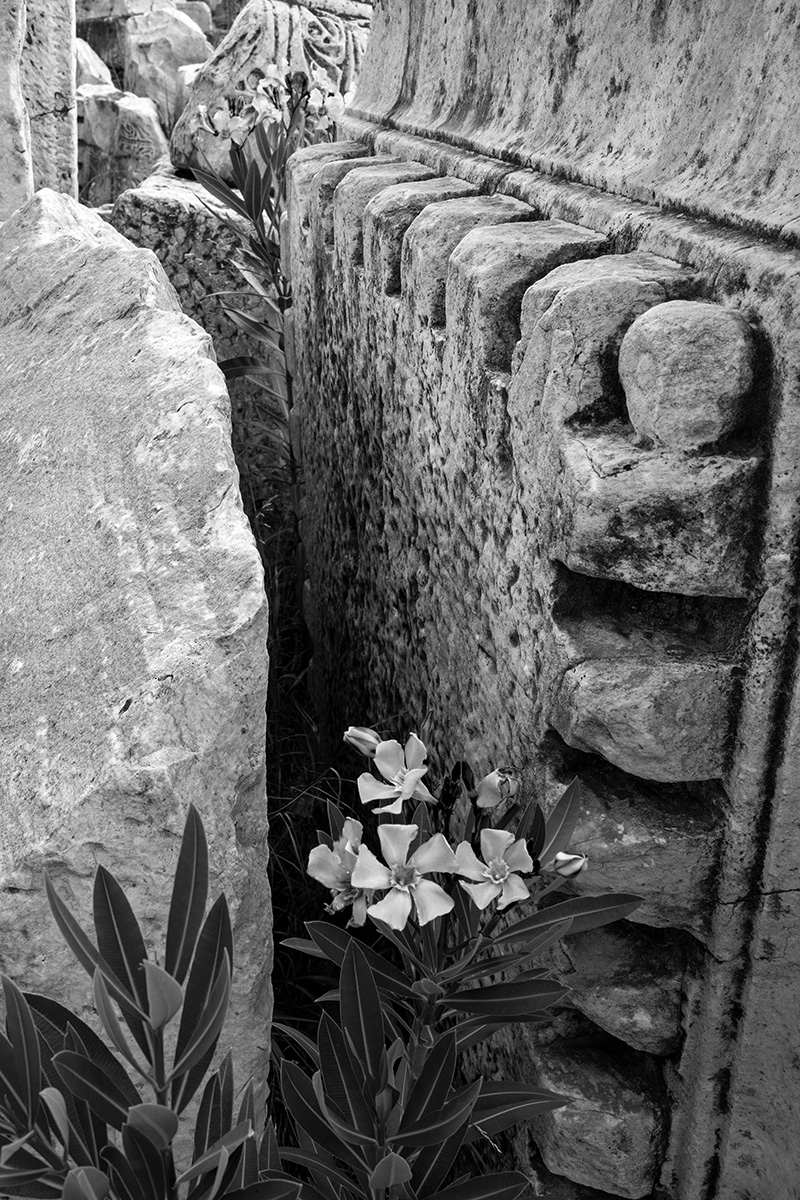 Eleusis _ 2018 - 2022 | 19/82
Eleusis _ 2018 - 2022 | 19/82 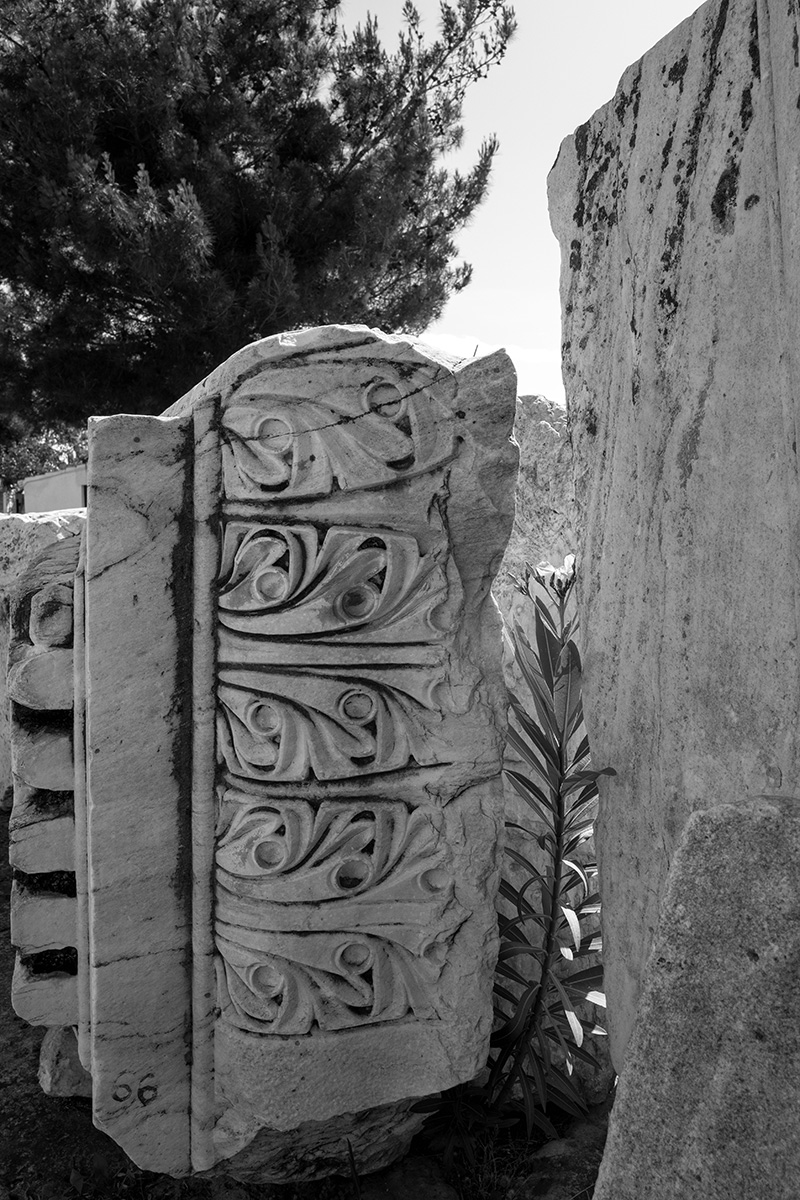 Eleusis _ 2018 - 2022 | 20/82
Eleusis _ 2018 - 2022 | 20/82 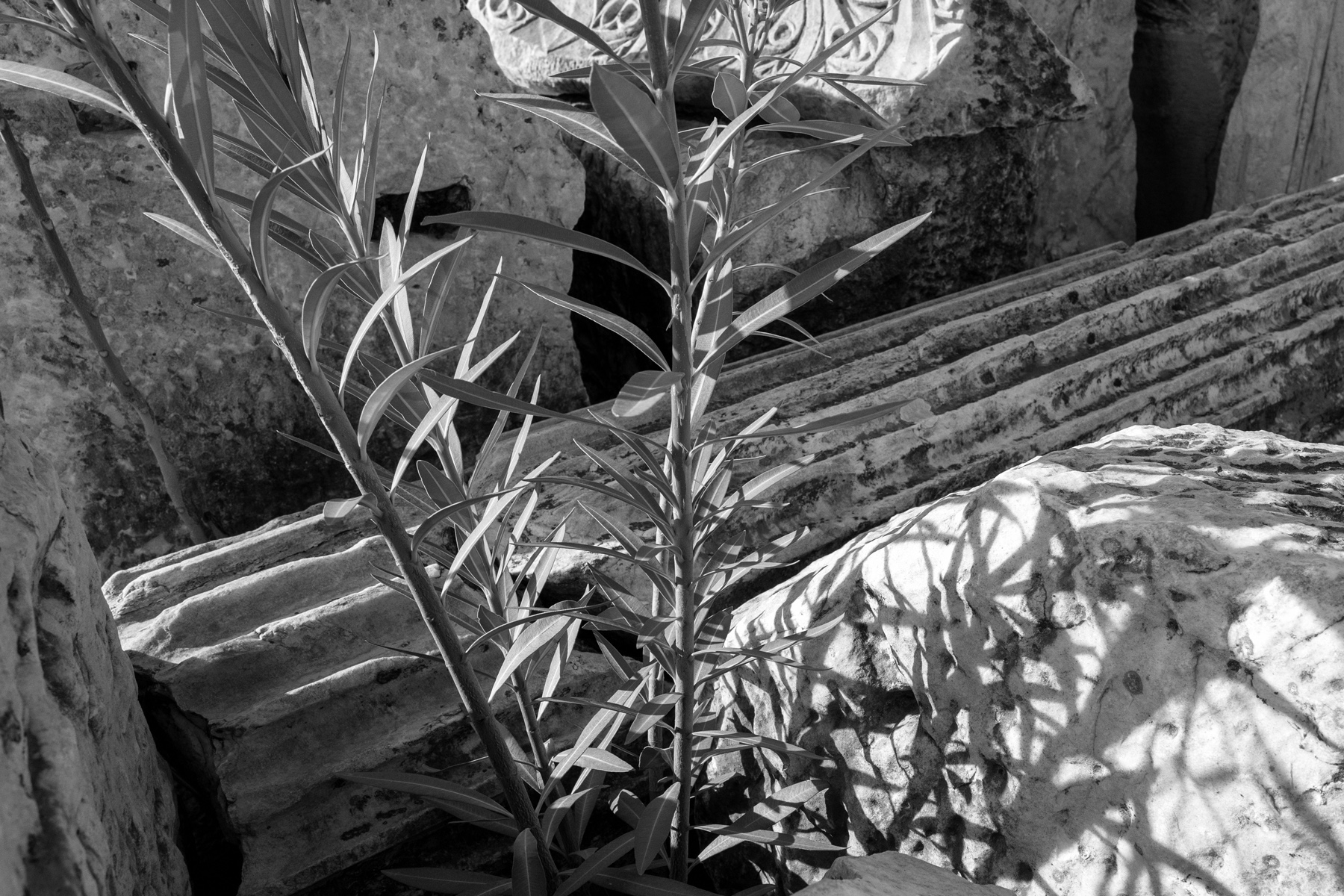 Eleusis _ 2018 - 2022 | 21/82
Eleusis _ 2018 - 2022 | 21/82 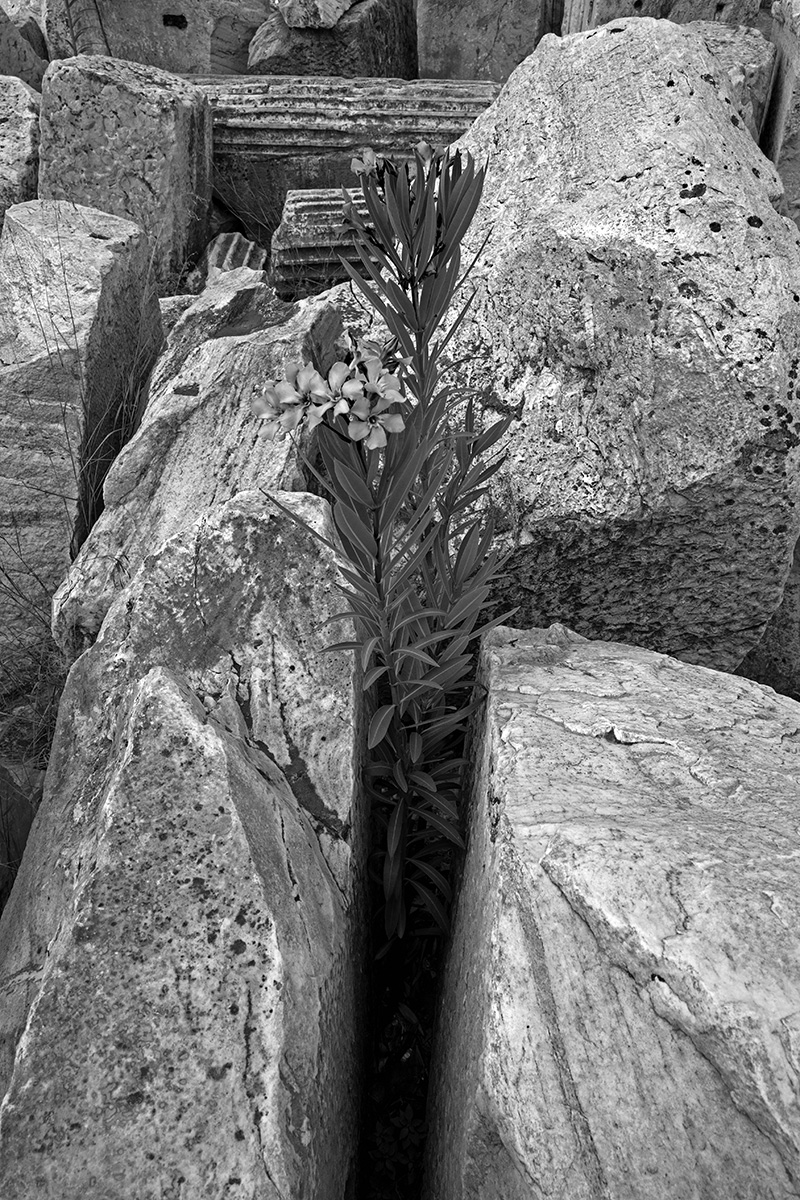 Eleusis _ 2018 - 2022 | 22/82
Eleusis _ 2018 - 2022 | 22/82 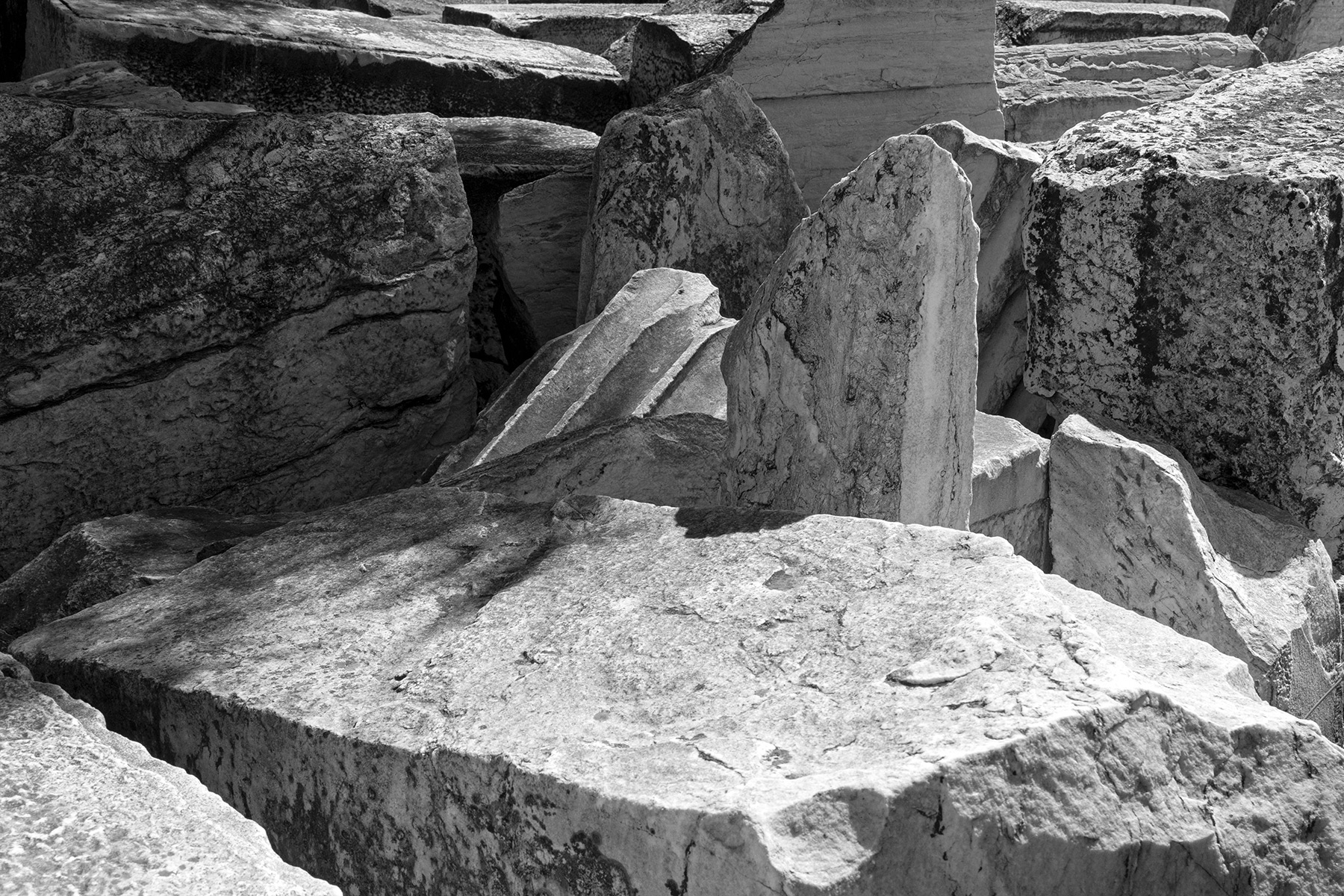 Eleusis _ 2018 - 2022 | 23/82
Eleusis _ 2018 - 2022 | 23/82  Eleusis _ 2018 - 2022 | 24/82
Eleusis _ 2018 - 2022 | 24/82 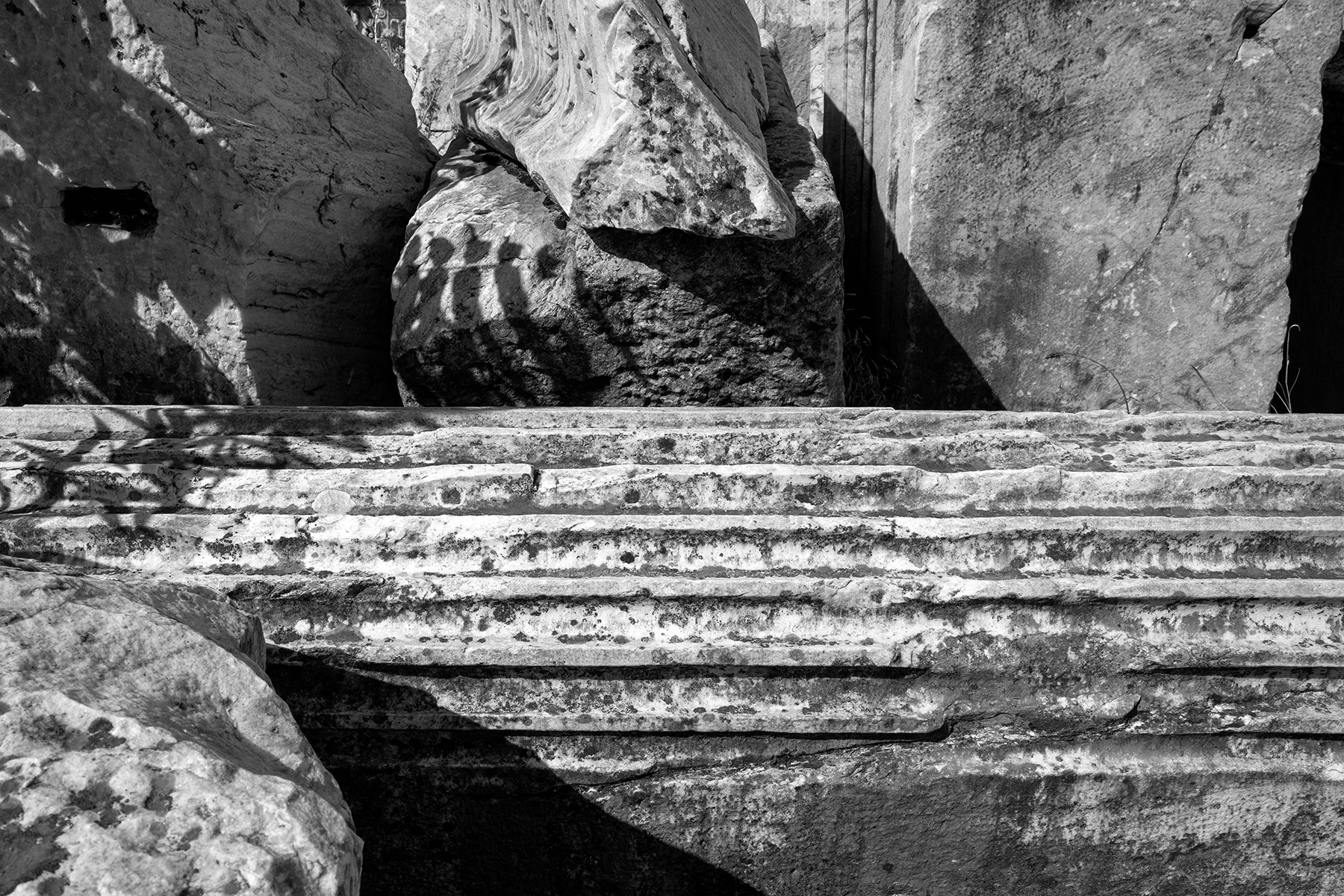 Eleusis _ 2018 - 2022 | 25/82
Eleusis _ 2018 - 2022 | 25/82 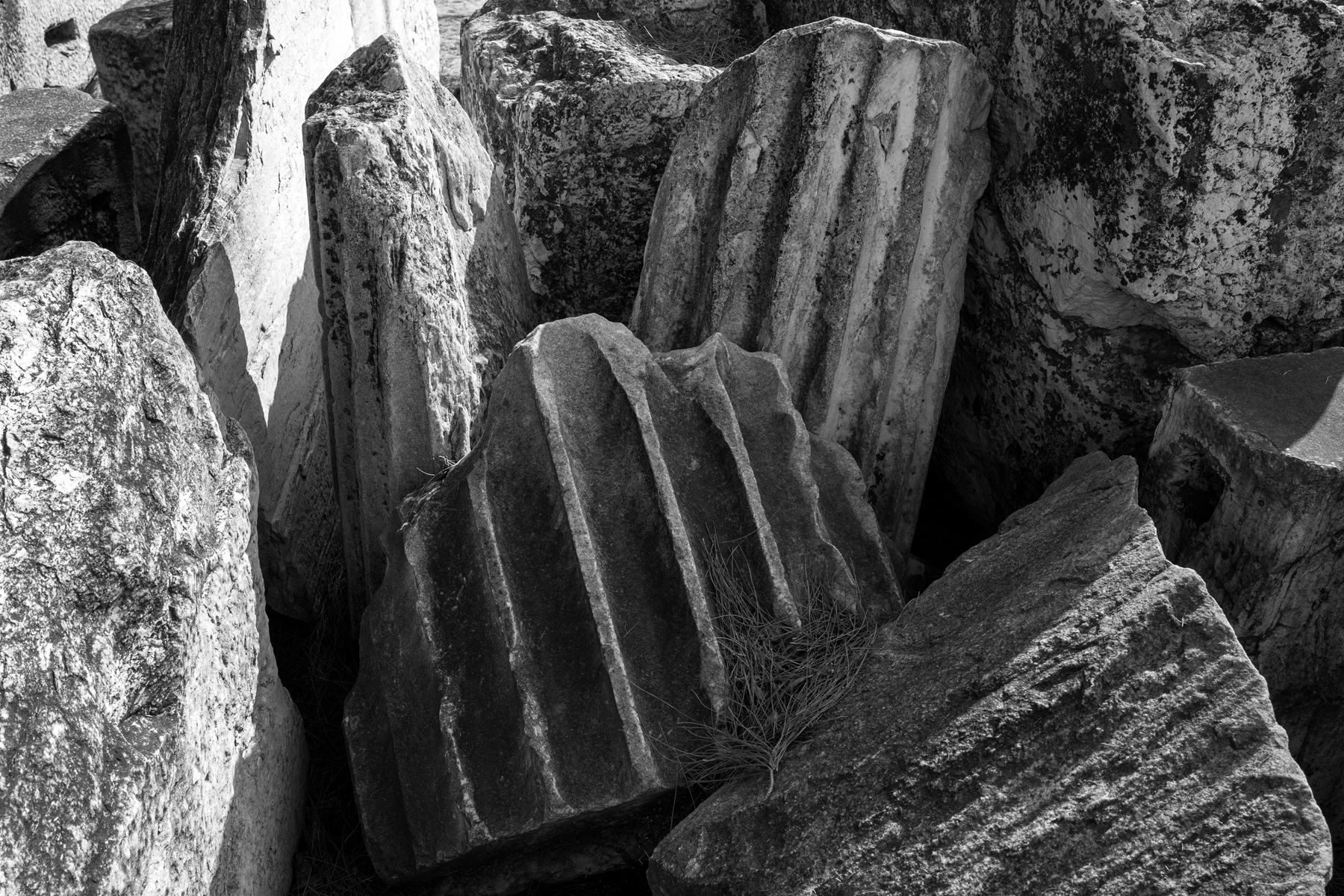 Eleusis _ 2018 - 2022 | 26/82
Eleusis _ 2018 - 2022 | 26/82 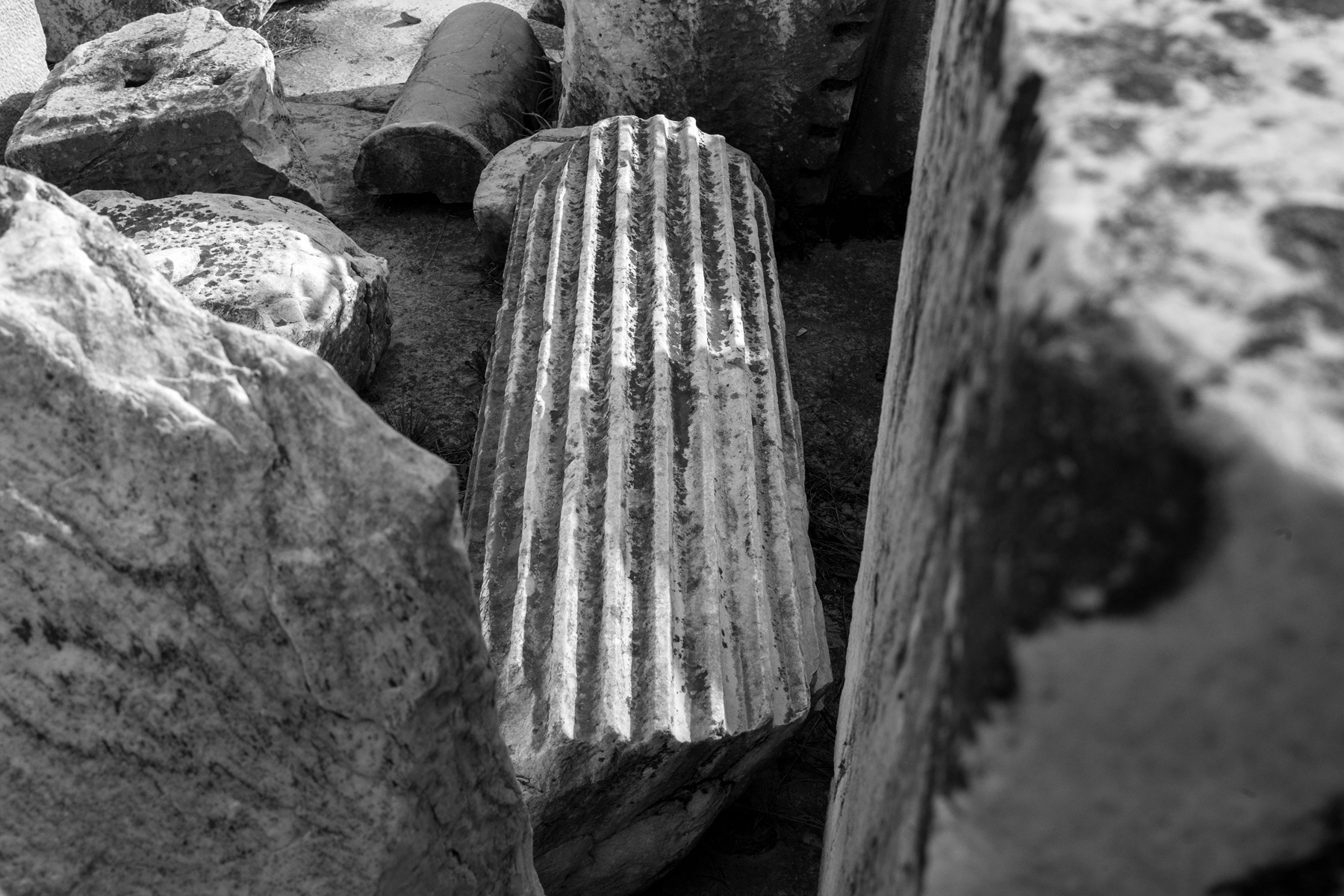 Eleusis _ 2018 - 2022 | 27/82
Eleusis _ 2018 - 2022 | 27/82 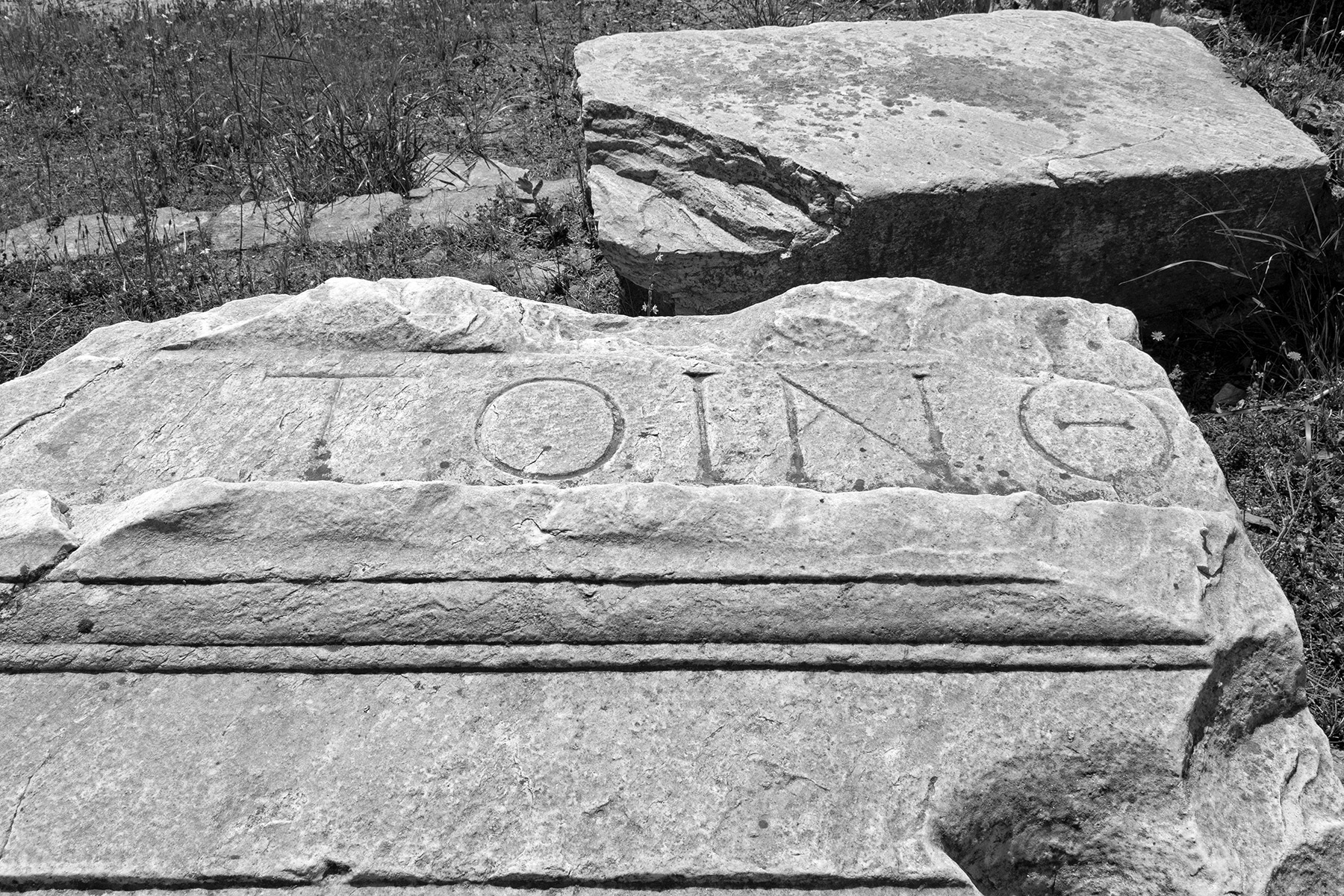 Eleusis _ 2018 - 2022 | 28/82
Eleusis _ 2018 - 2022 | 28/82 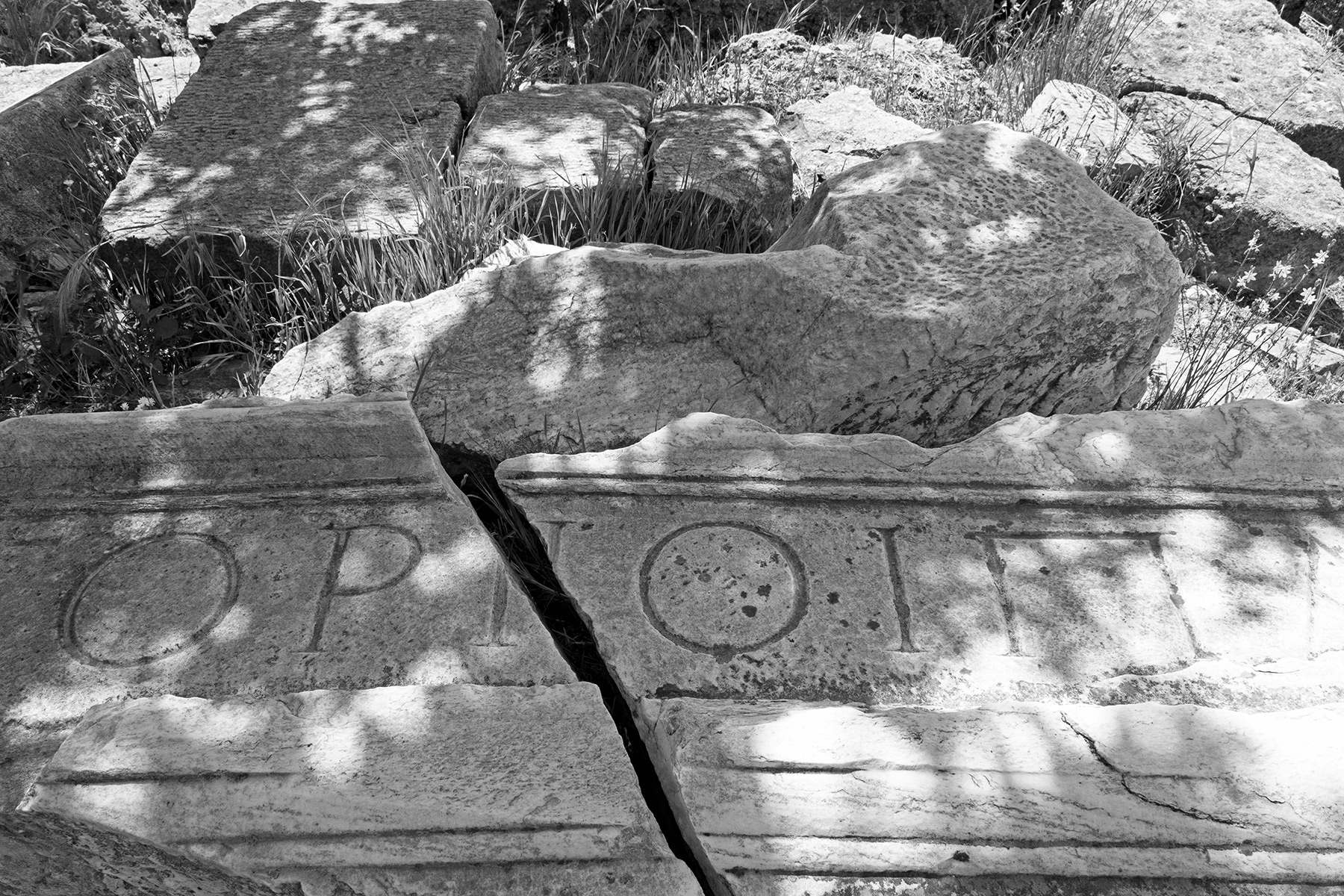 Eleusis _ 2018 - 2022 | 29/82
Eleusis _ 2018 - 2022 | 29/82 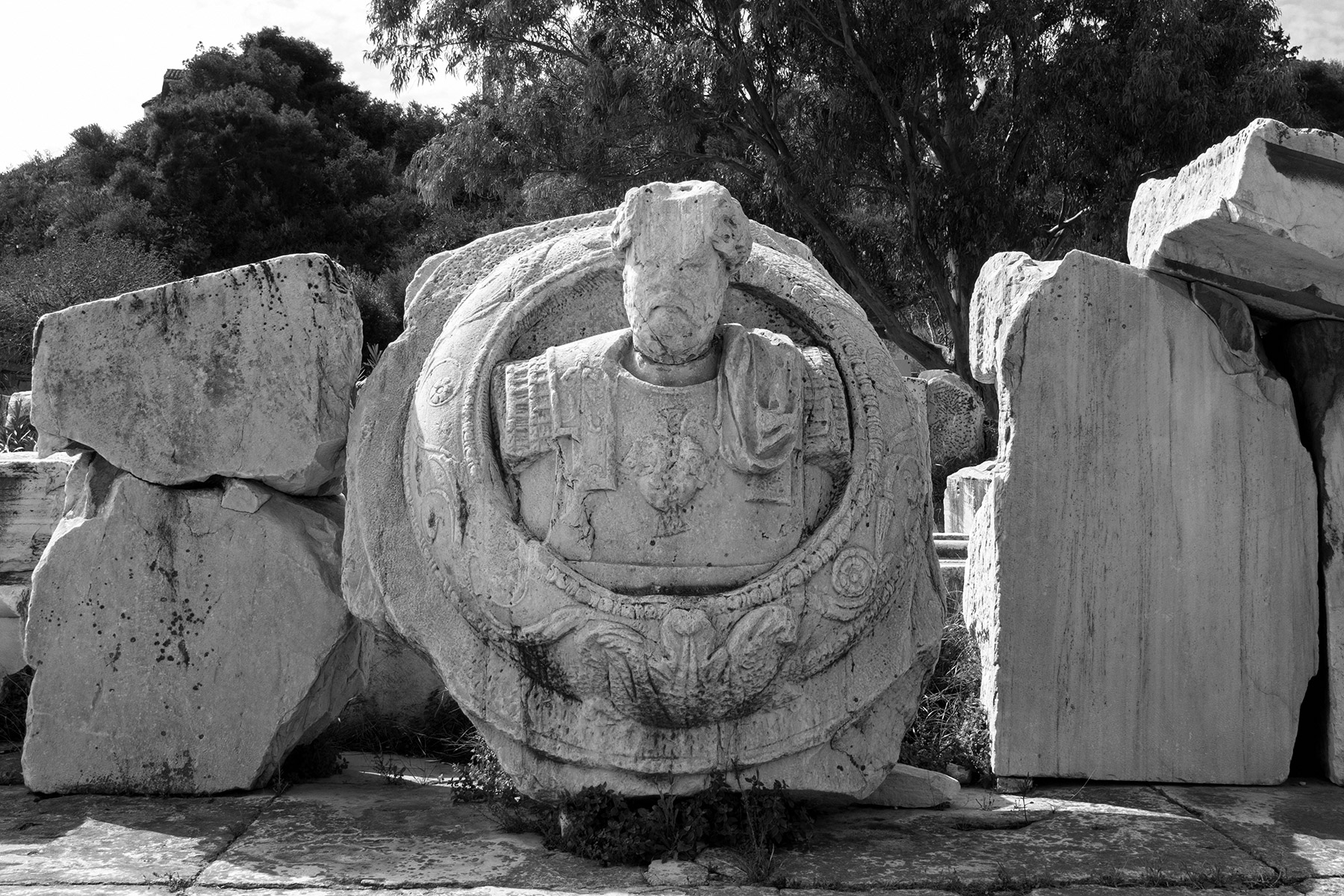 Eleusis _ 2018 - 2022 | 30/82
Eleusis _ 2018 - 2022 | 30/82  Eleusis _ 2018 - 2022 | 31/82
Eleusis _ 2018 - 2022 | 31/82  Eleusis _ 2018 - 2022 | 32/82
Eleusis _ 2018 - 2022 | 32/82 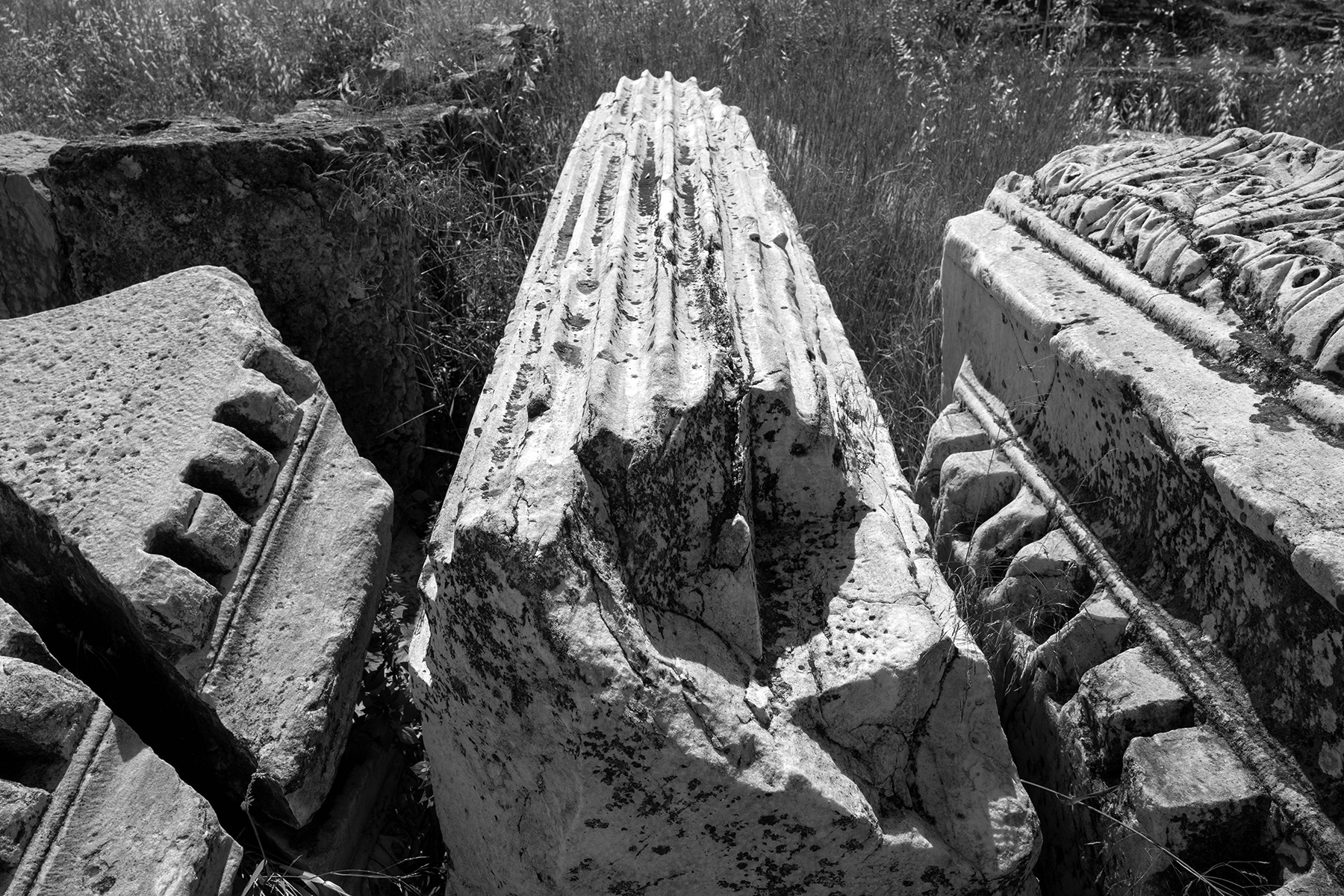 Eleusis _ 2018 - 2022 | 33/82
Eleusis _ 2018 - 2022 | 33/82 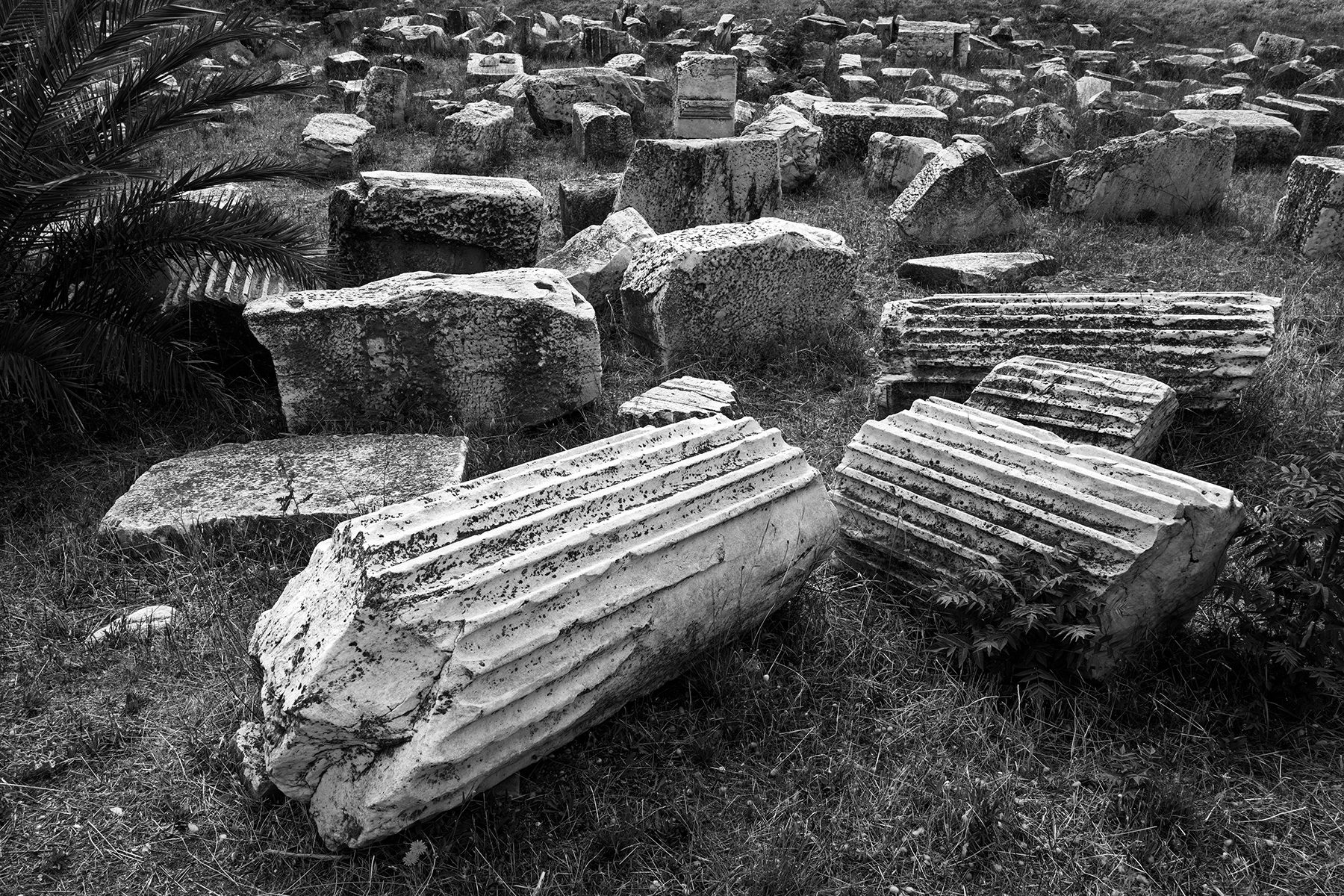 Eleusis _ 2018 - 2022 | 34/82
Eleusis _ 2018 - 2022 | 34/82 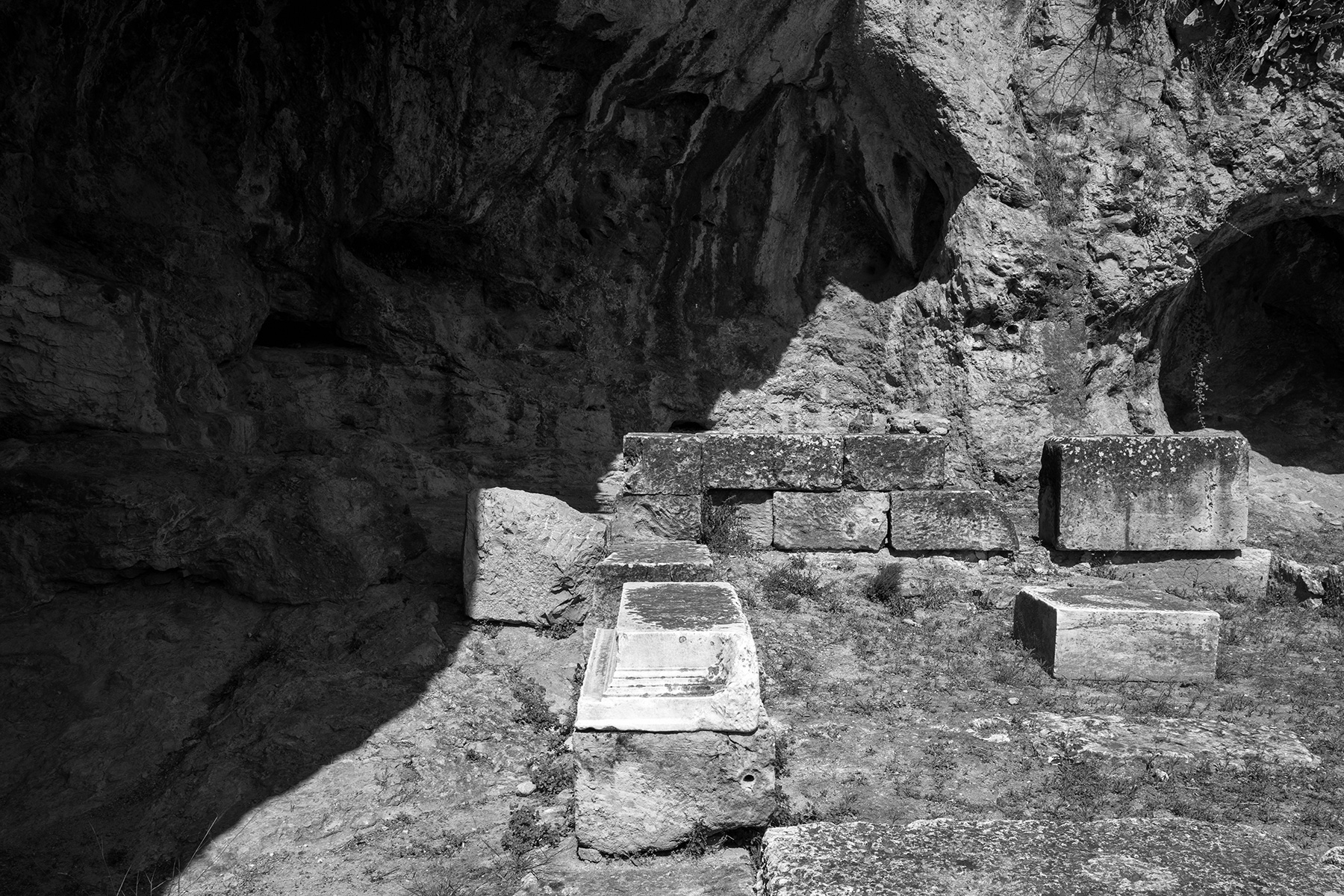 Eleusis _ 2018 - 2022 | 35/82
Eleusis _ 2018 - 2022 | 35/82 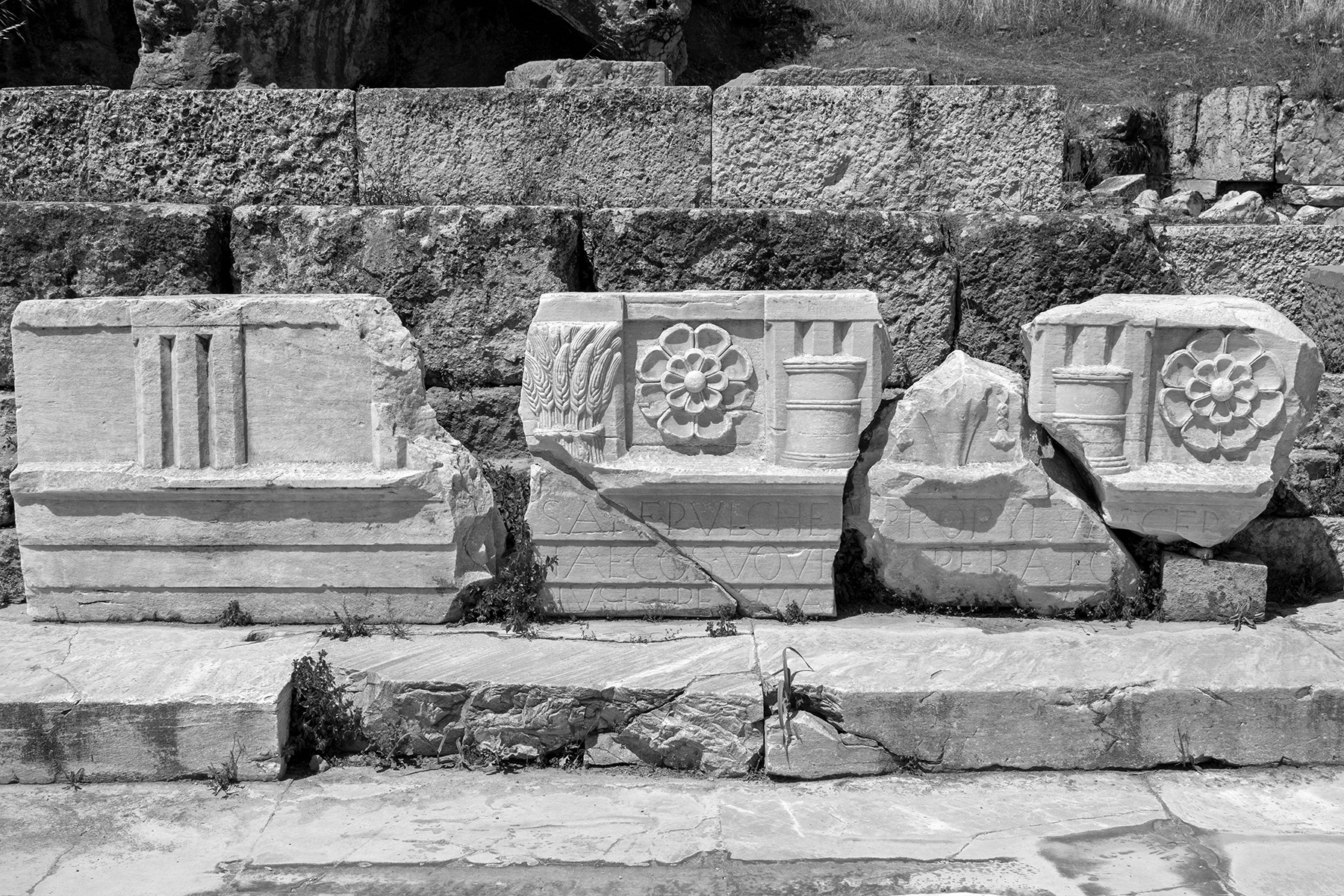 Eleusis _ 2018 - 2022 | 36/82
Eleusis _ 2018 - 2022 | 36/82 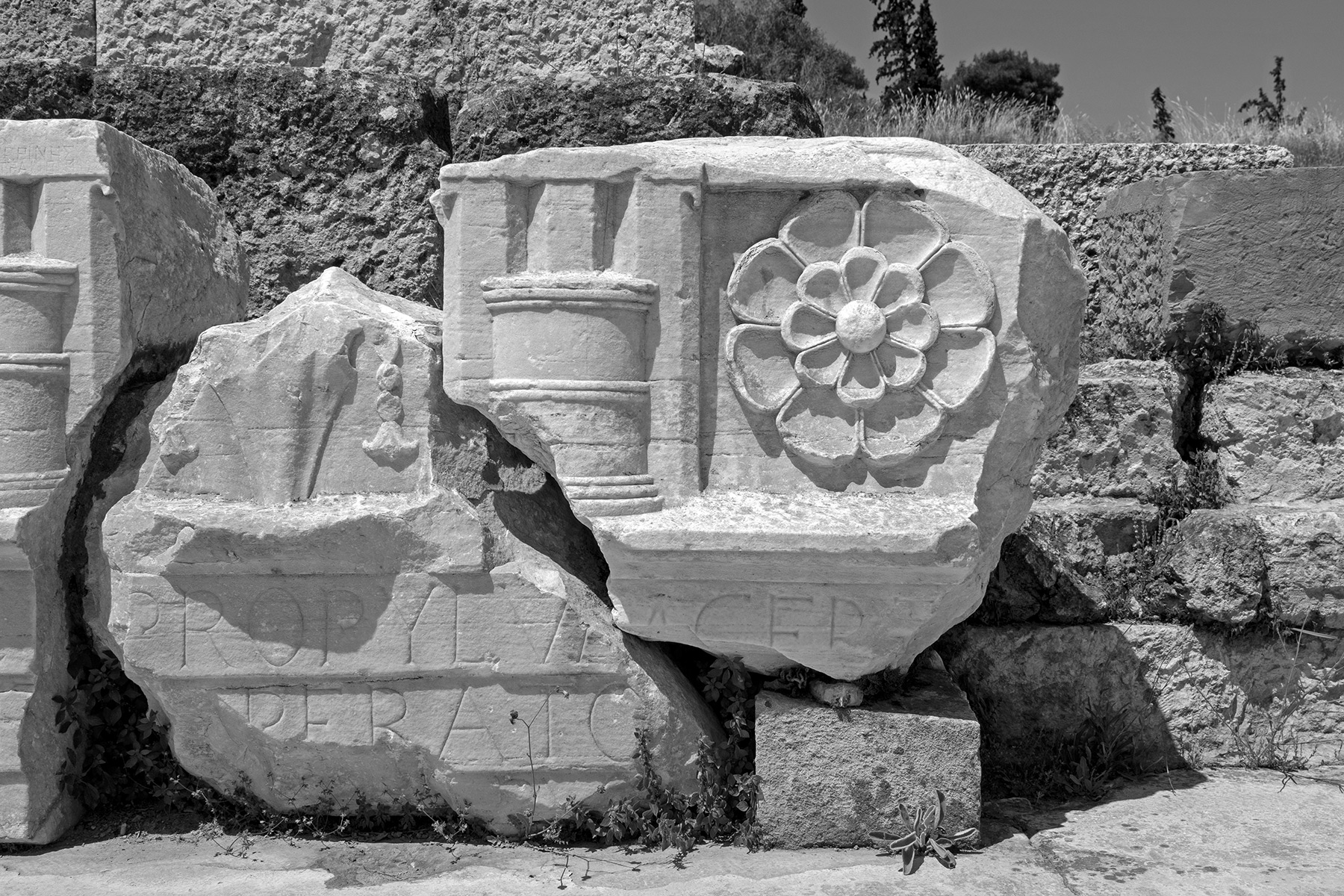 Eleusis _ 2018 - 2022 | 37/82
Eleusis _ 2018 - 2022 | 37/82 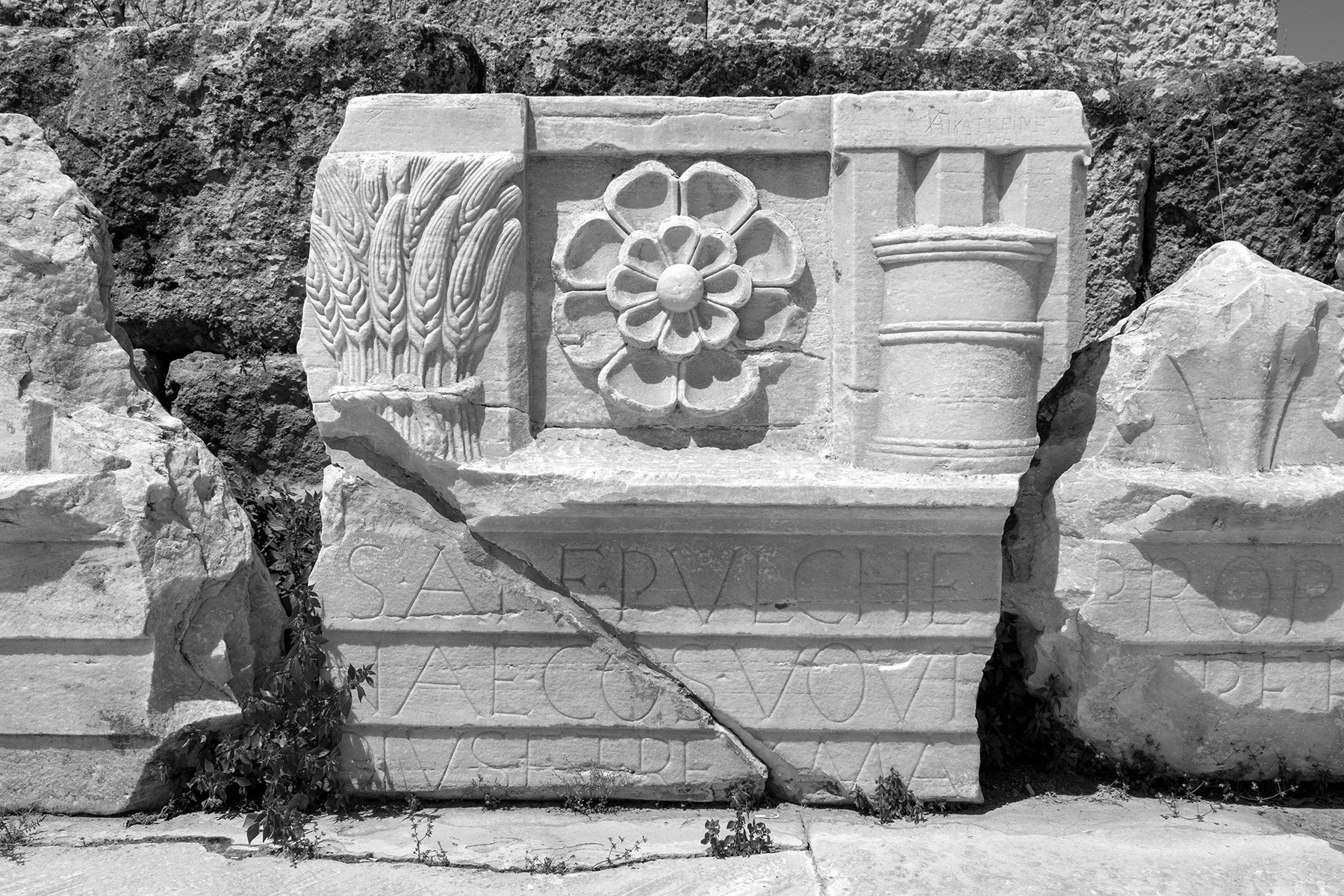 Eleusis _ 2018 - 2022 | 38/82
Eleusis _ 2018 - 2022 | 38/82 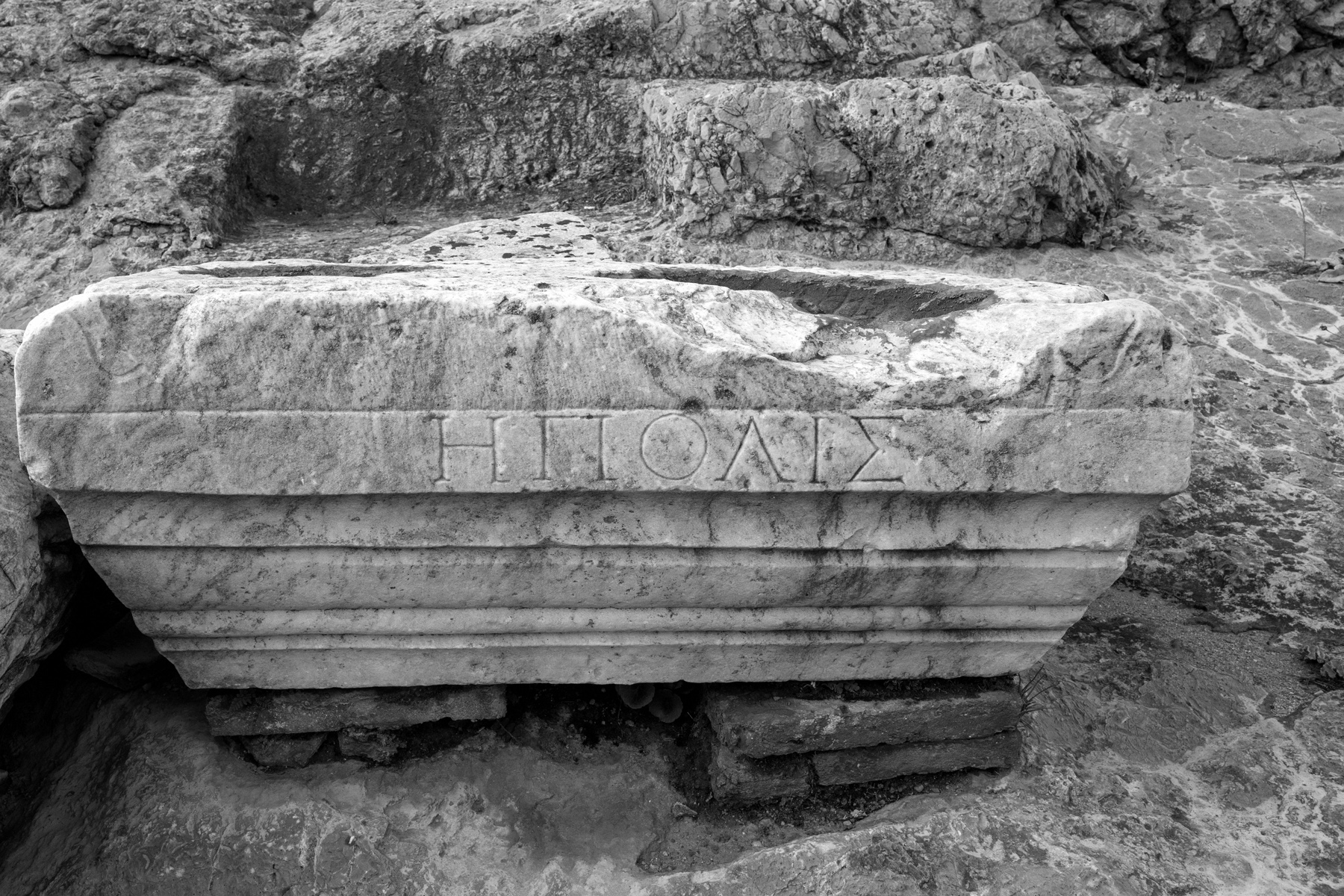 Eleusis _ 2018 - 2022 | 39/82
Eleusis _ 2018 - 2022 | 39/82 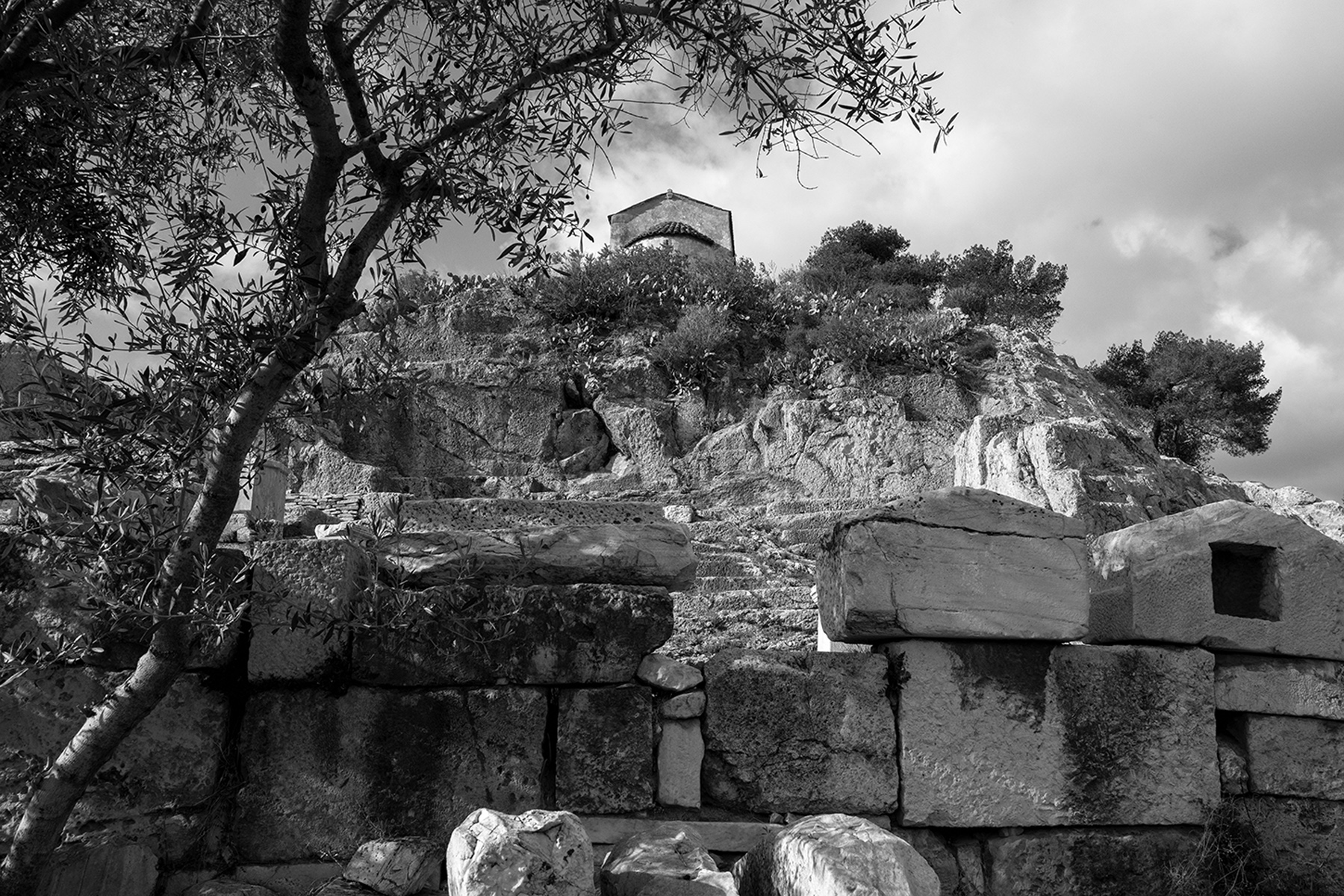 Eleusis _ 2018 - 2022 | 40/82
Eleusis _ 2018 - 2022 | 40/82 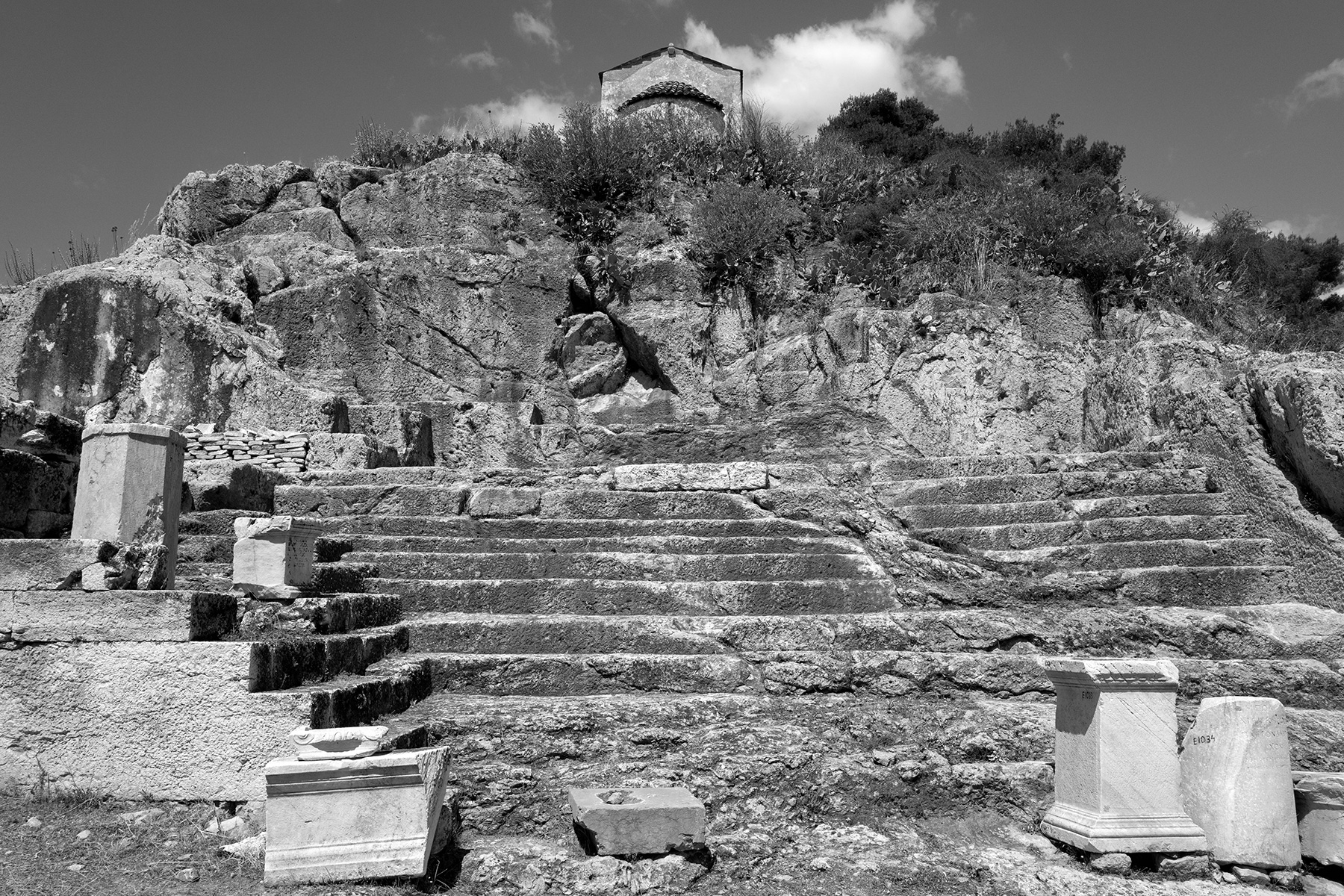 Eleusis _ 2018 - 2022 | 41/82
Eleusis _ 2018 - 2022 | 41/82 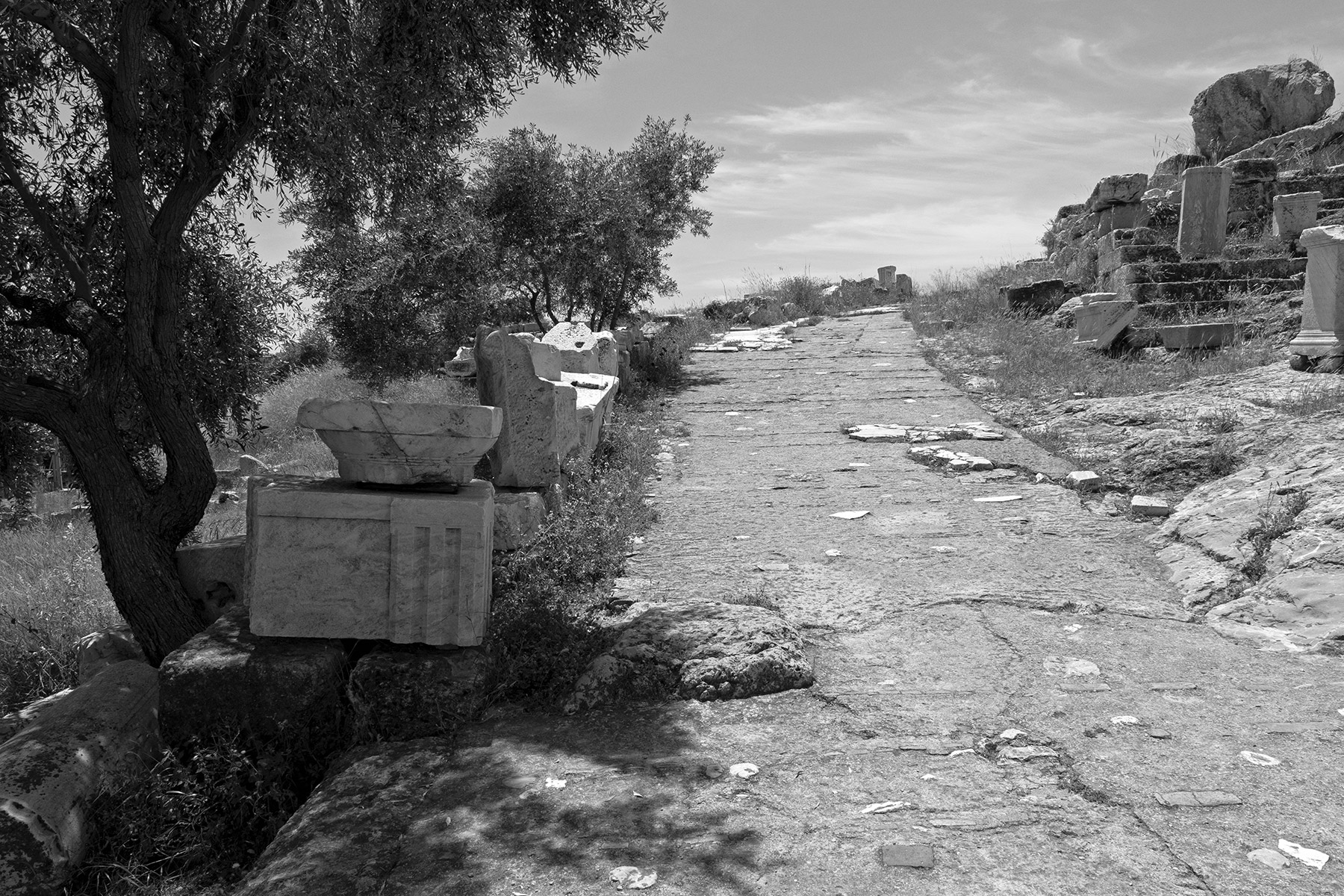 Eleusis _ 2018 - 2022 | 42/82
Eleusis _ 2018 - 2022 | 42/82 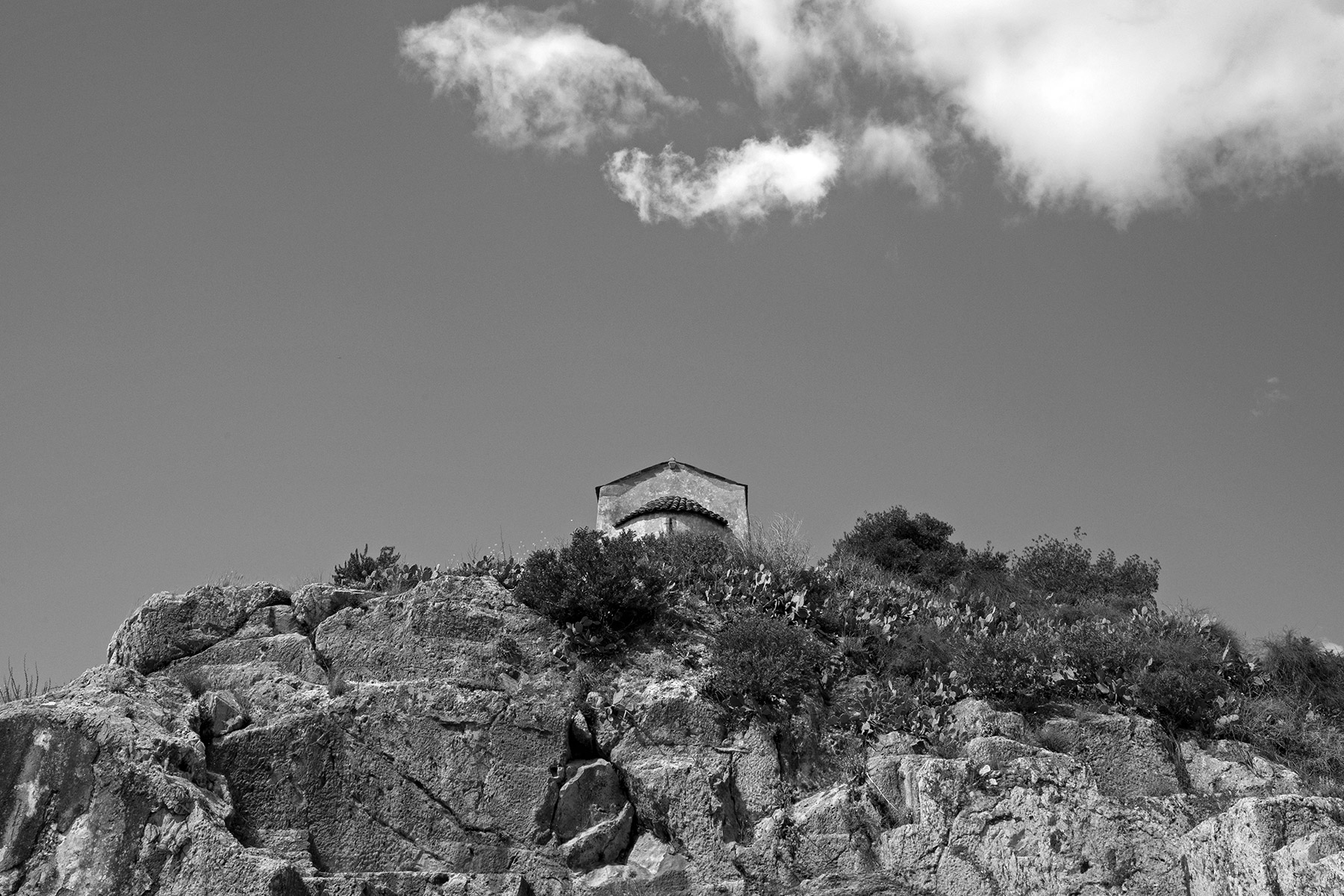 Eleusis _ 2018 - 2022 | 43/82
Eleusis _ 2018 - 2022 | 43/82 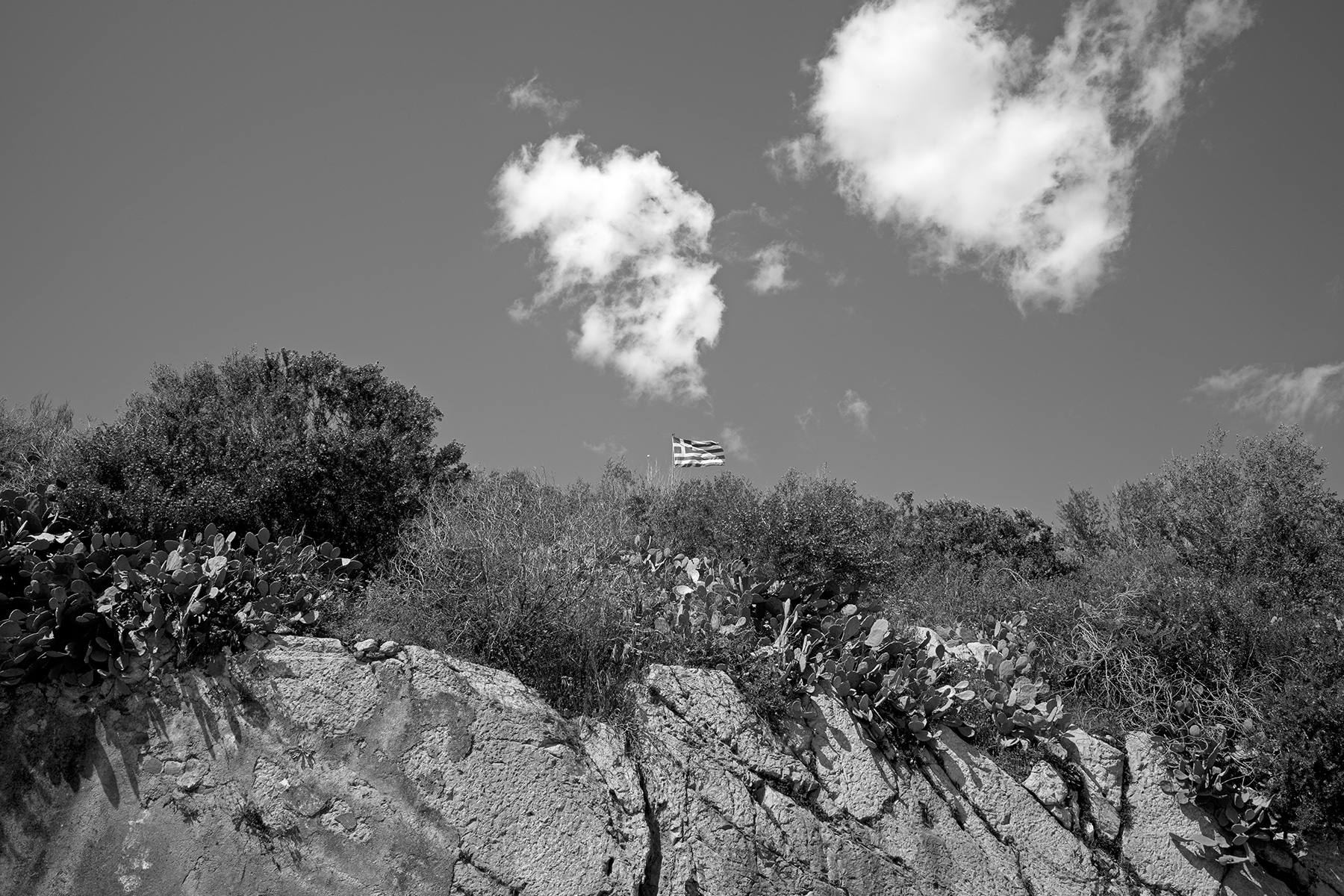 Eleusis _ 2018 - 2022 | 44/82
Eleusis _ 2018 - 2022 | 44/82  Eleusis _ 2018 - 2022 | 45/82
Eleusis _ 2018 - 2022 | 45/82  Eleusis _ 2018 - 2022 | 46/82
Eleusis _ 2018 - 2022 | 46/82 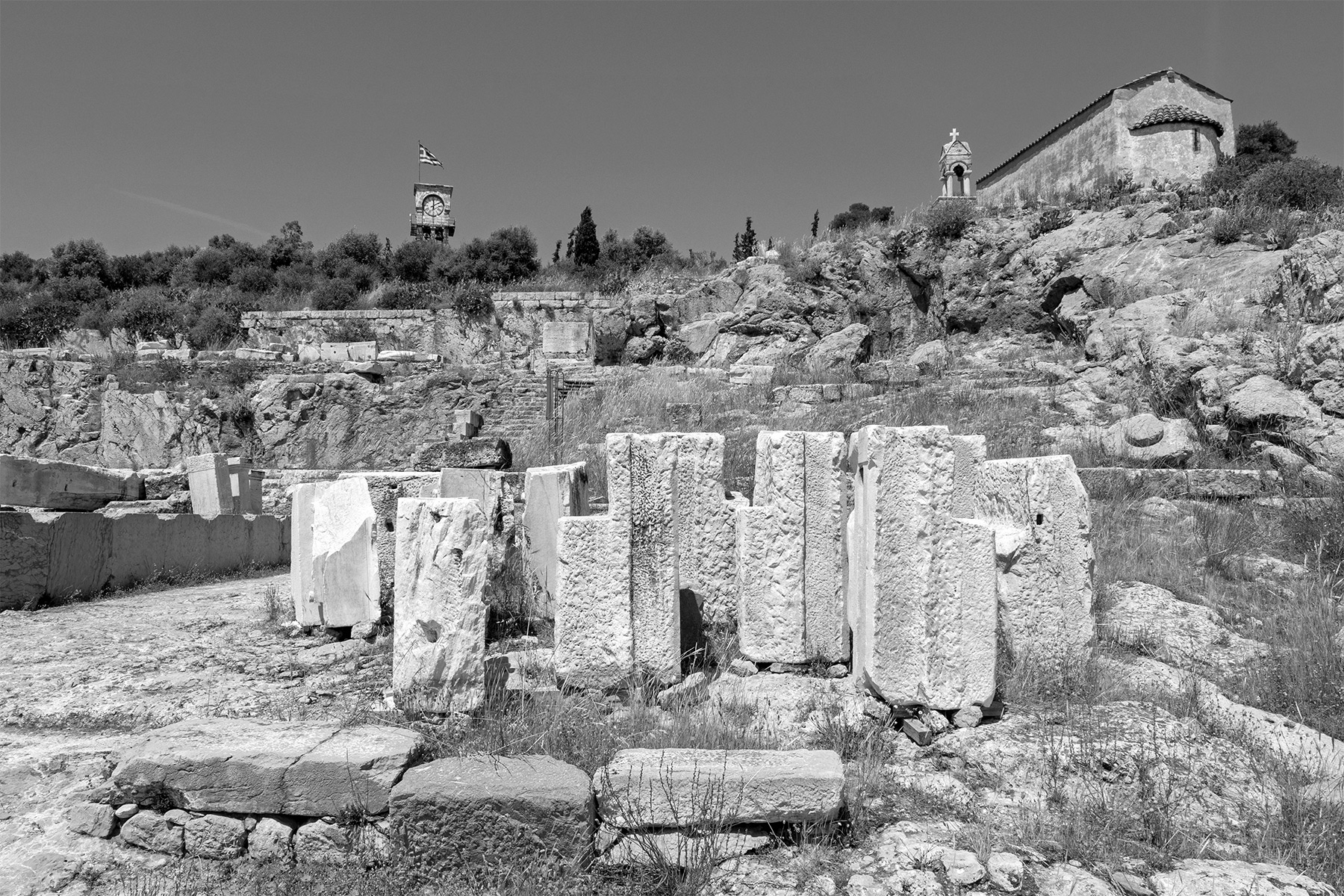 Eleusis _ 2018 - 2022 | 47/82
Eleusis _ 2018 - 2022 | 47/82 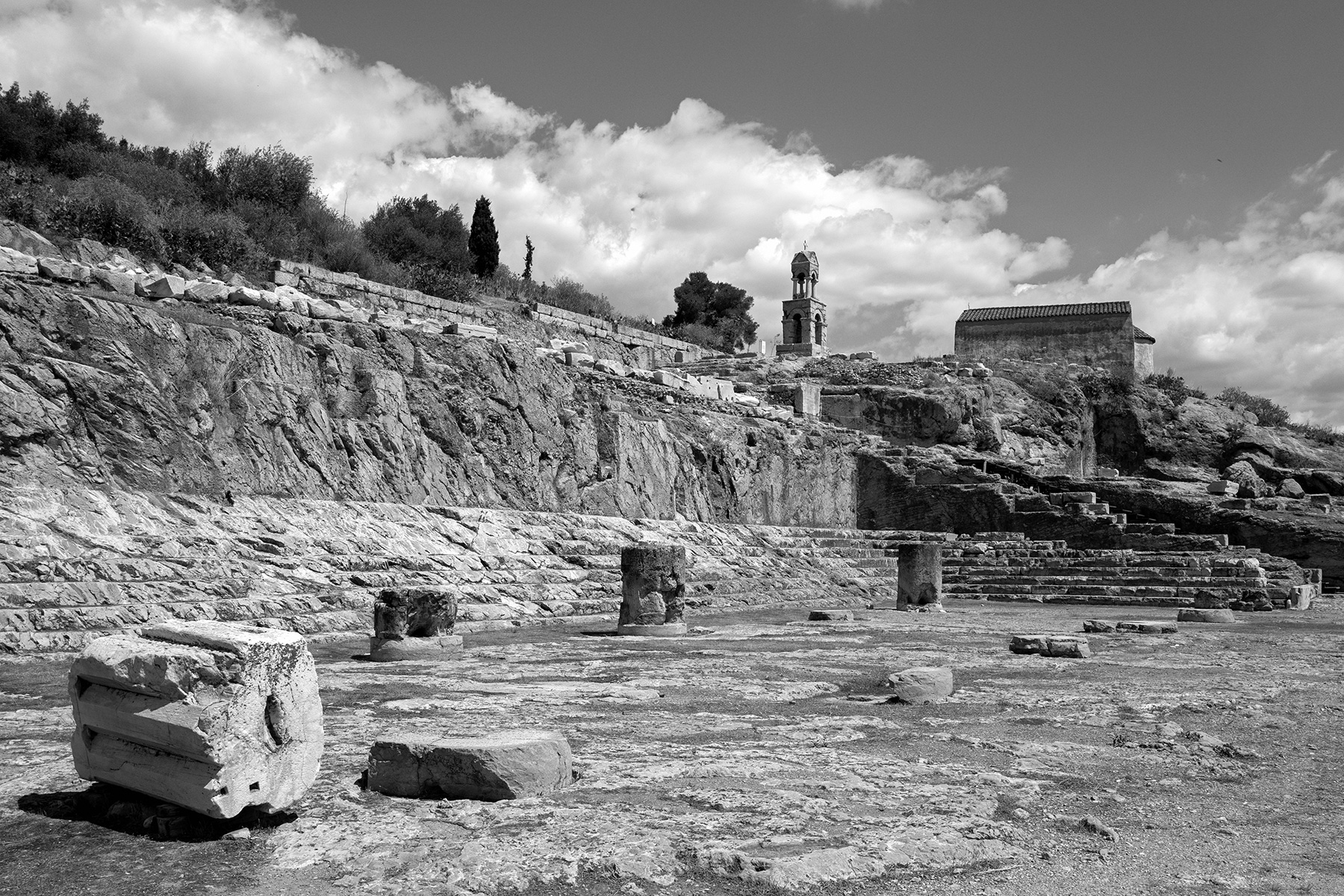 Eleusis _ 2018 - 2022 | 48/82
Eleusis _ 2018 - 2022 | 48/82 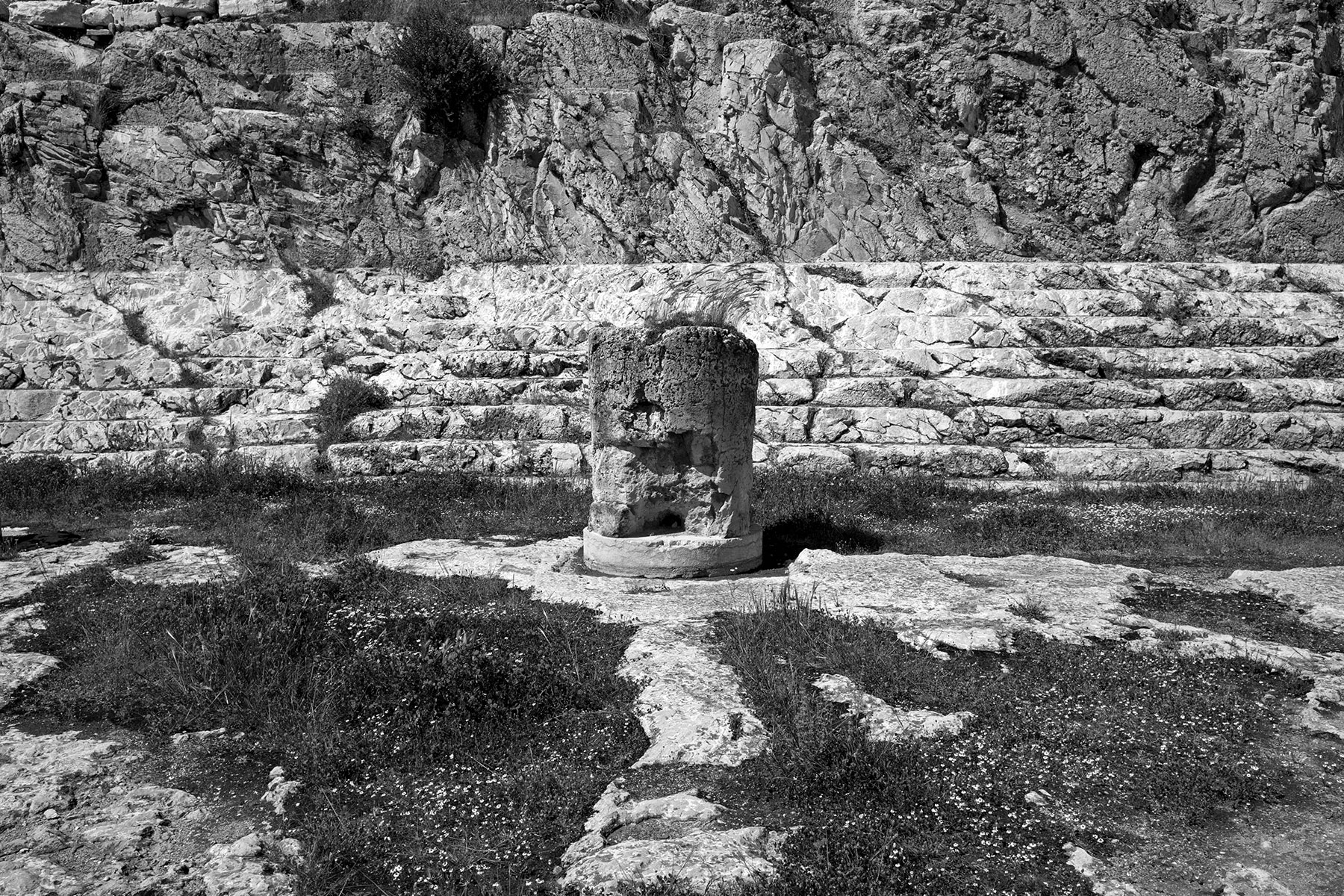 ElEleusis _ 2018 - 2022 | 49/82
ElEleusis _ 2018 - 2022 | 49/82 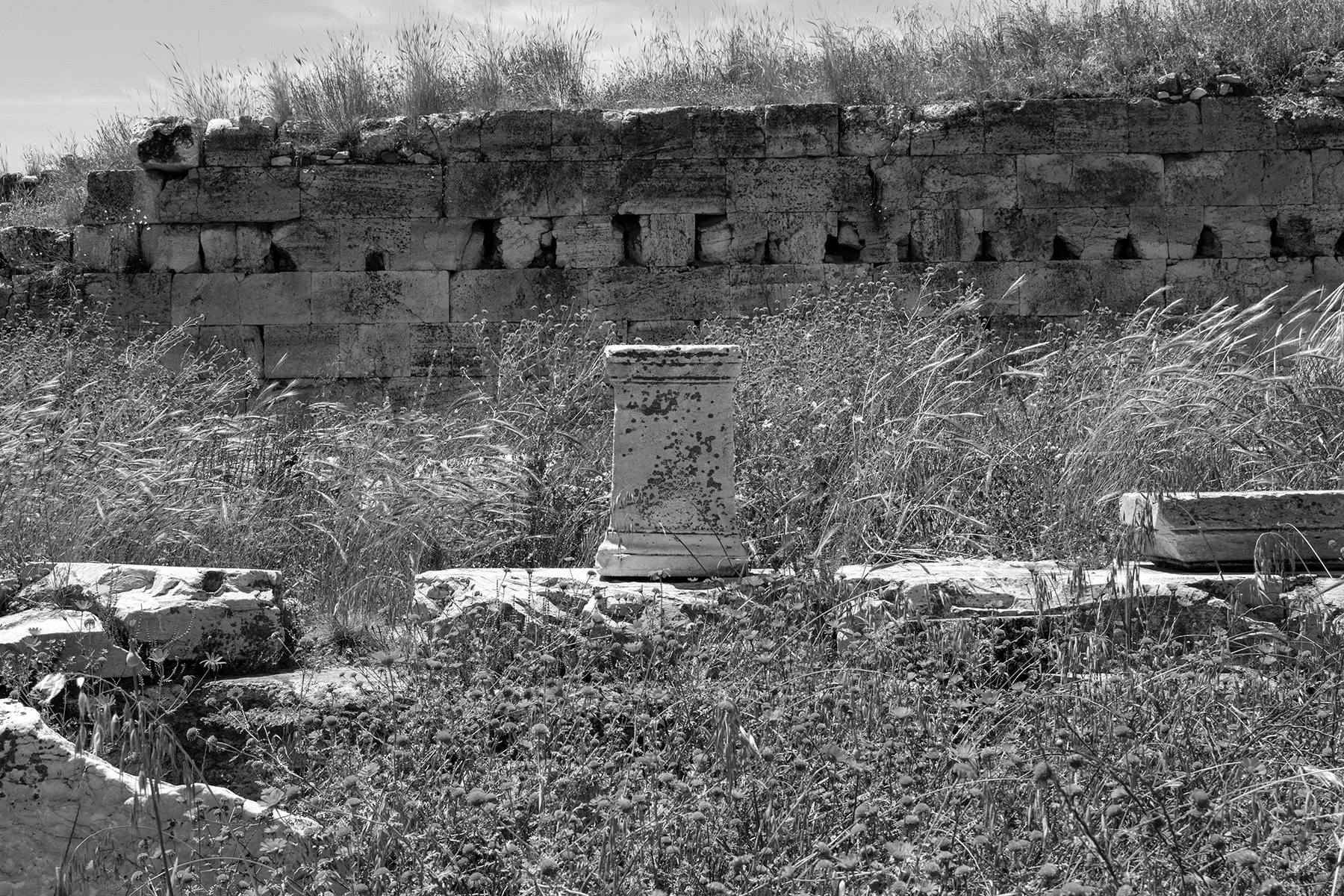 Eleusis _ 2018 - 2022 | 50/82
Eleusis _ 2018 - 2022 | 50/82 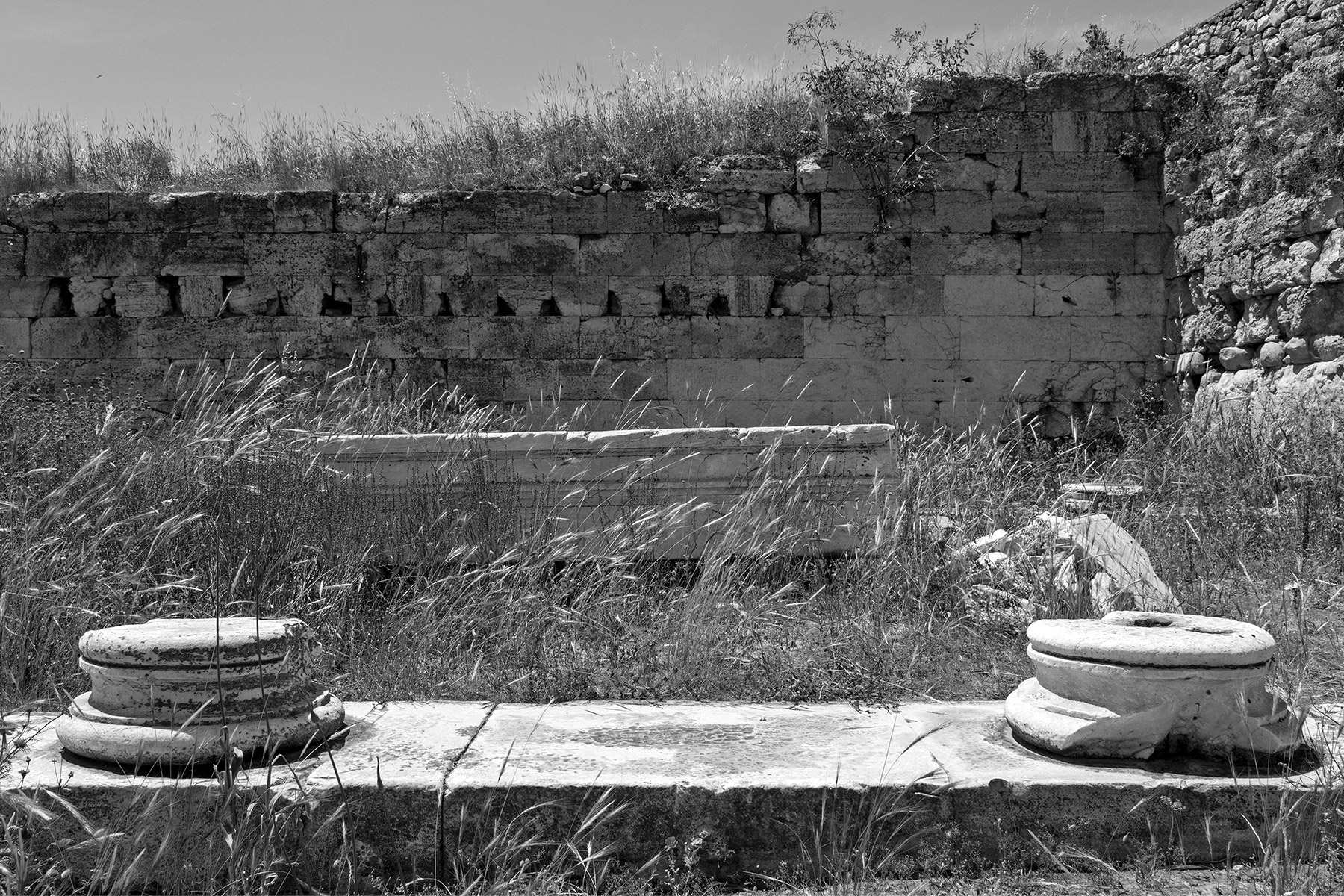 Eleusis _ 2018 - 2022 | 51/82
Eleusis _ 2018 - 2022 | 51/82 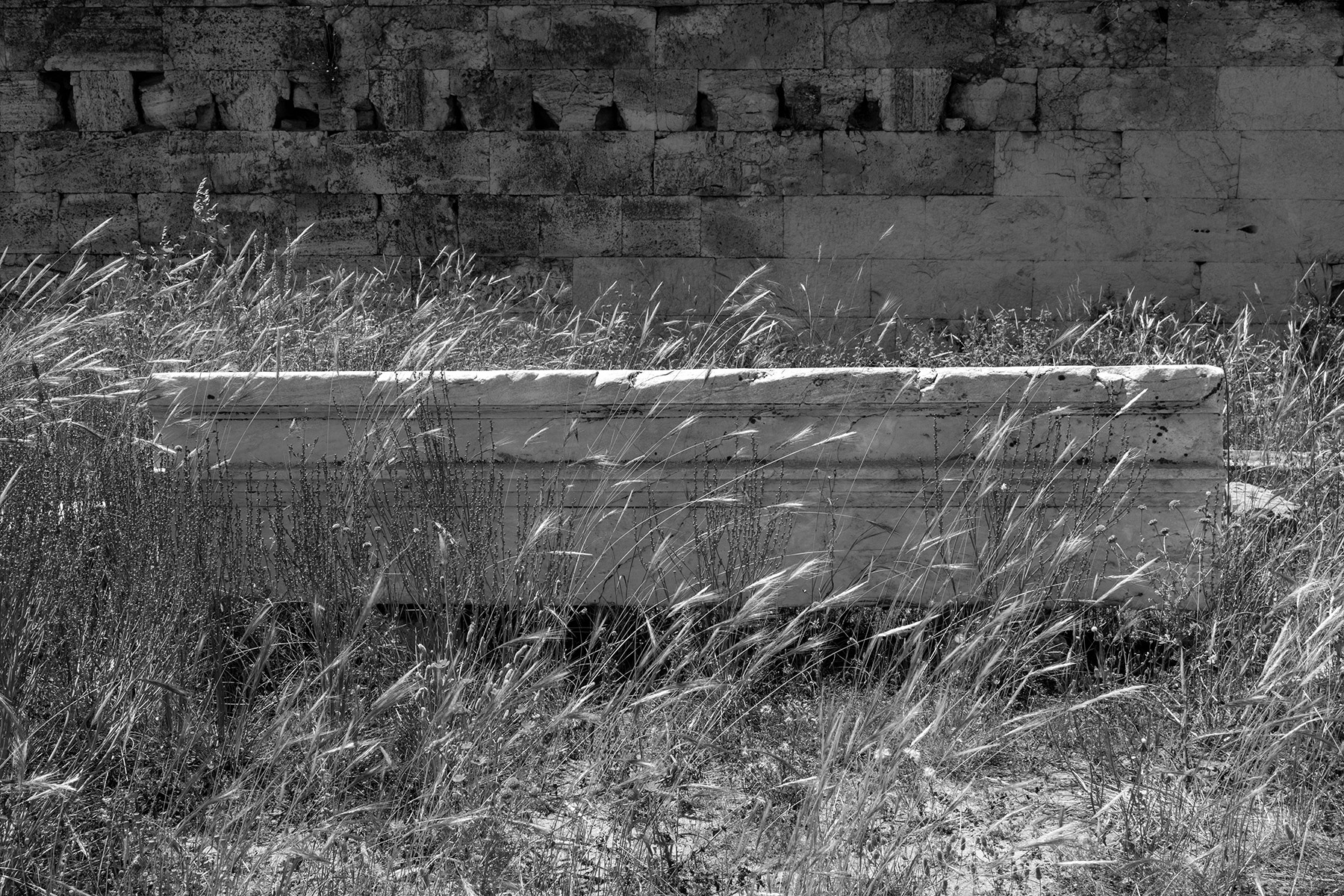 Eleusis _ 2018 - 2022 | 52/82
Eleusis _ 2018 - 2022 | 52/82 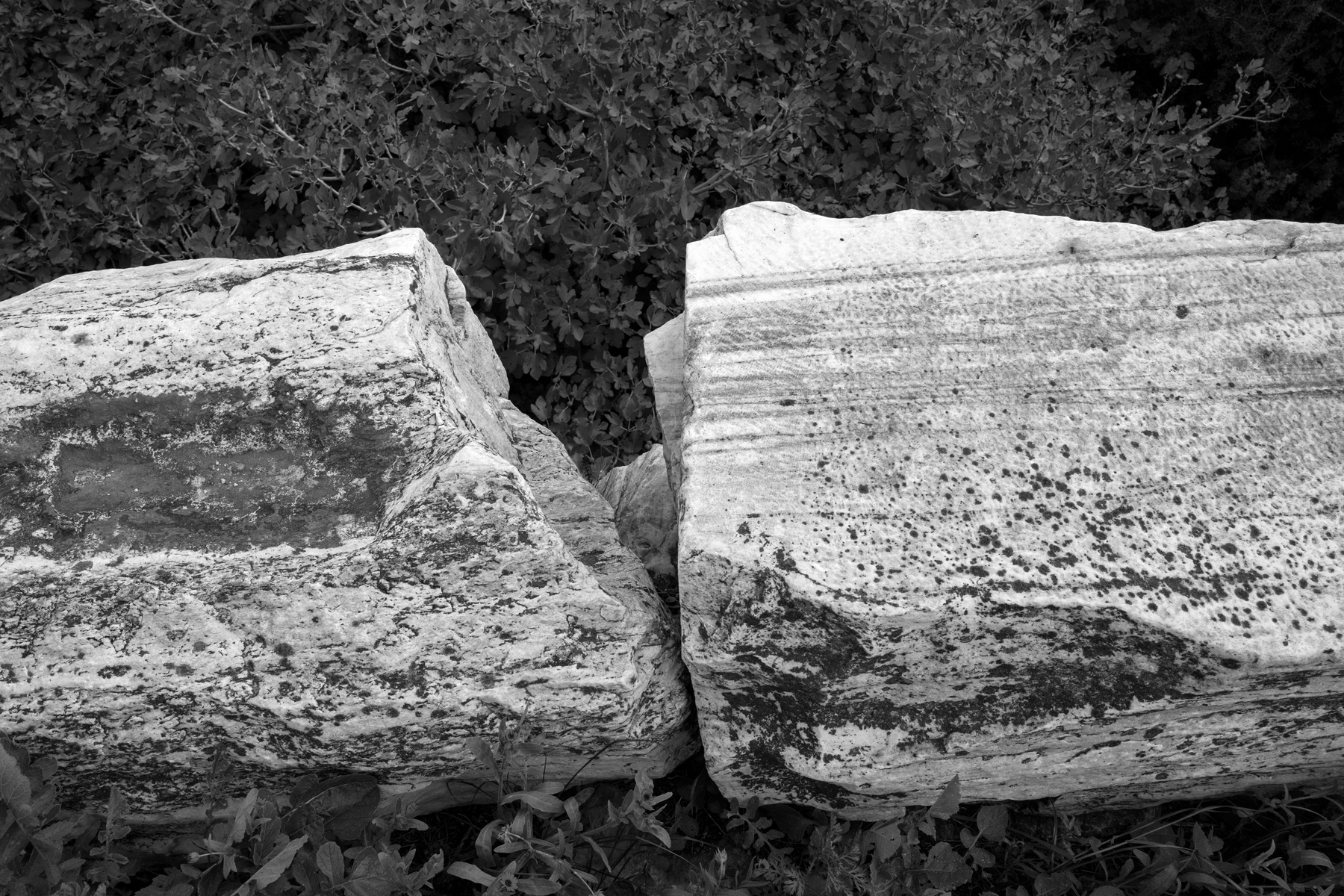 Eleusis _ 2018 - 2022 | 53/82
Eleusis _ 2018 - 2022 | 53/82 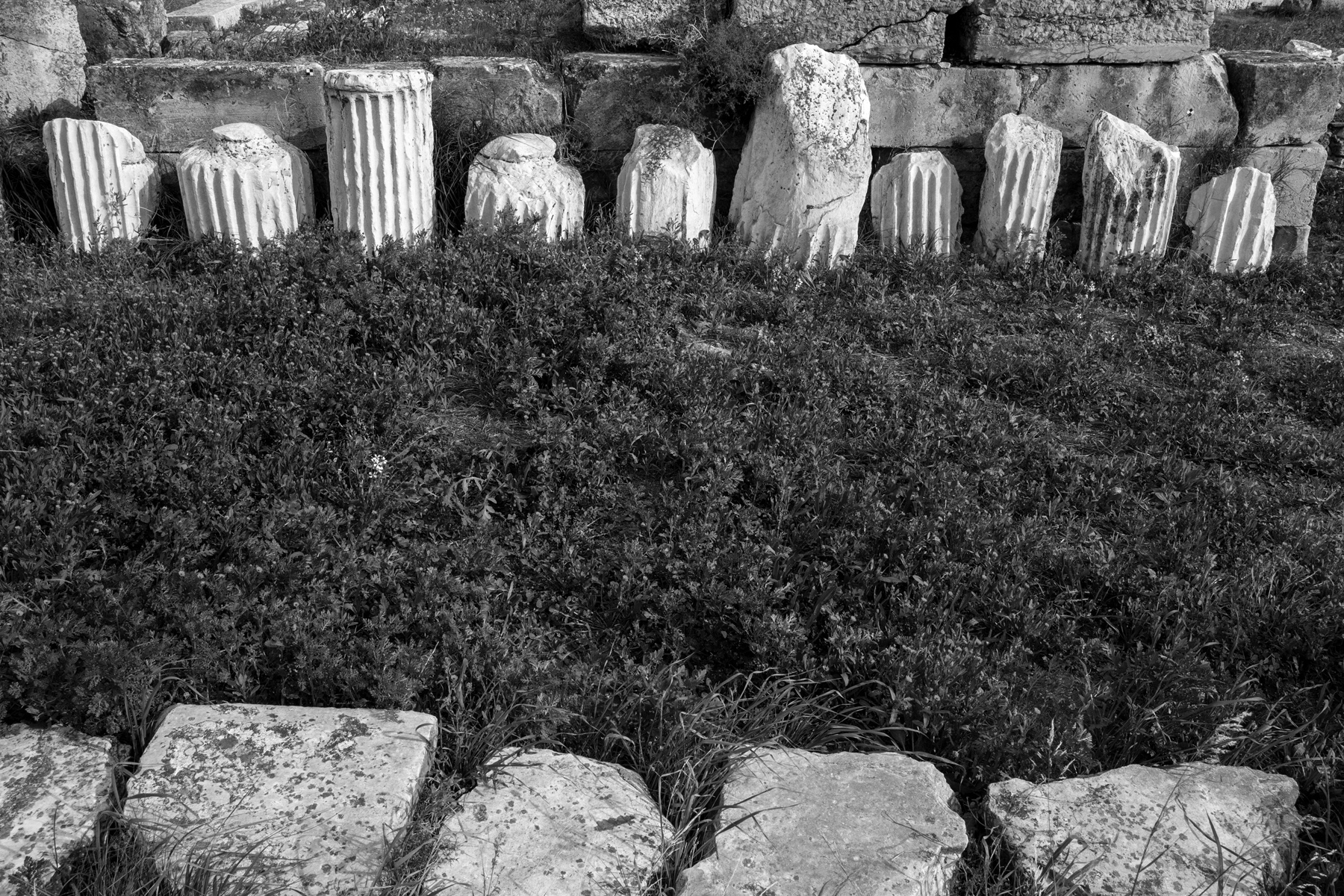 Eleusis _ 2018 - 2022 | 54/82
Eleusis _ 2018 - 2022 | 54/82 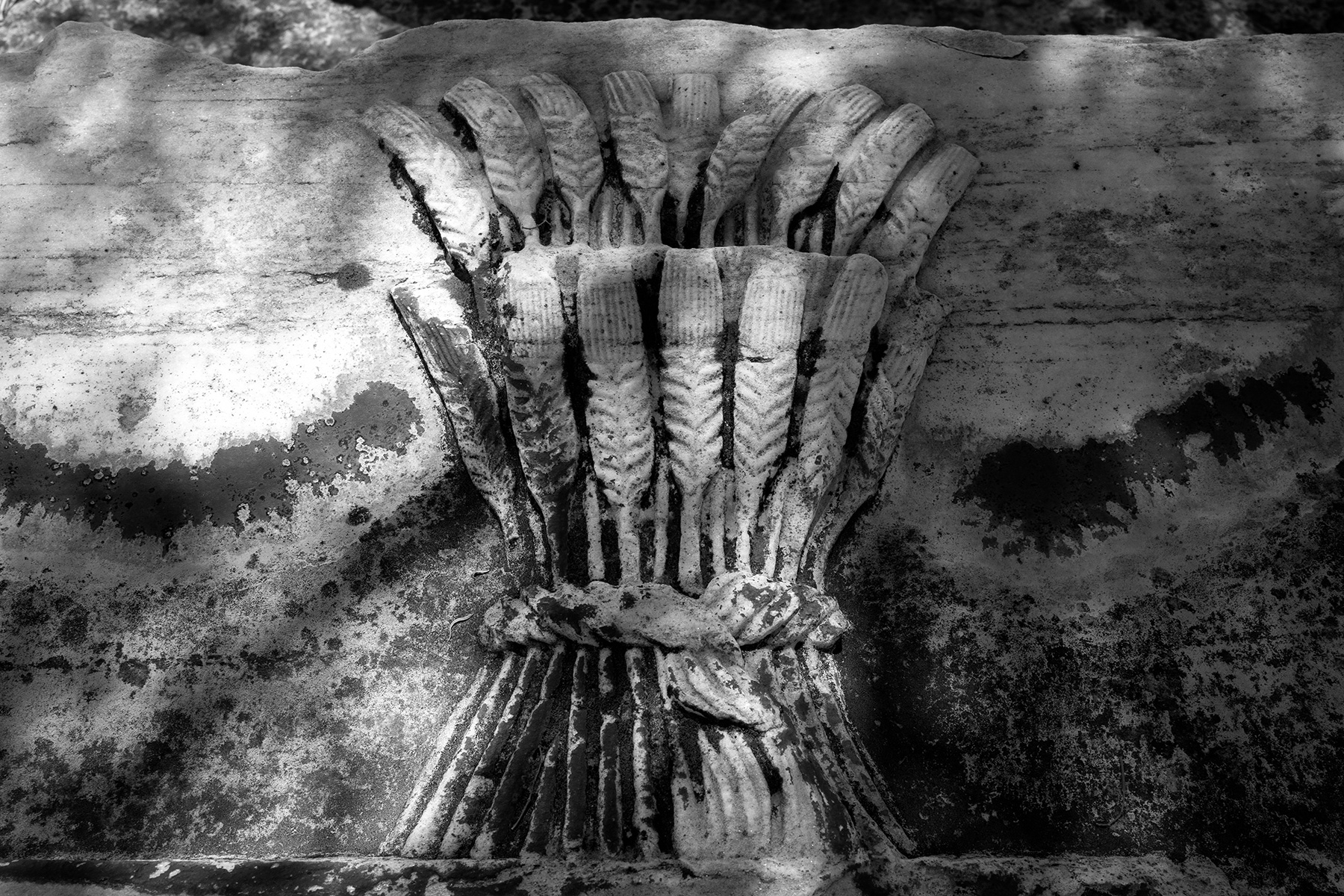 Eleusis _ 2018 - 2022 | 55/82
Eleusis _ 2018 - 2022 | 55/82 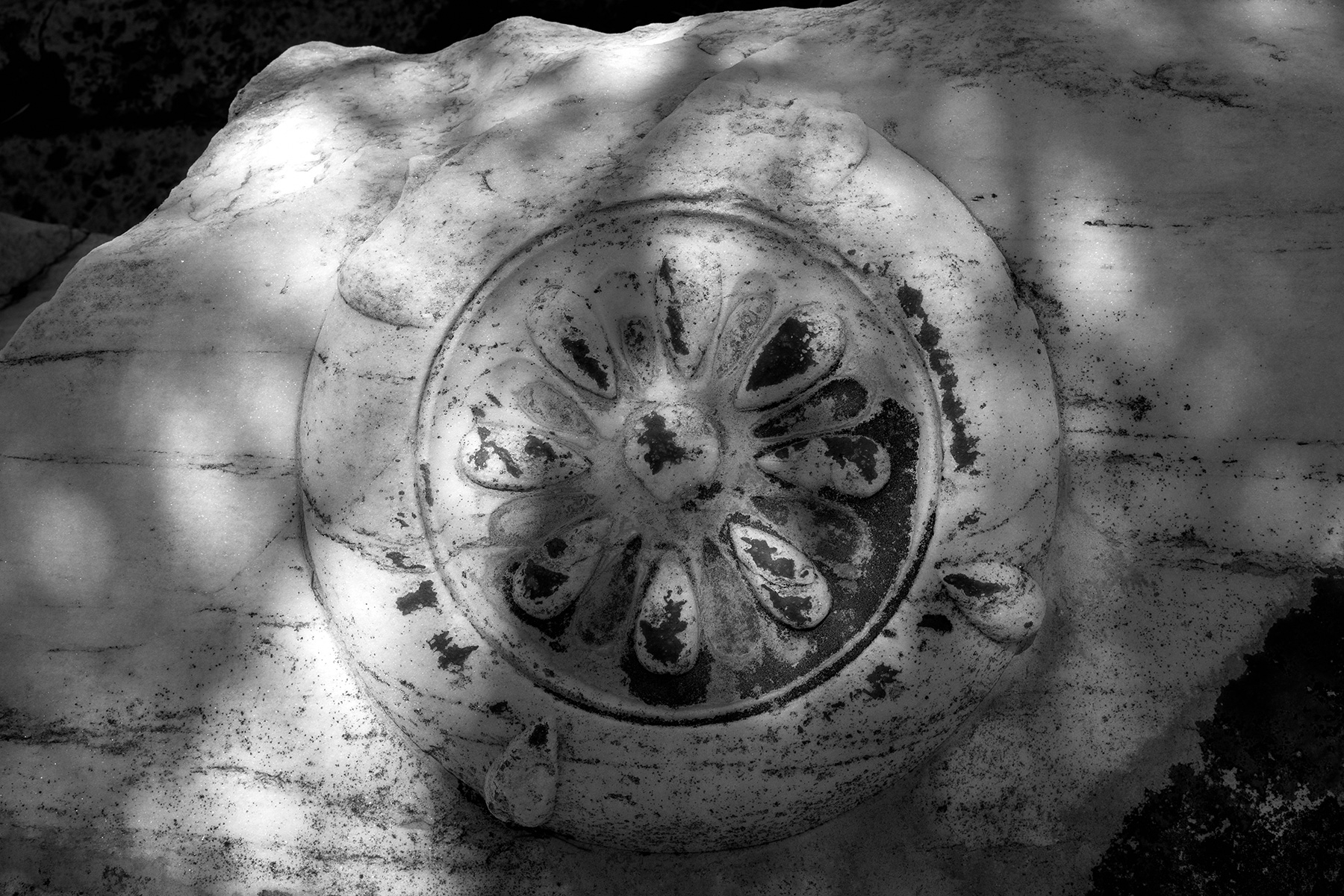 Eleusis _ 2018 - 2022 | 56/82
Eleusis _ 2018 - 2022 | 56/82 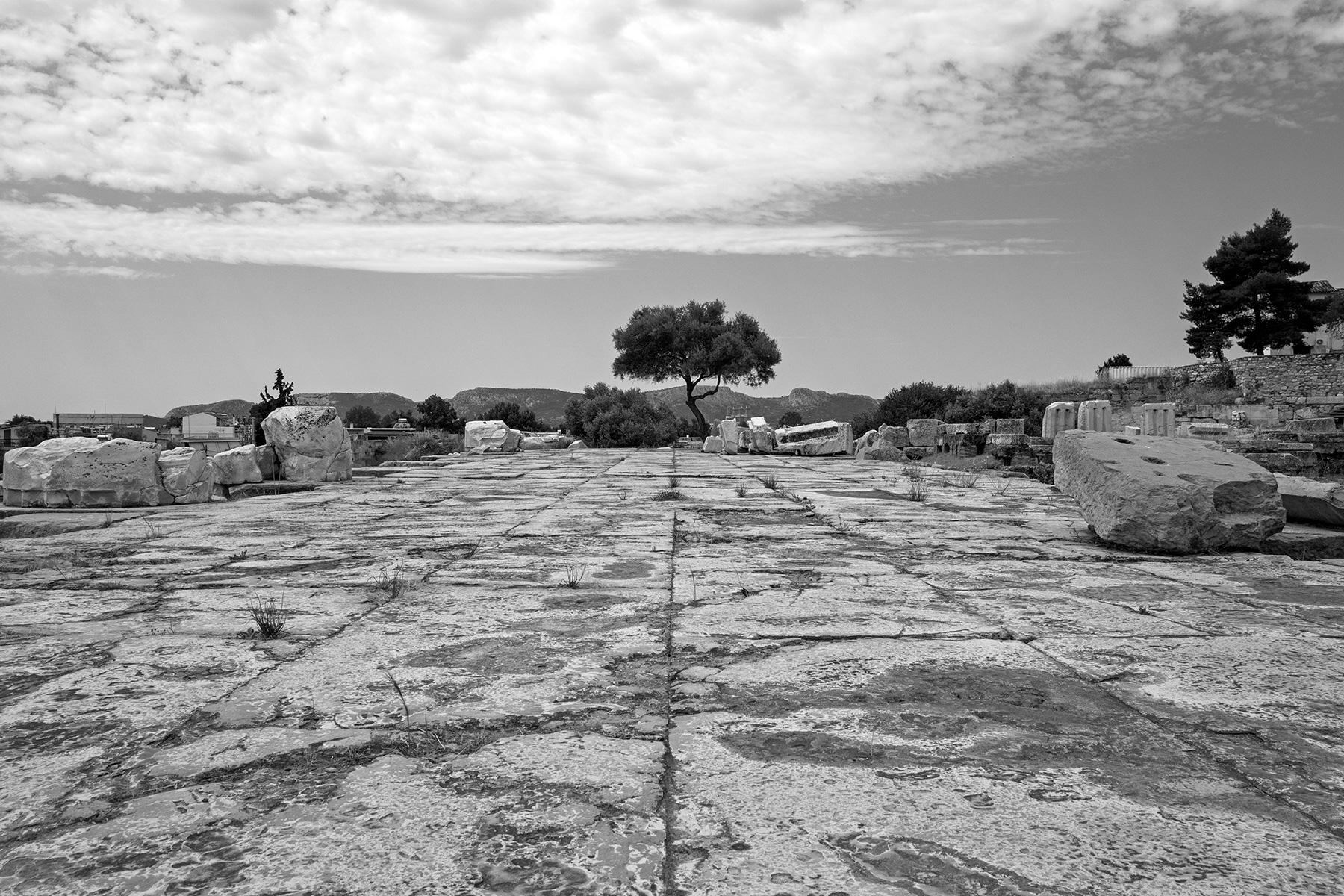 Eleusis _ 2018 - 2022 | 57/82
Eleusis _ 2018 - 2022 | 57/82 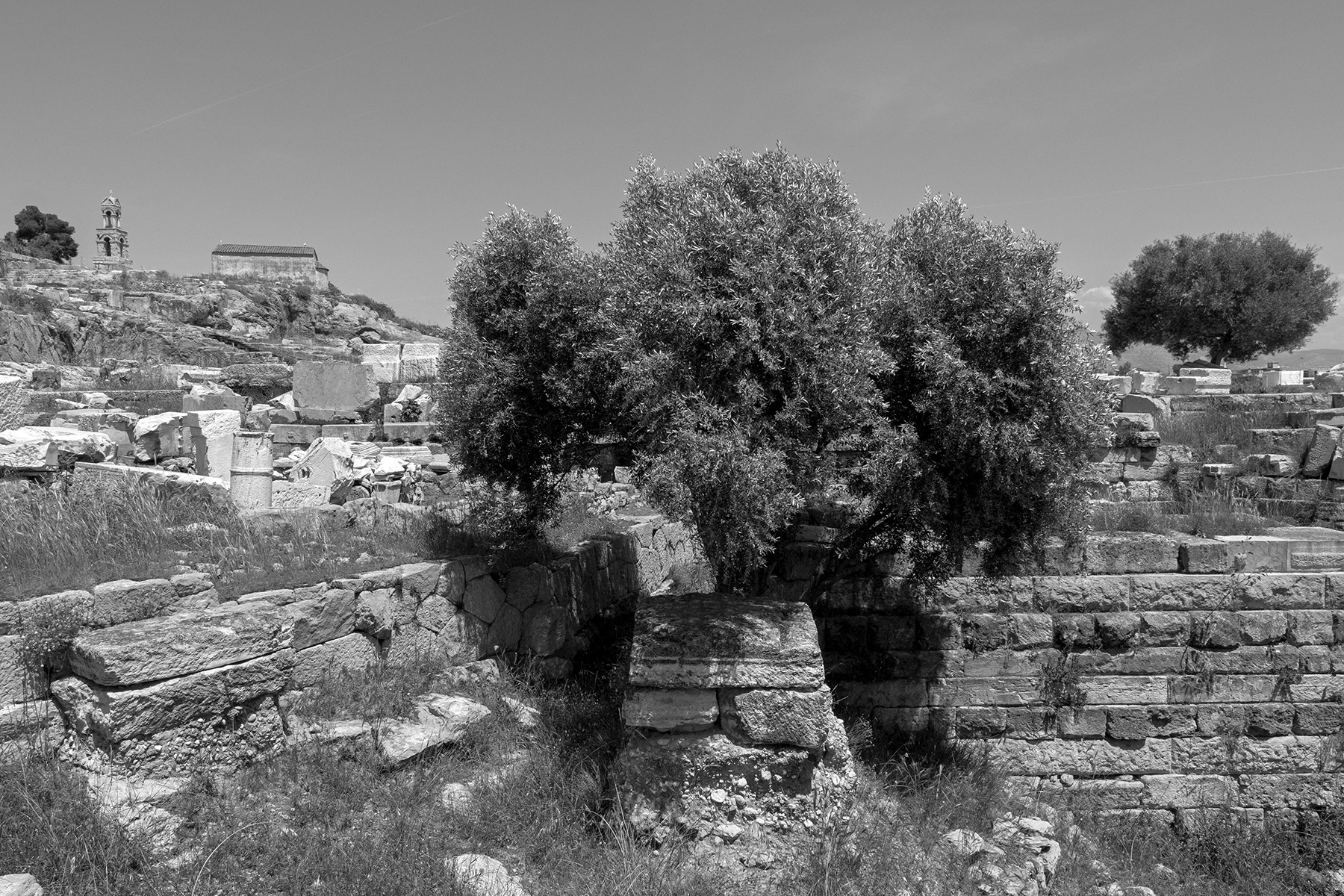 Eleusis _ 2018 - 2022 | 58/82
Eleusis _ 2018 - 2022 | 58/82 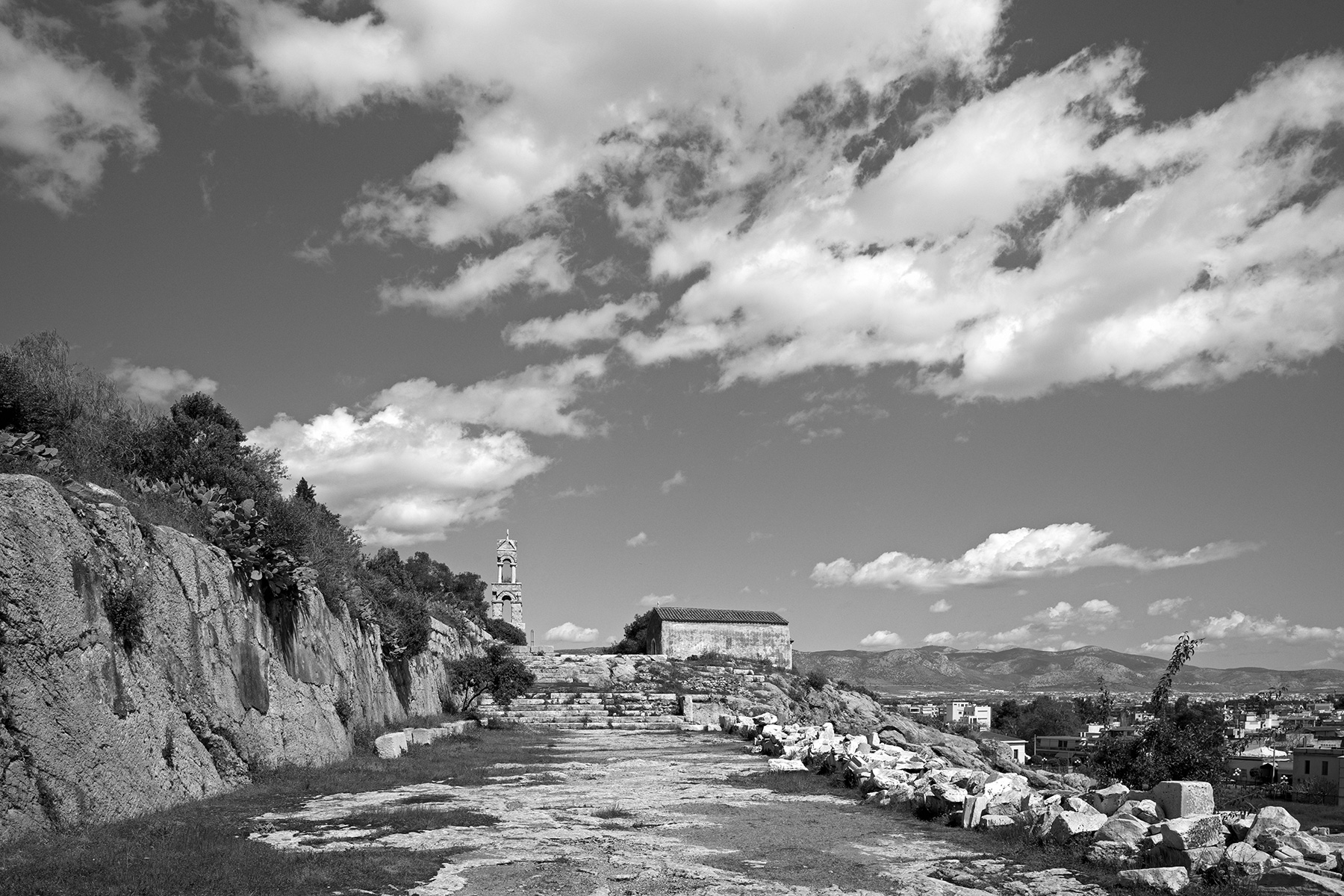 Eleusis _ 2018 - 2022 | 59/82
Eleusis _ 2018 - 2022 | 59/82 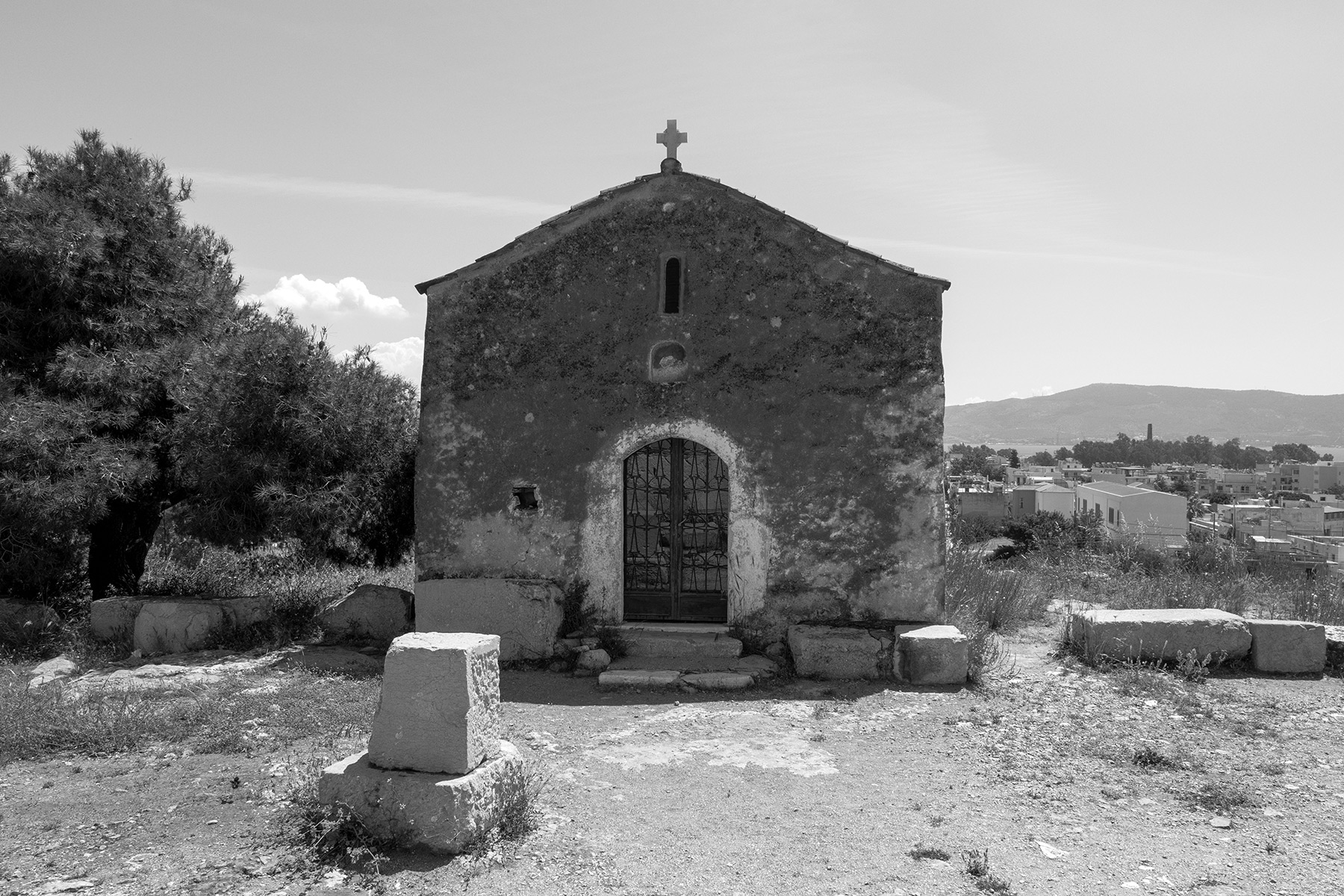 Eleusis _ 2018 - 2022 | 60/82
Eleusis _ 2018 - 2022 | 60/82  Eleusis _ 2018 - 2022 | 61/82
Eleusis _ 2018 - 2022 | 61/82  Eleusis _ 2018 - 2022 | 62/82
Eleusis _ 2018 - 2022 | 62/82 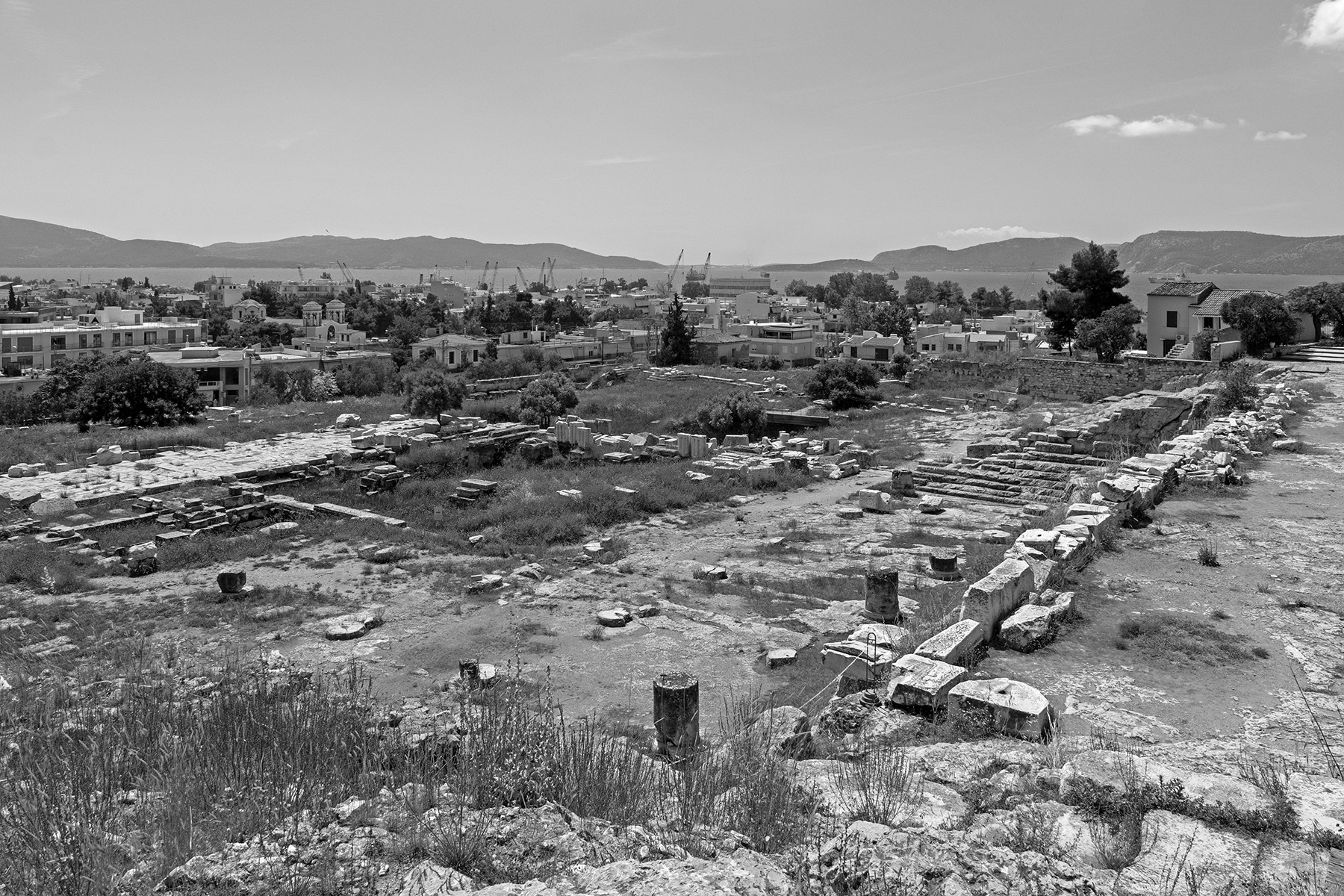 Eleusis _ 2018 - 2022 | 63/82
Eleusis _ 2018 - 2022 | 63/82 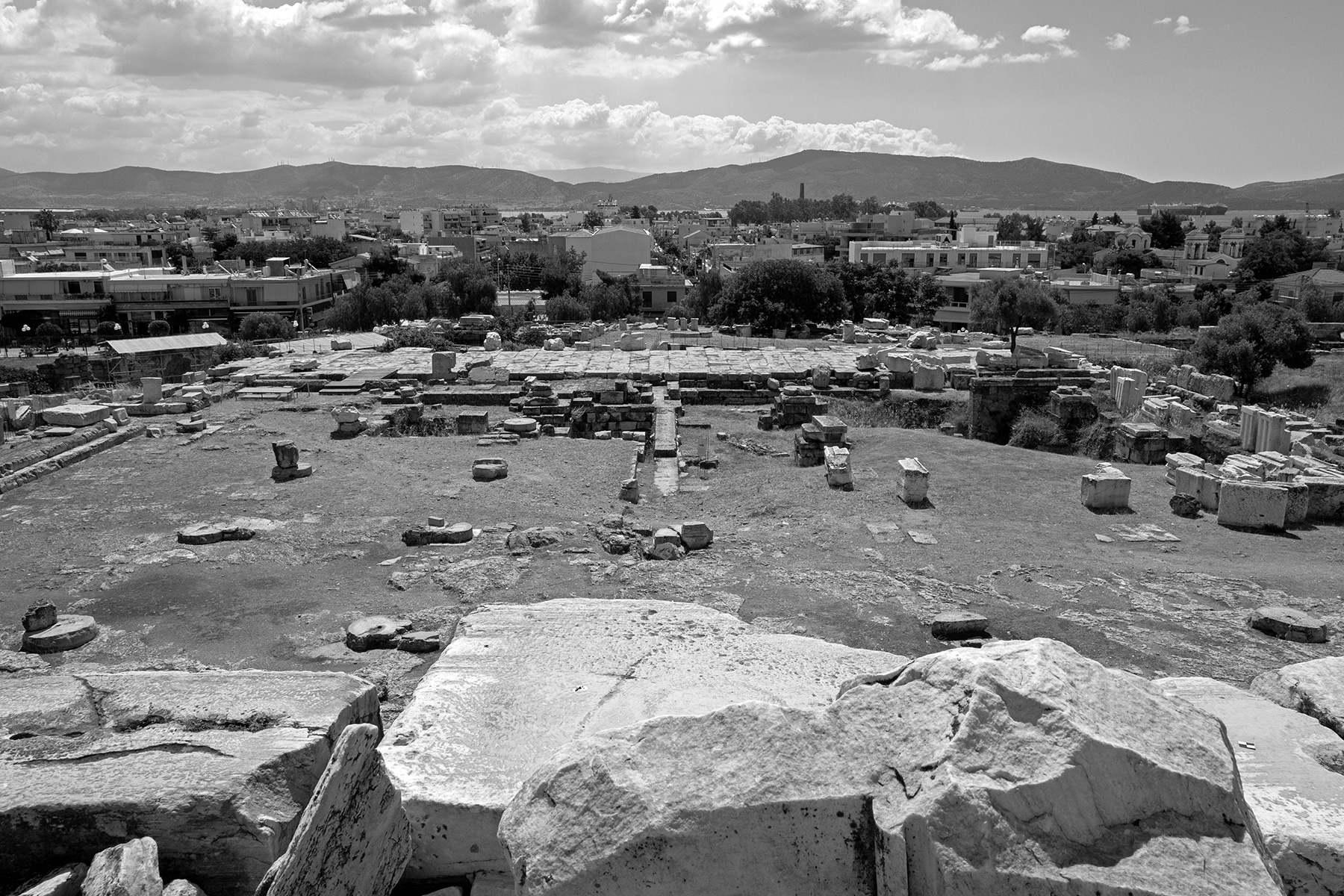 Eleusis _ 2018 - 2022 | 64/82
Eleusis _ 2018 - 2022 | 64/82 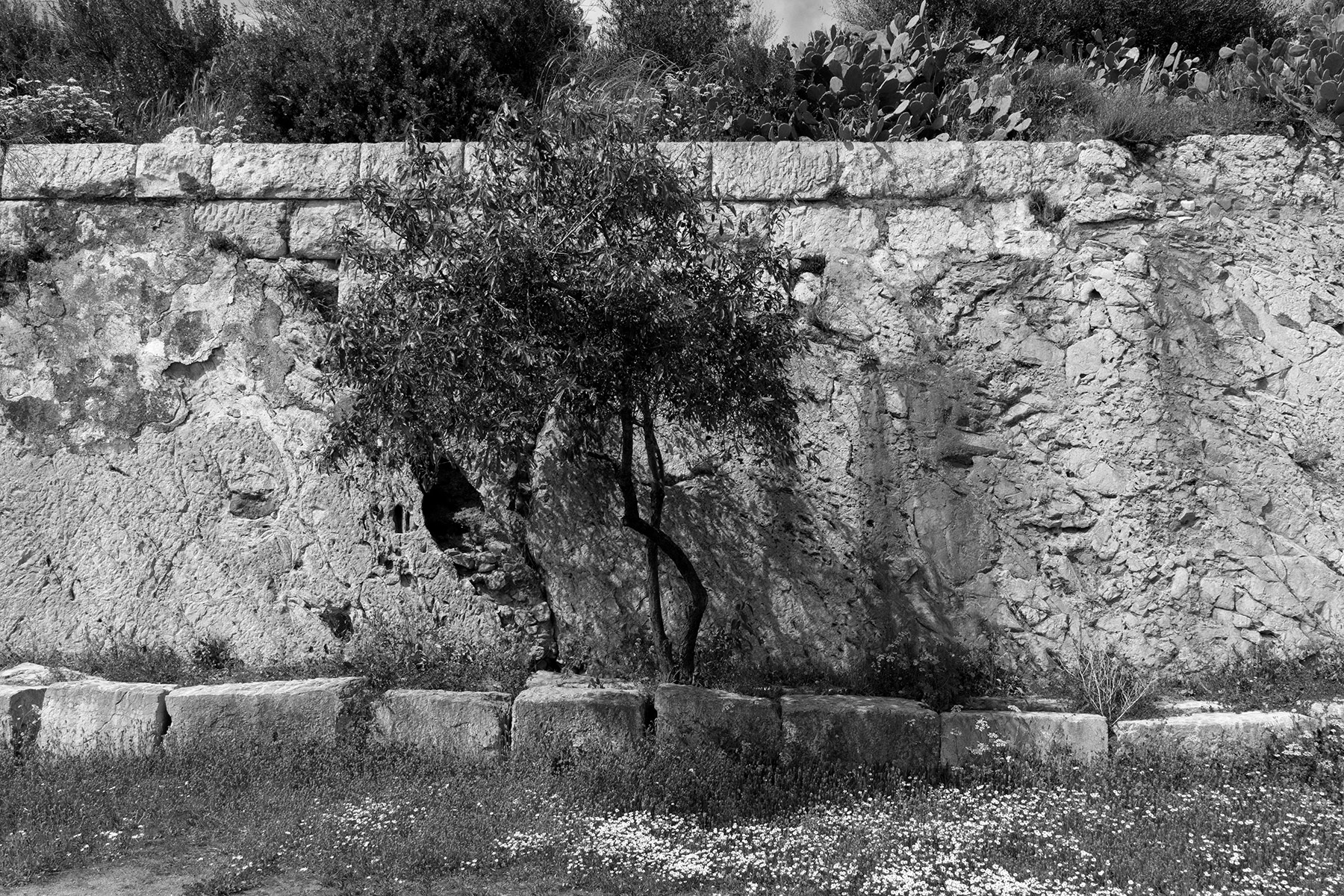 Eleusis _ 2018 - 2022 | 65/82
Eleusis _ 2018 - 2022 | 65/82 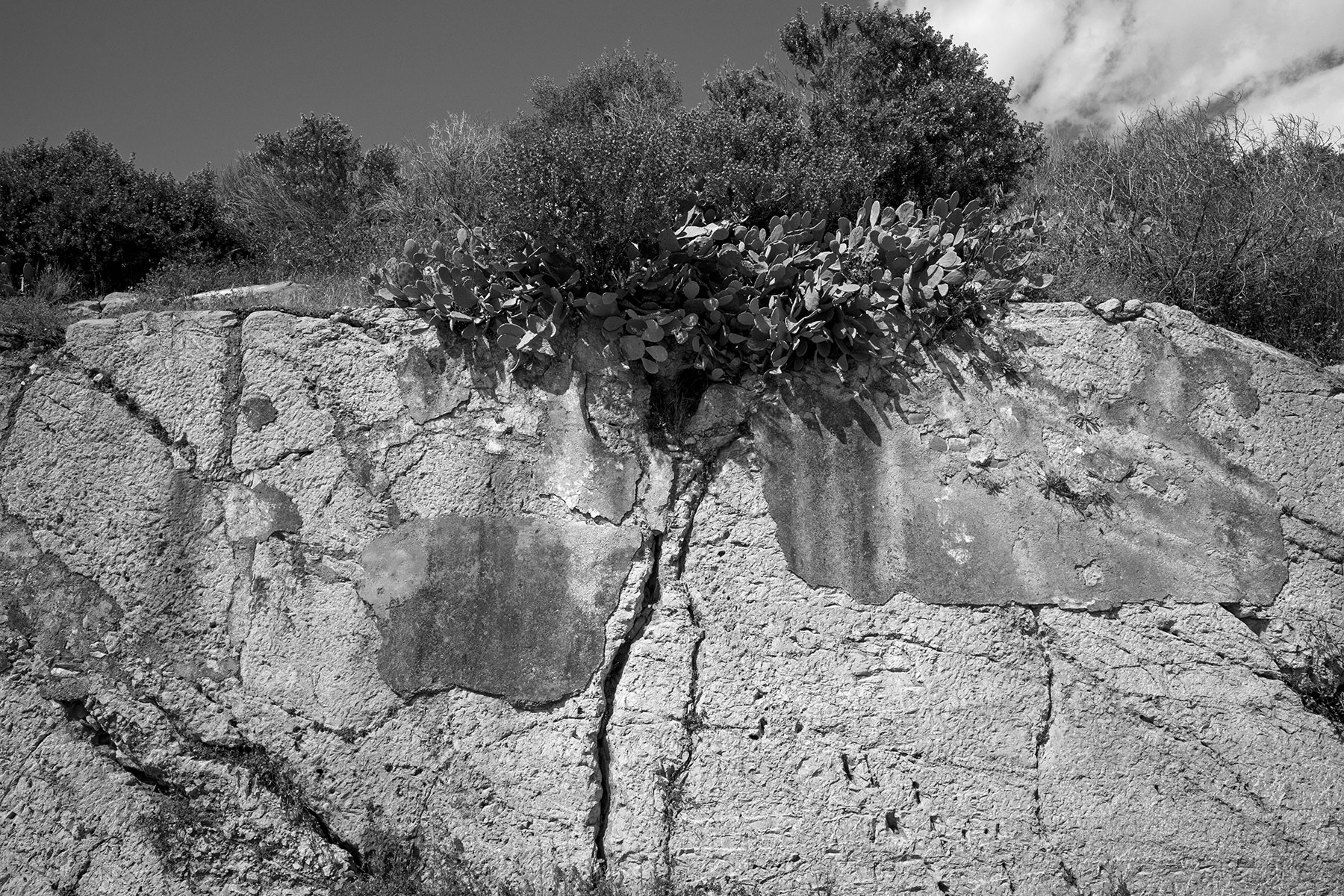 Eleusis _ 2018 - 2022 | 66/82
Eleusis _ 2018 - 2022 | 66/82 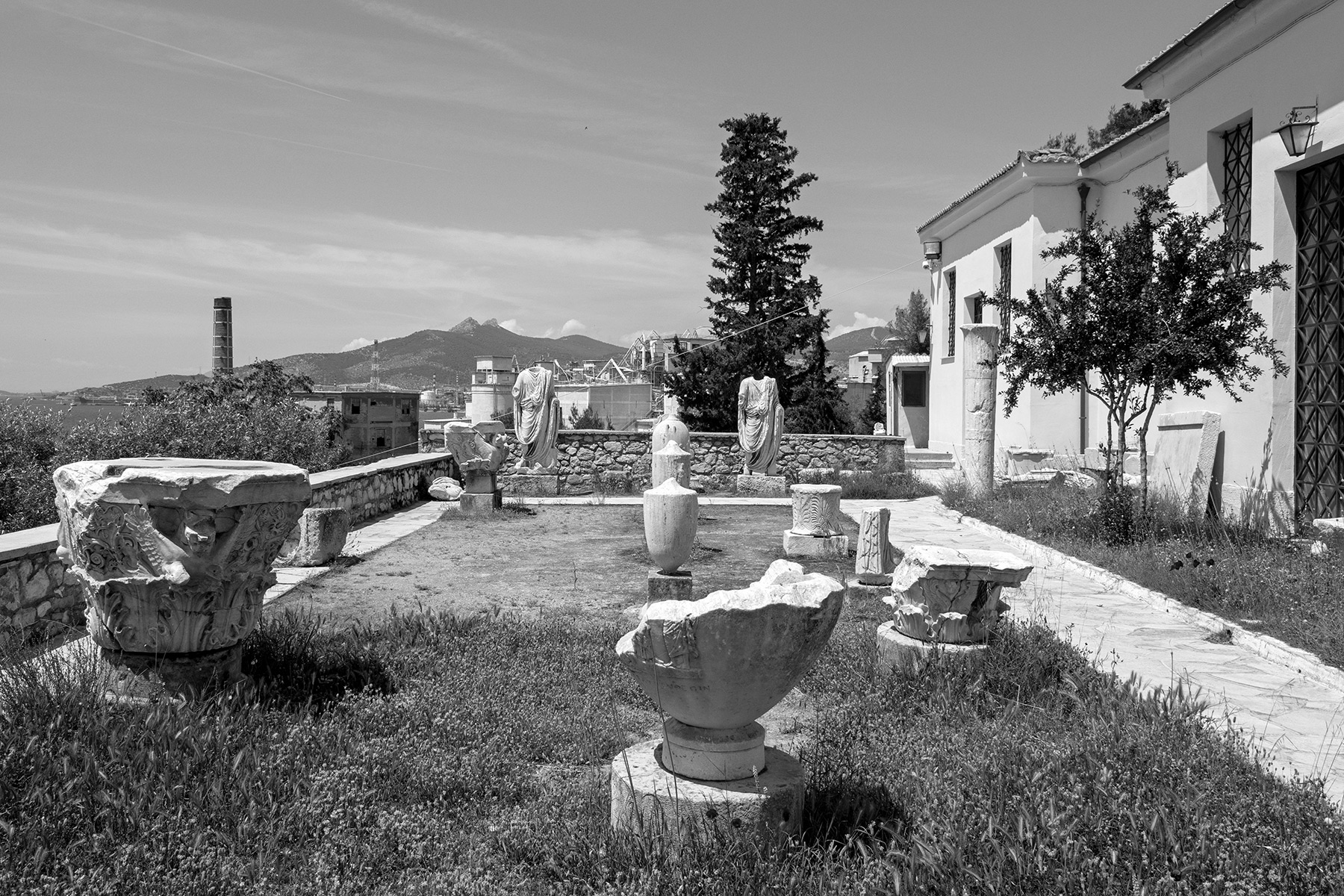 Eleusis _ 2018 - 2022 | 67/82
Eleusis _ 2018 - 2022 | 67/82 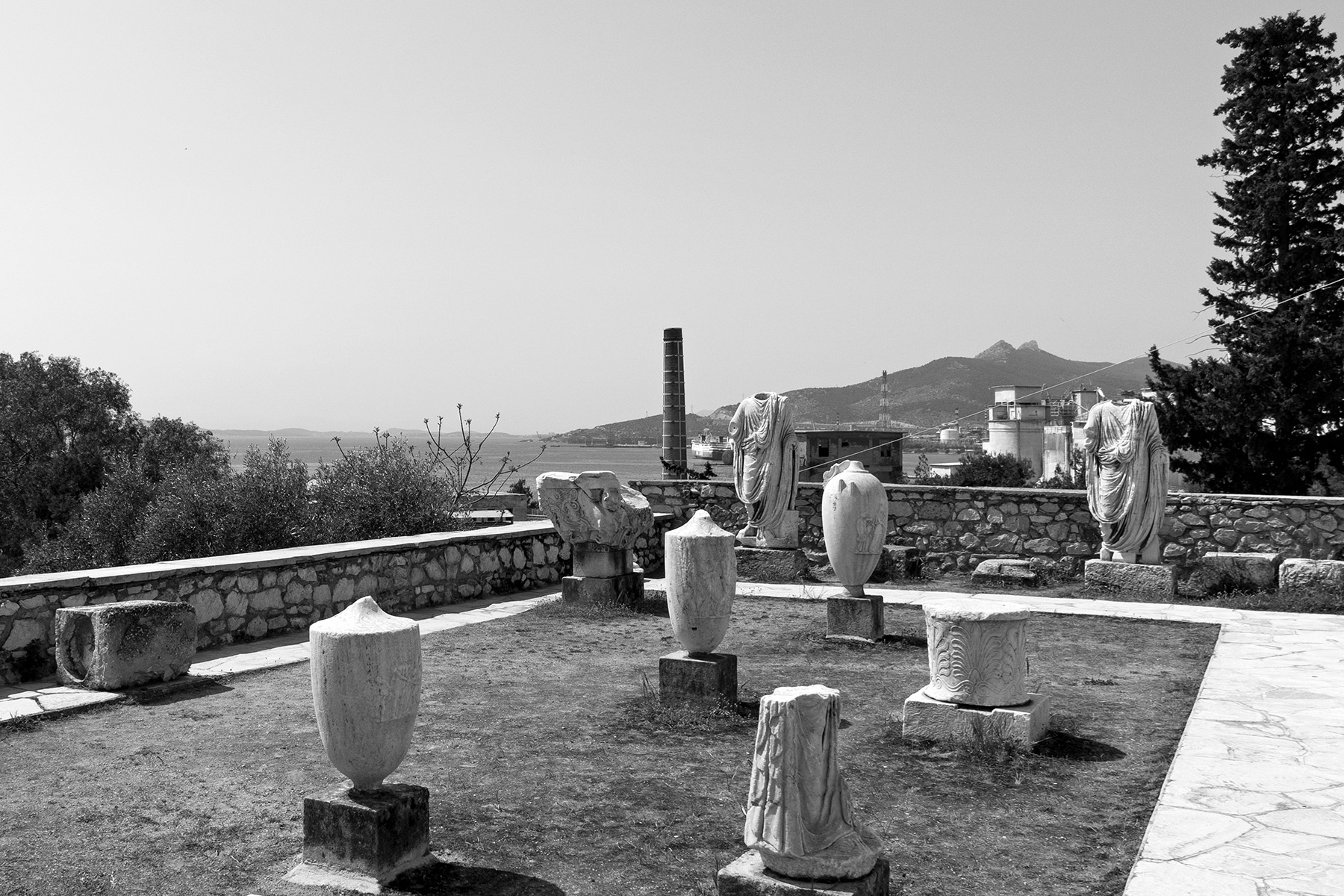 Eleusis _ 2018 - 2022 | 68/82
Eleusis _ 2018 - 2022 | 68/82 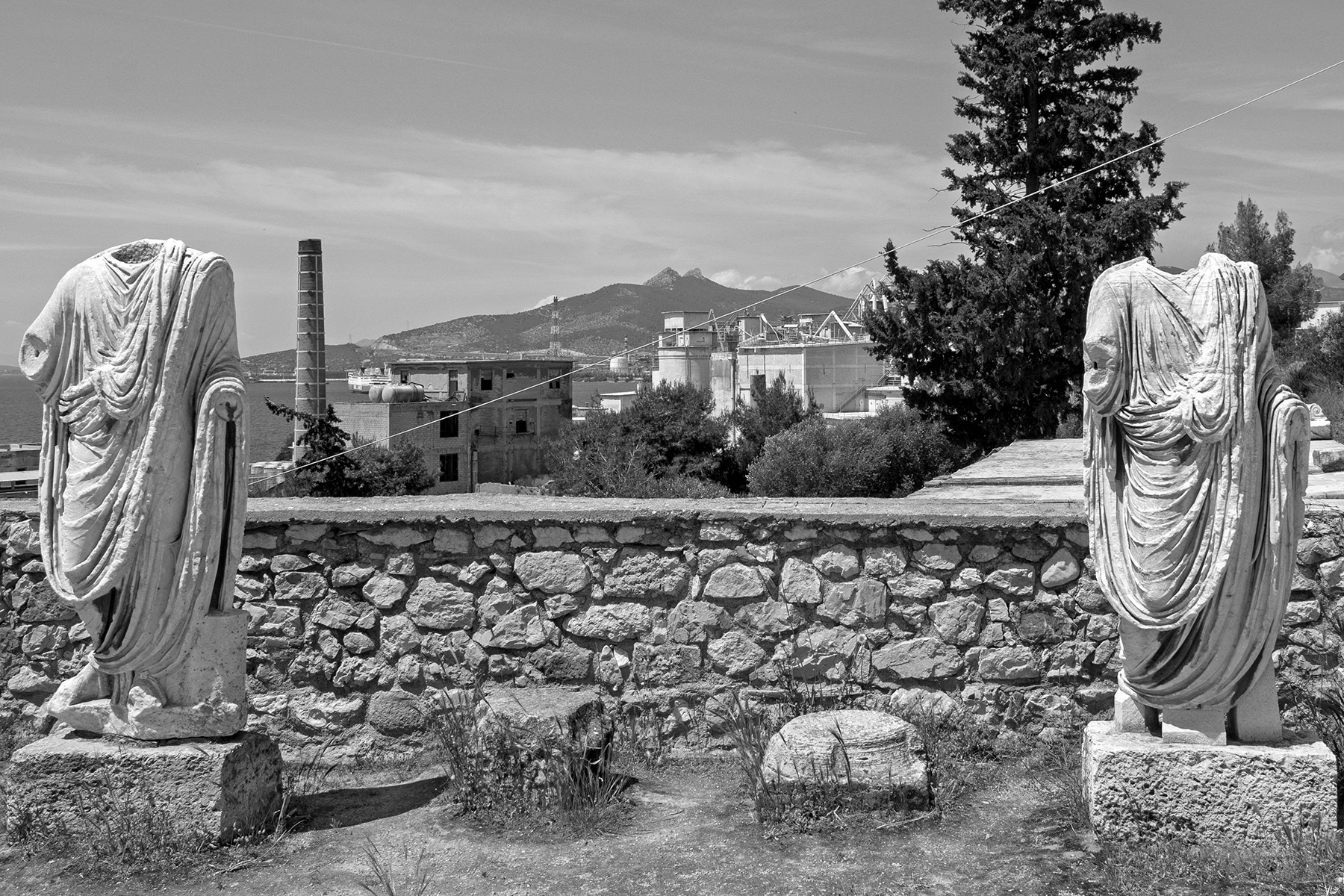 Eleusis _ 2018 - 2022 | 69/82
Eleusis _ 2018 - 2022 | 69/82 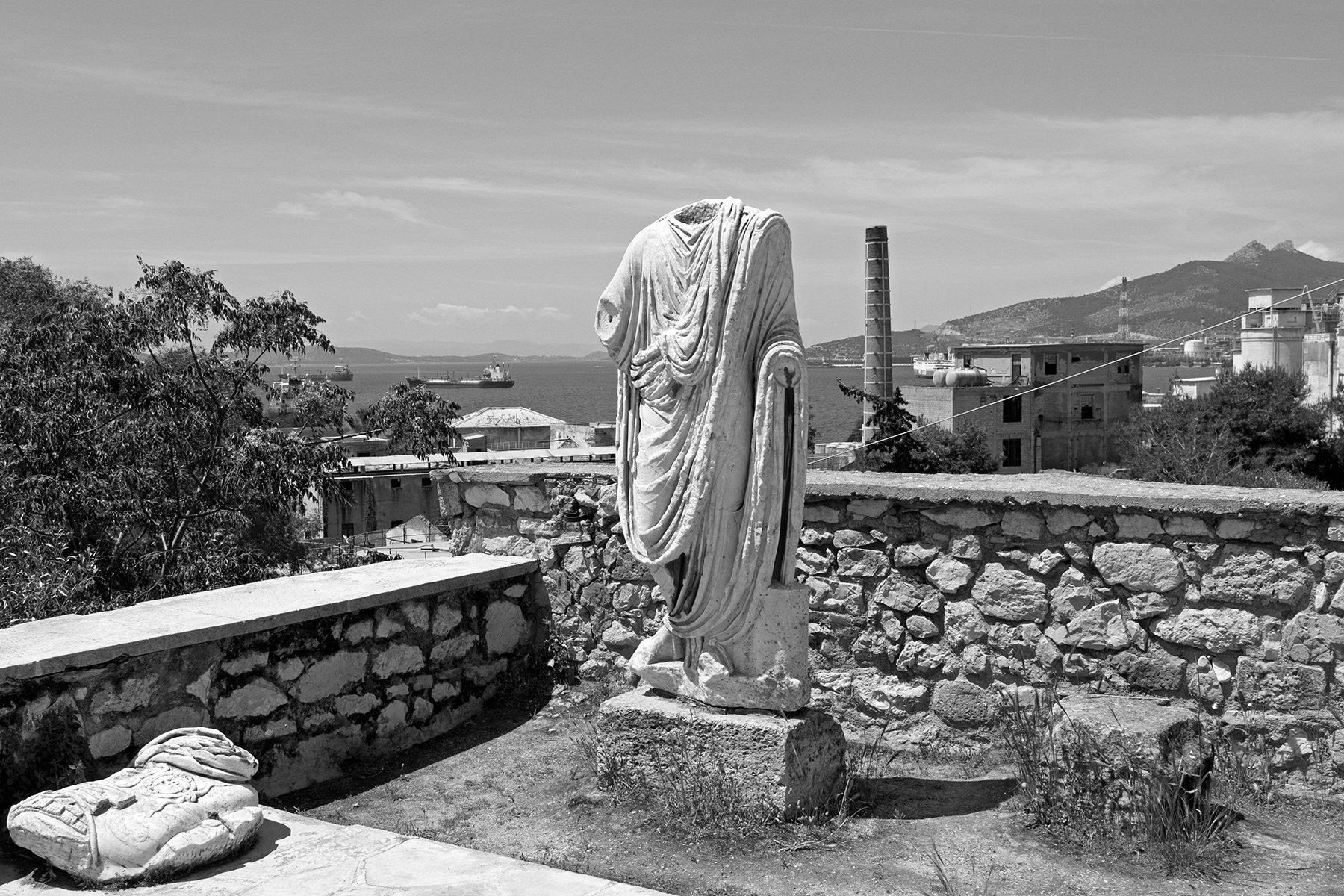 Eleusis _ 2018 - 2022 | 70/82
Eleusis _ 2018 - 2022 | 70/82 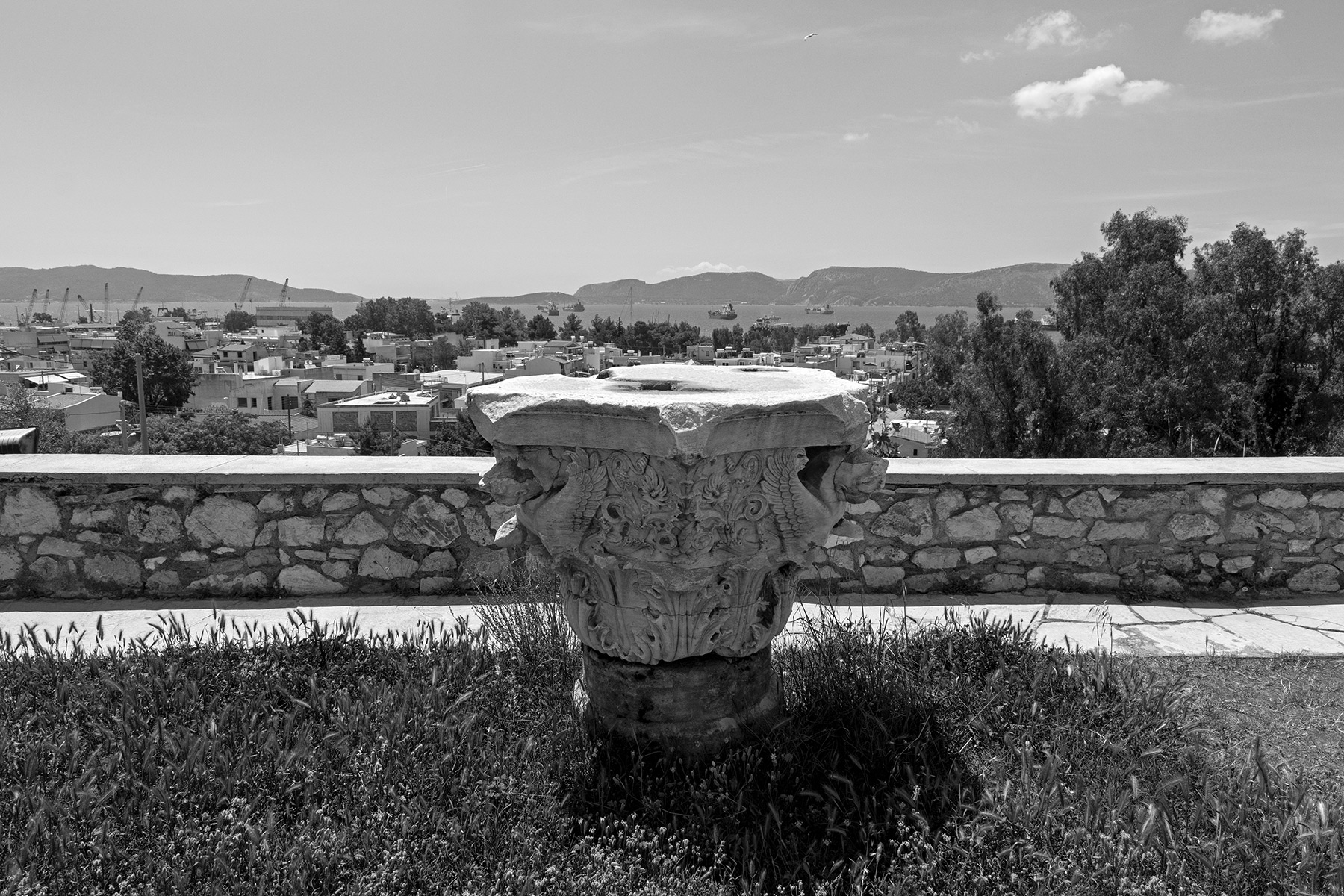 Eleusis _ 2018 - 2022 | 71/82
Eleusis _ 2018 - 2022 | 71/82 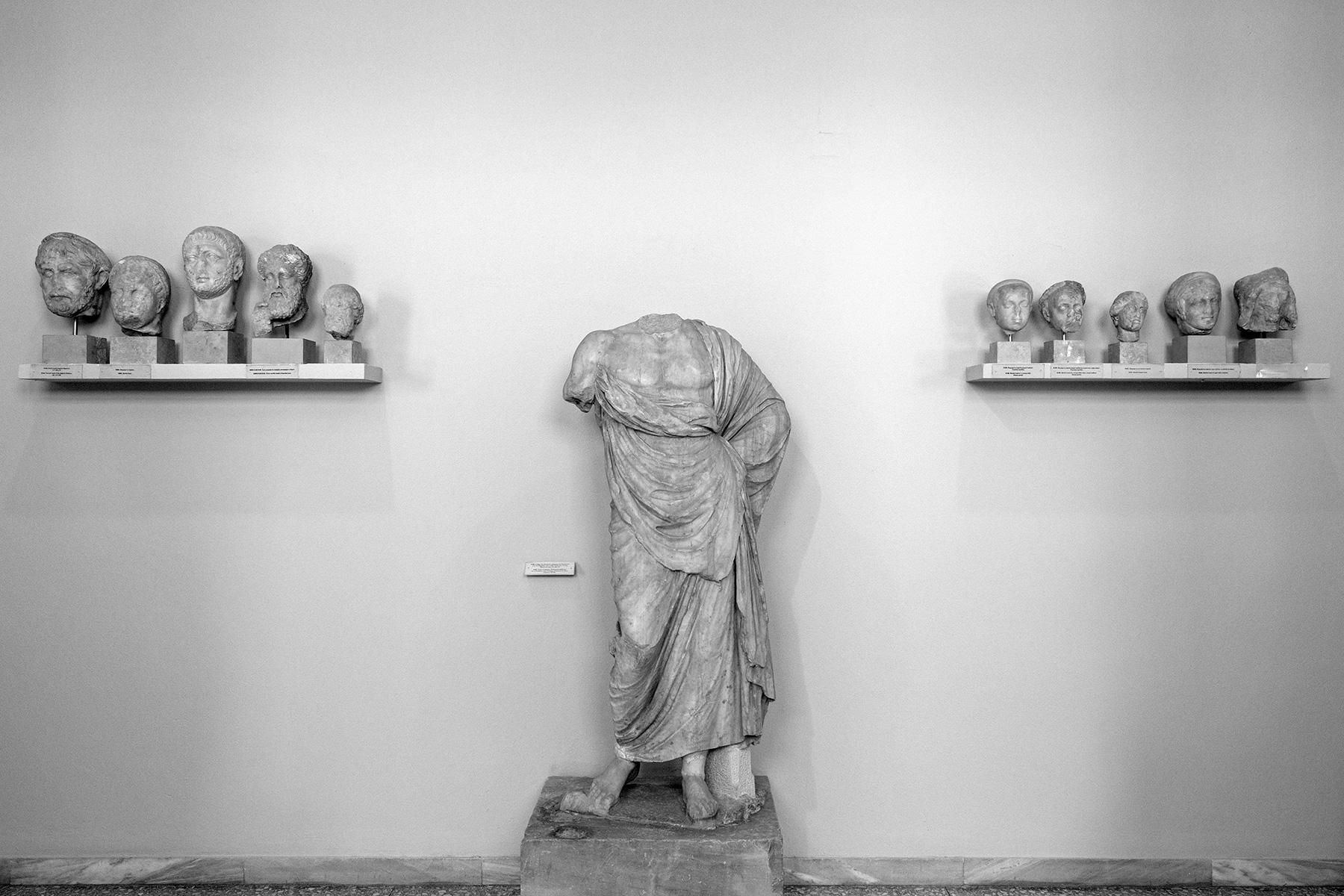 Eleusis _ 2018 - 2022 | 72/82
Eleusis _ 2018 - 2022 | 72/82 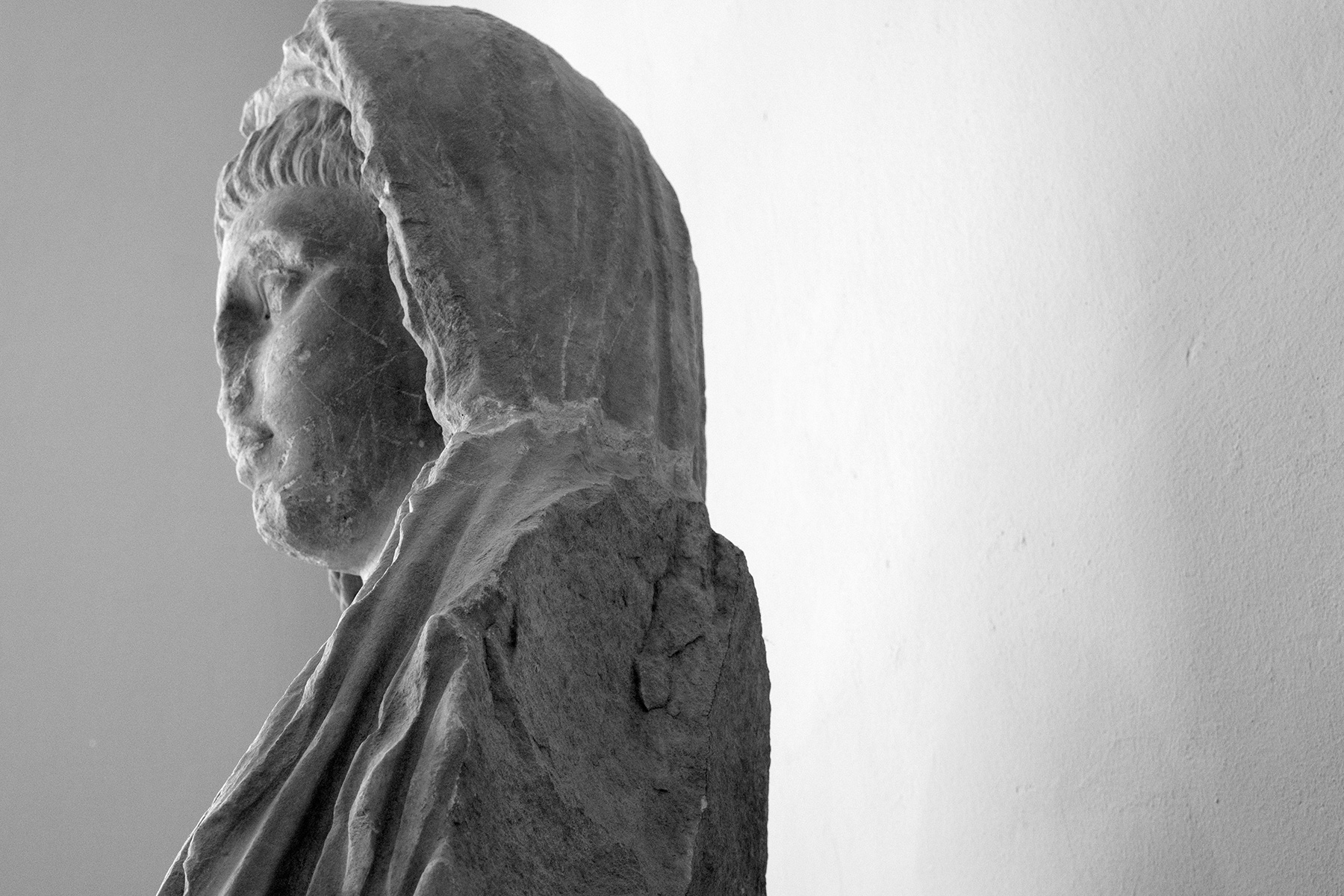 Eleusis _ 2018 - 2022 | 73/82
Eleusis _ 2018 - 2022 | 73/82 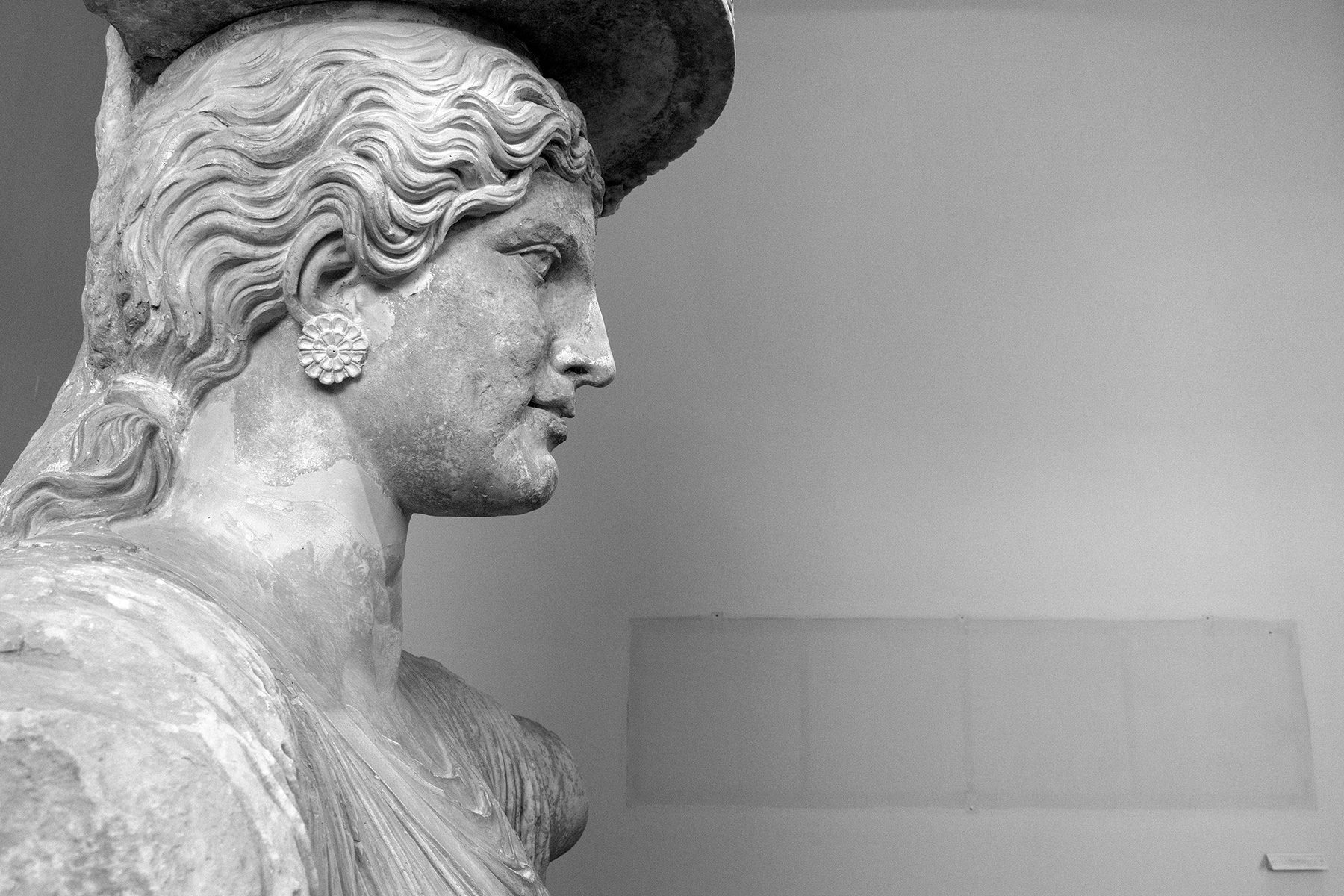 Eleusis _ 2018 - 2022 | 74/82
Eleusis _ 2018 - 2022 | 74/82 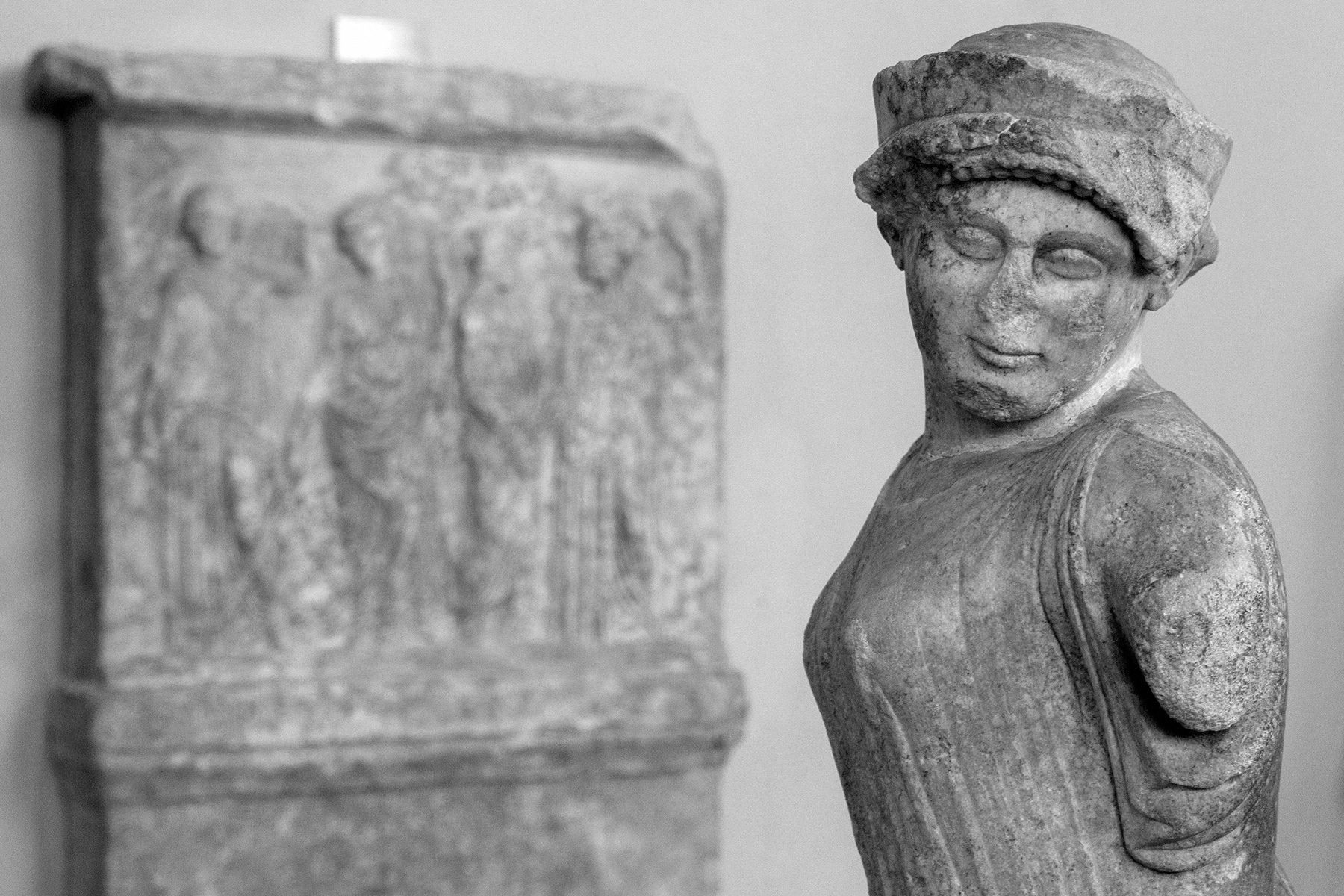 Eleusis _ 2018 - 2022 | 75/82
Eleusis _ 2018 - 2022 | 75/82 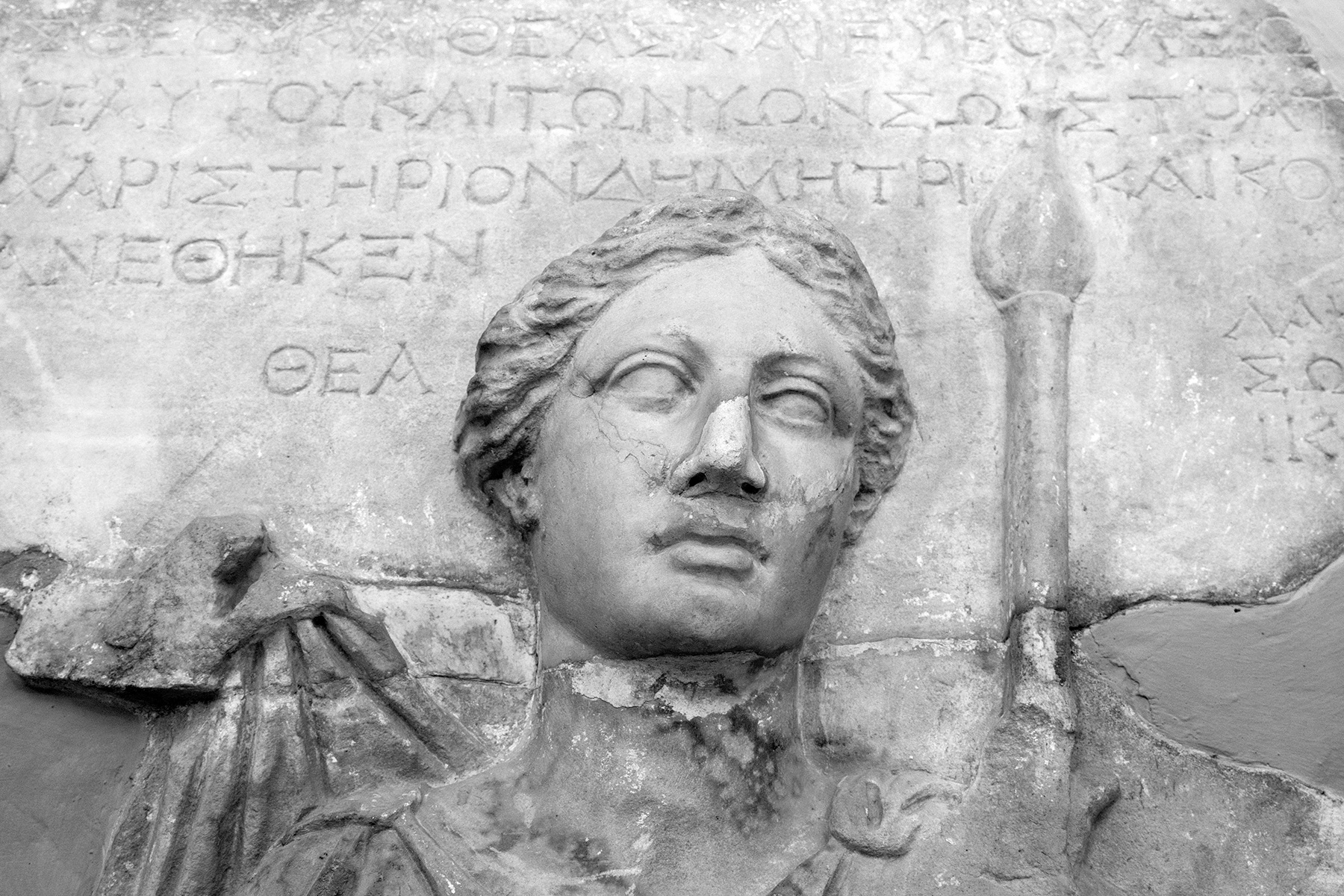 Eleusis _ 2018 - 2022 | 76/82
Eleusis _ 2018 - 2022 | 76/82 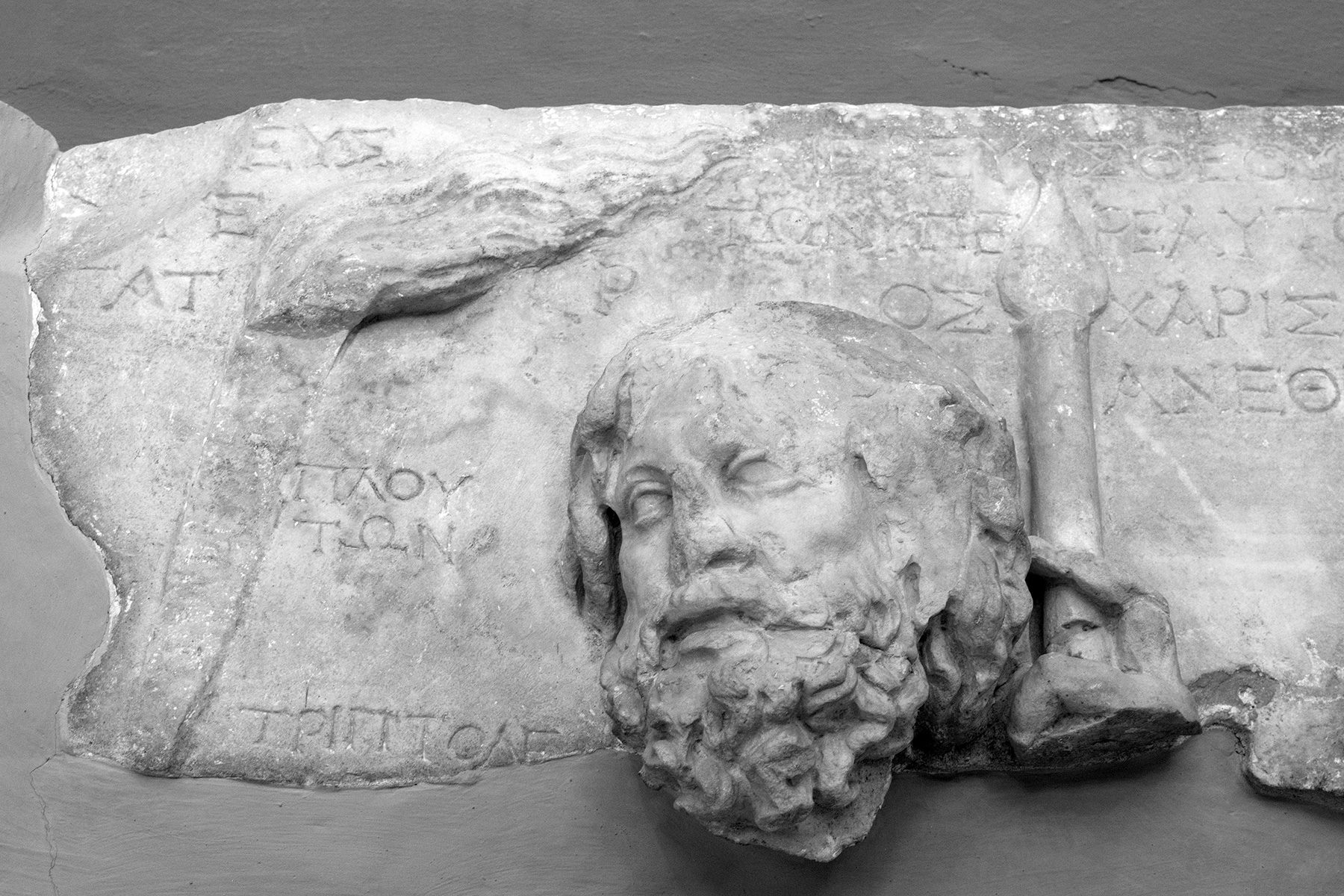 Eleusis _ 2018 - 2022 | 77/82
Eleusis _ 2018 - 2022 | 77/82 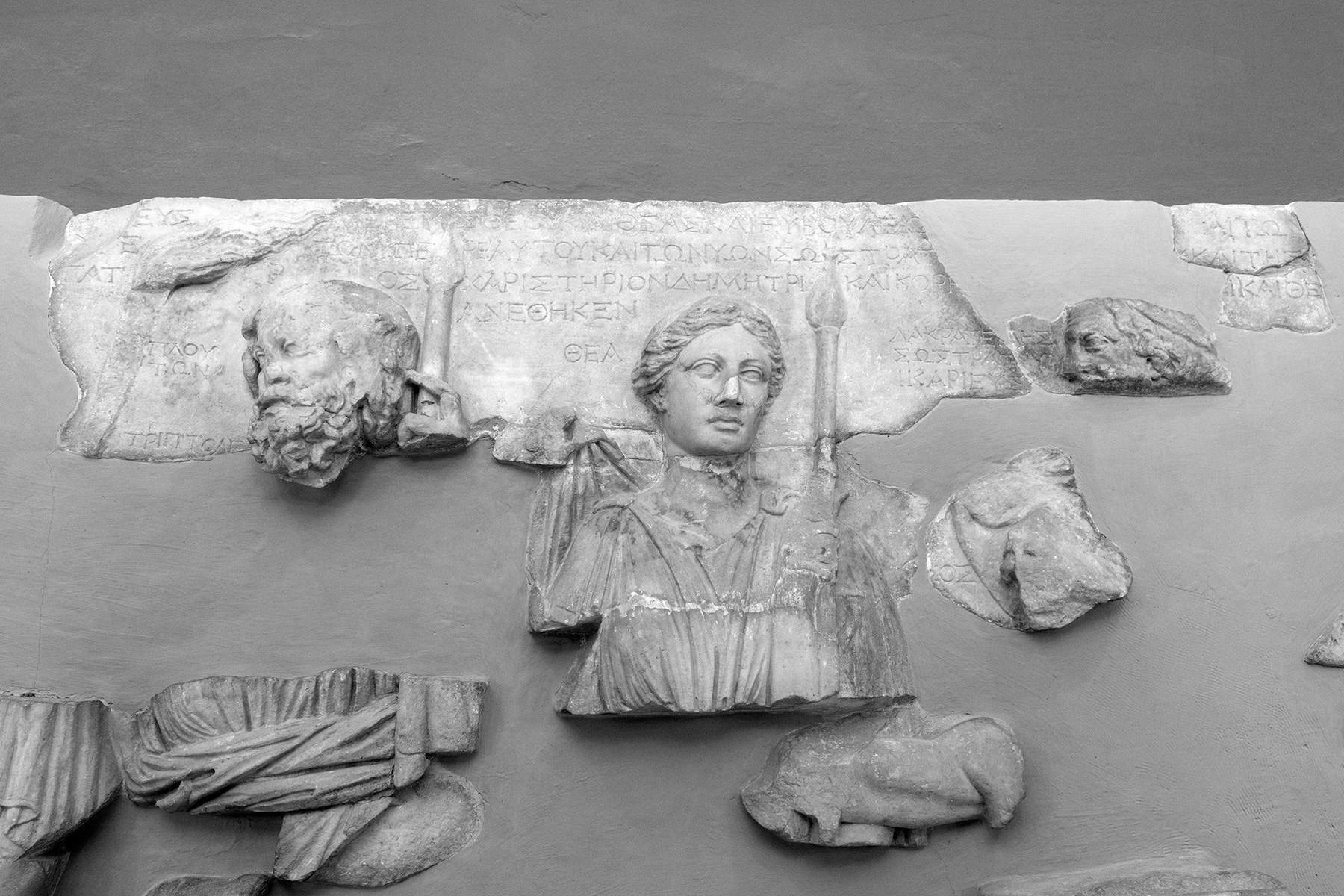 Eleusis _ 2018 - 2022 | 78/82
Eleusis _ 2018 - 2022 | 78/82 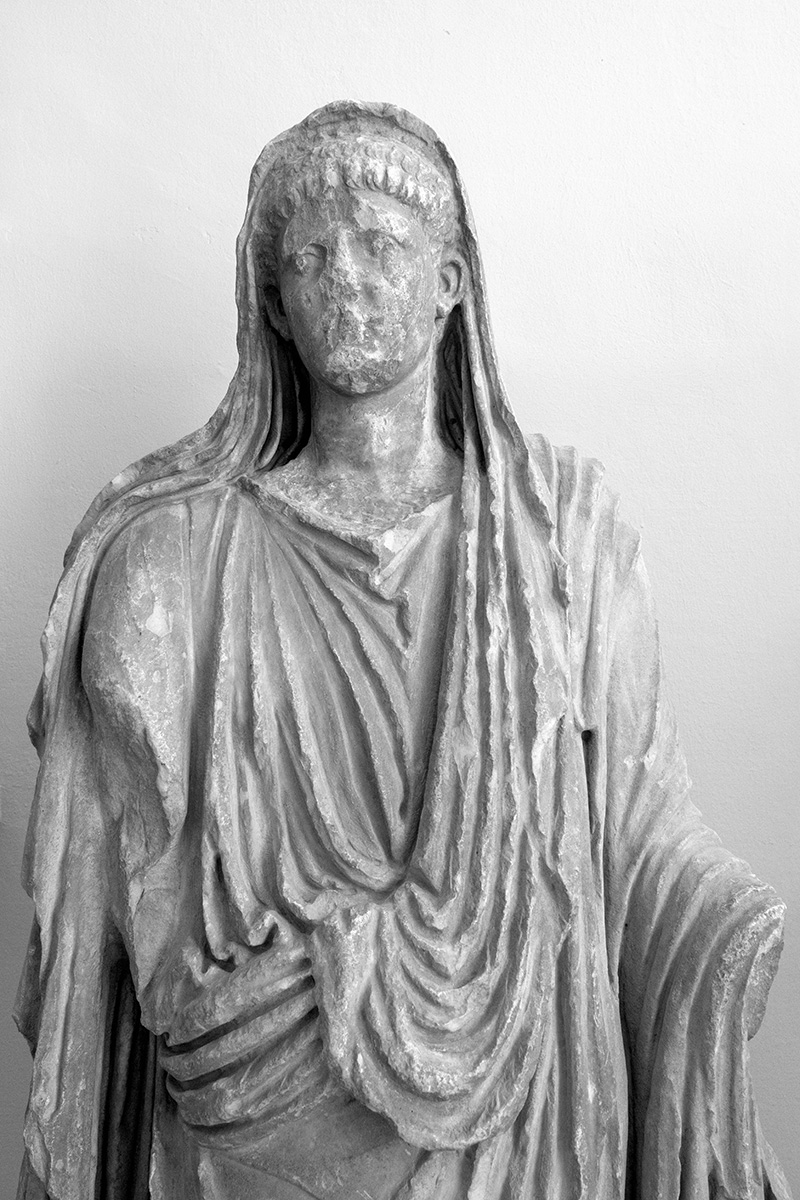 Eleusis _ 2018 - 2022 | 79/82
Eleusis _ 2018 - 2022 | 79/82 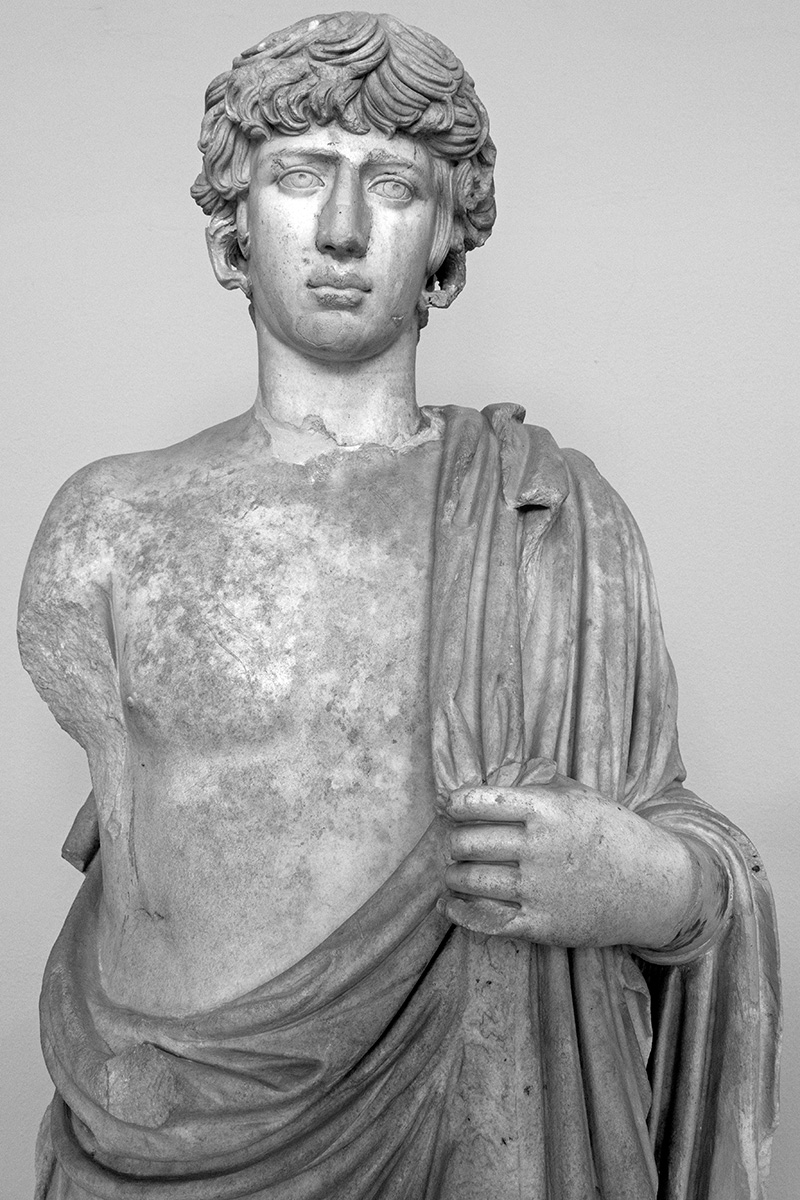 Eleusis _ 2018 - 2022 | 80/82
Eleusis _ 2018 - 2022 | 80/82 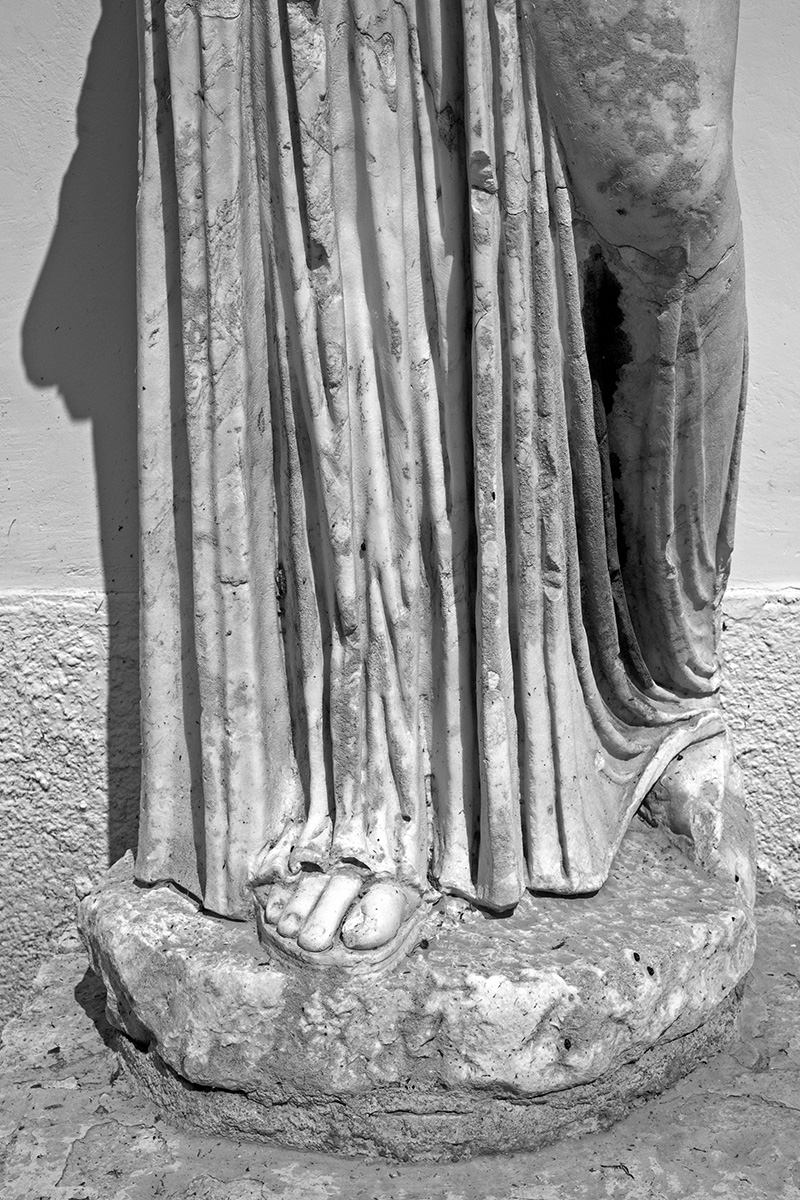 Eleusis _ 2018 - 2022 | 81/82
Eleusis _ 2018 - 2022 | 81/82  Eleusis _ 2018 - 2022 | 82/82
Eleusis _ 2018 - 2022 | 82/82